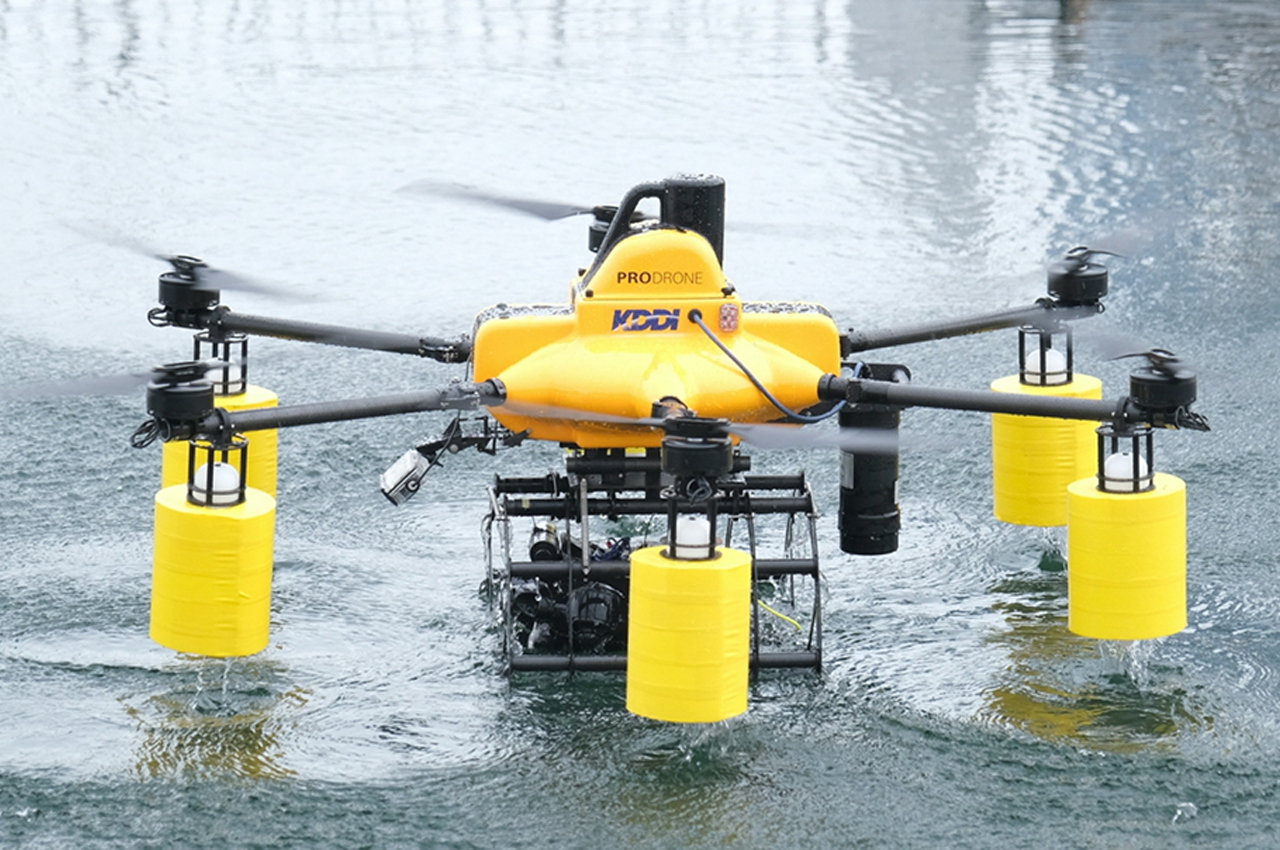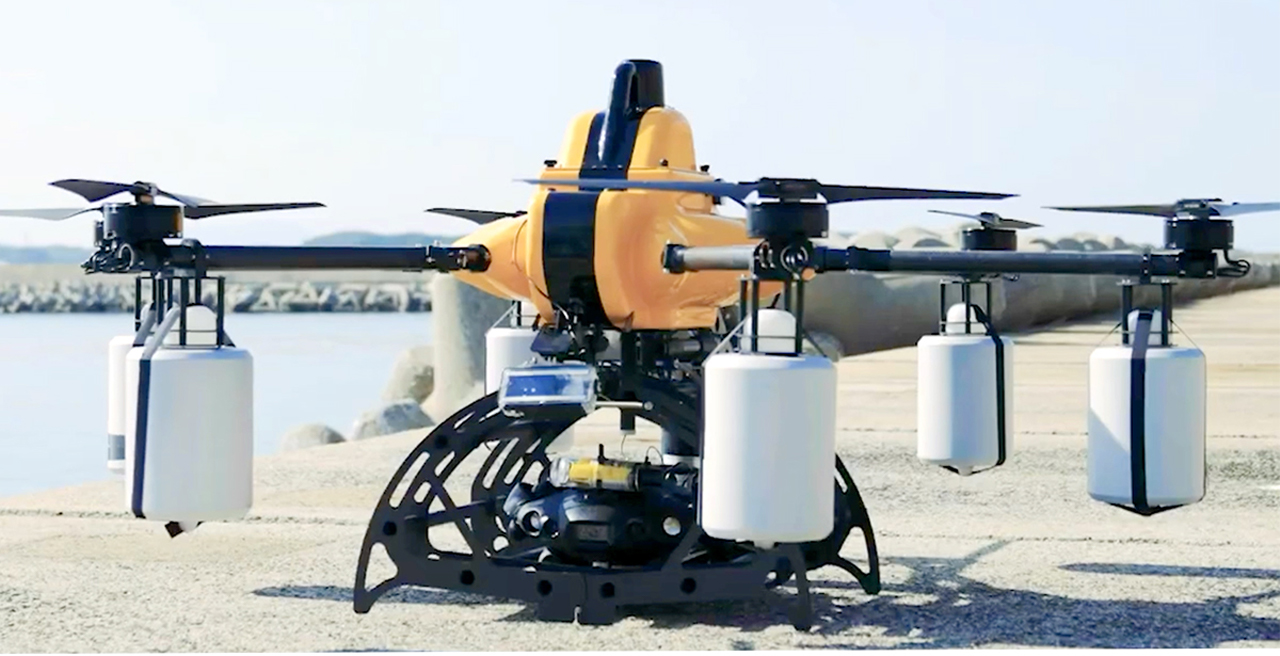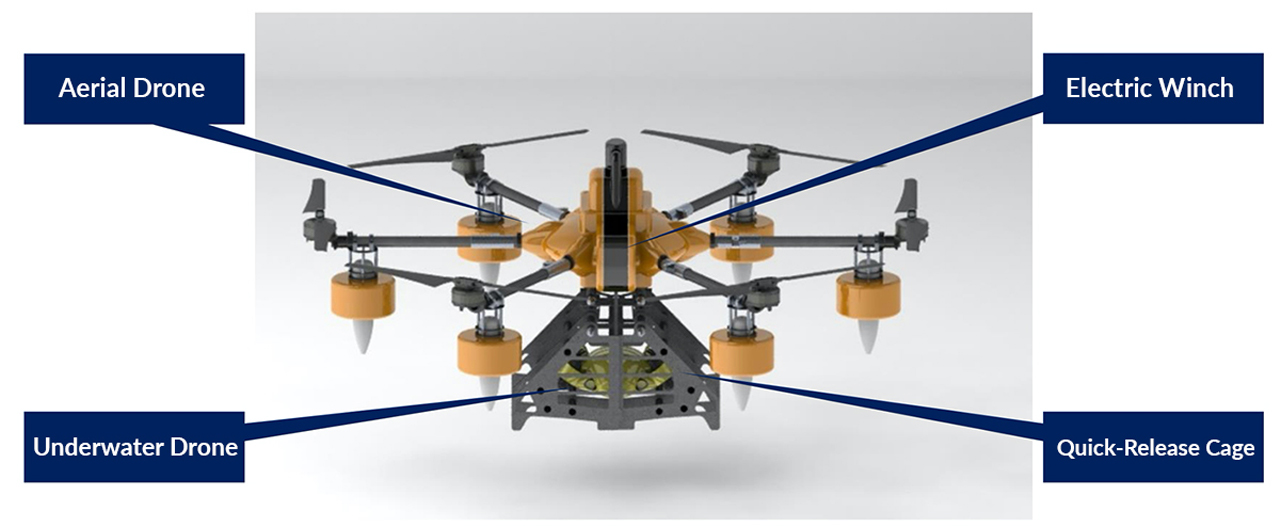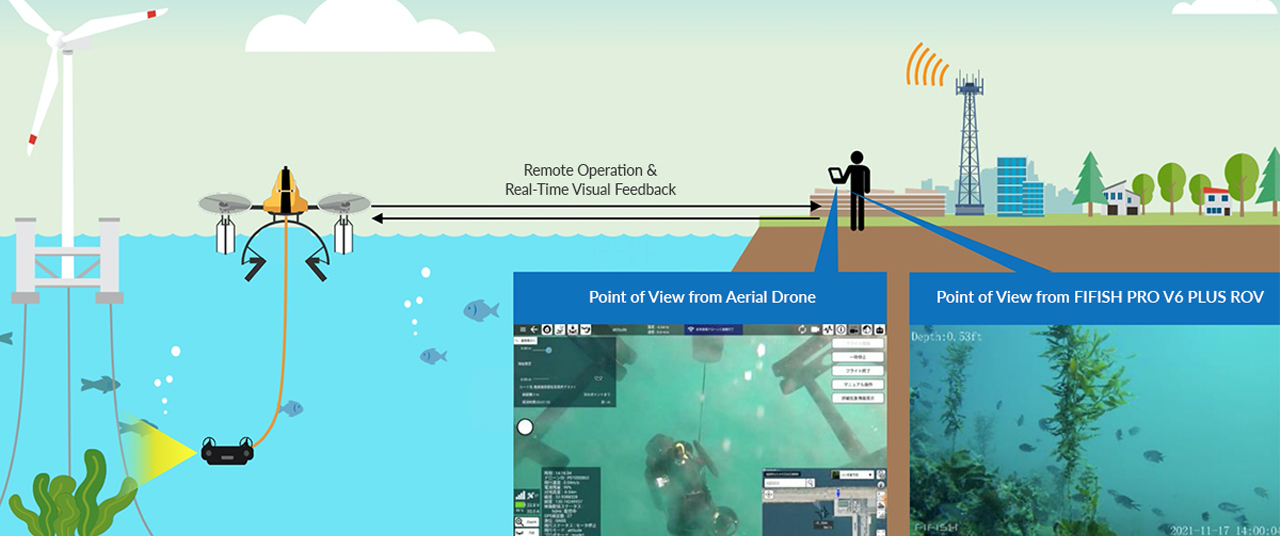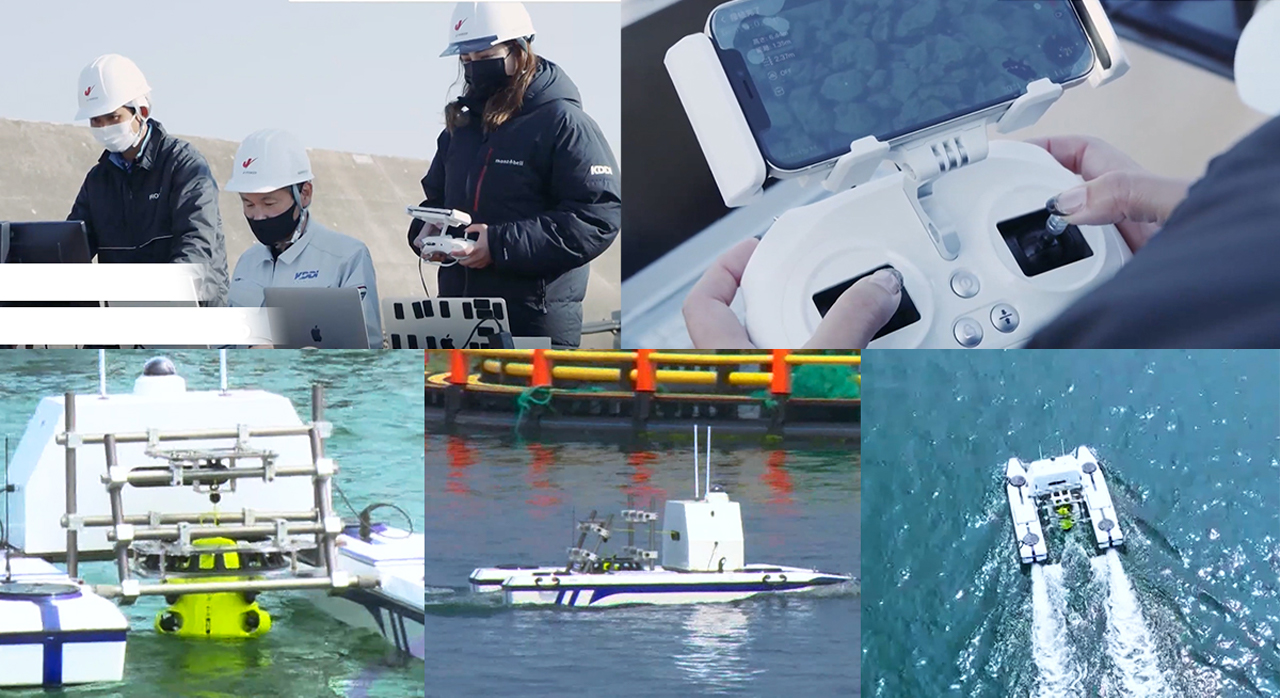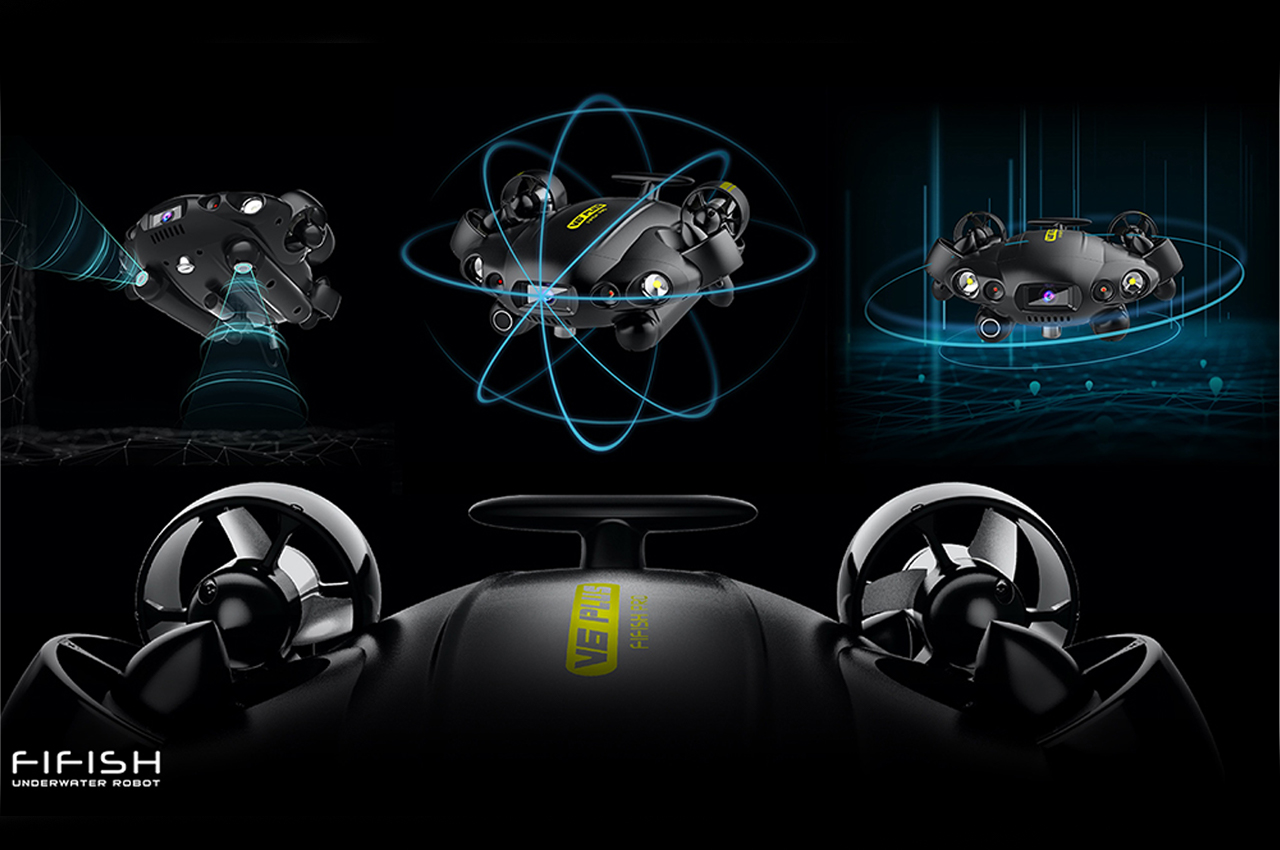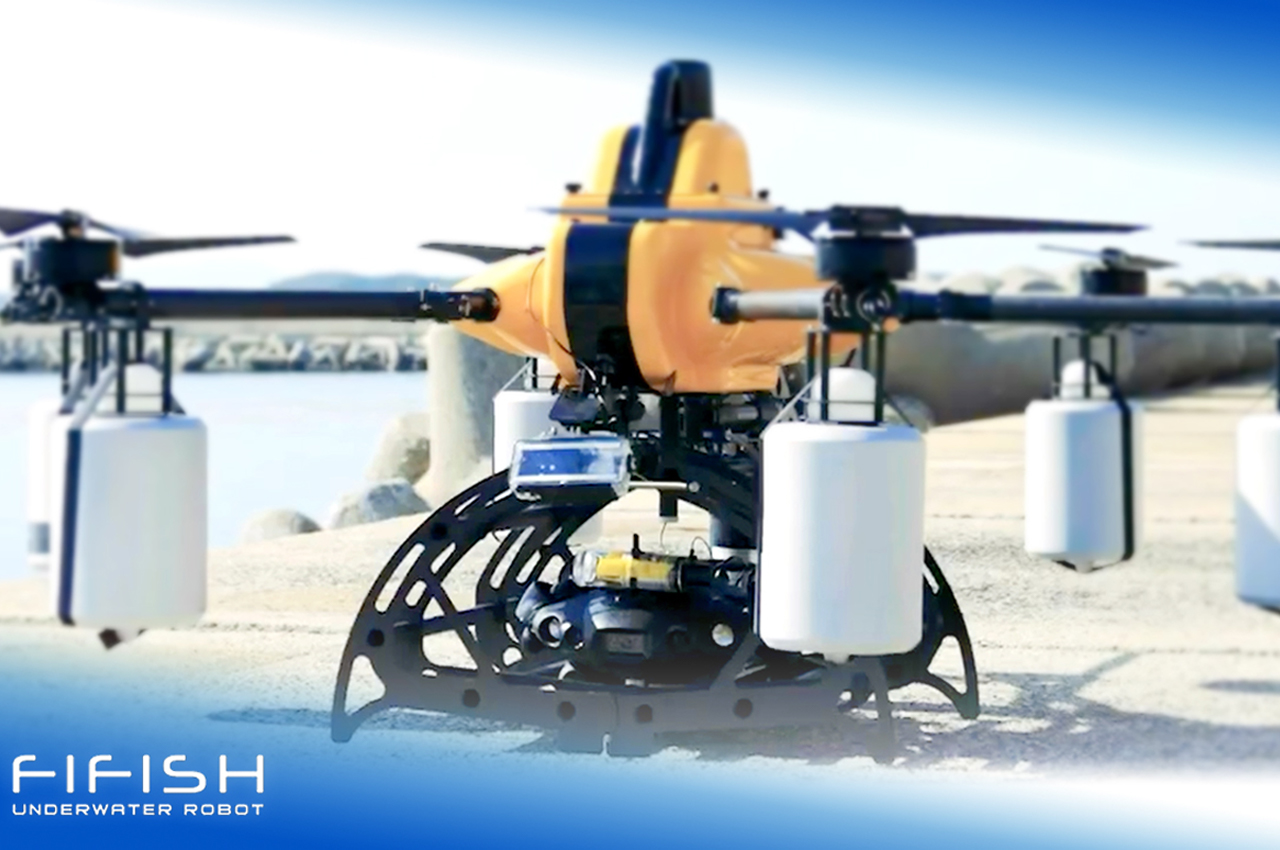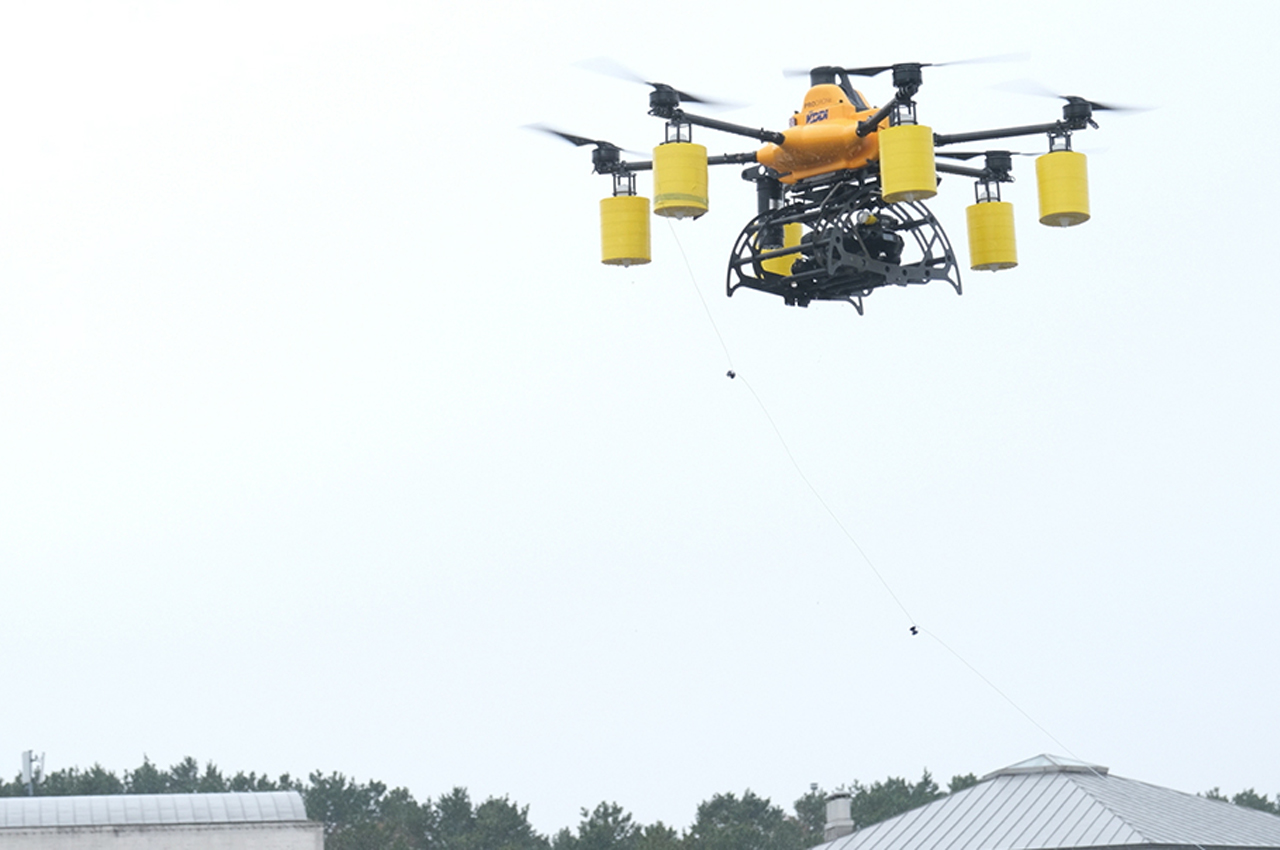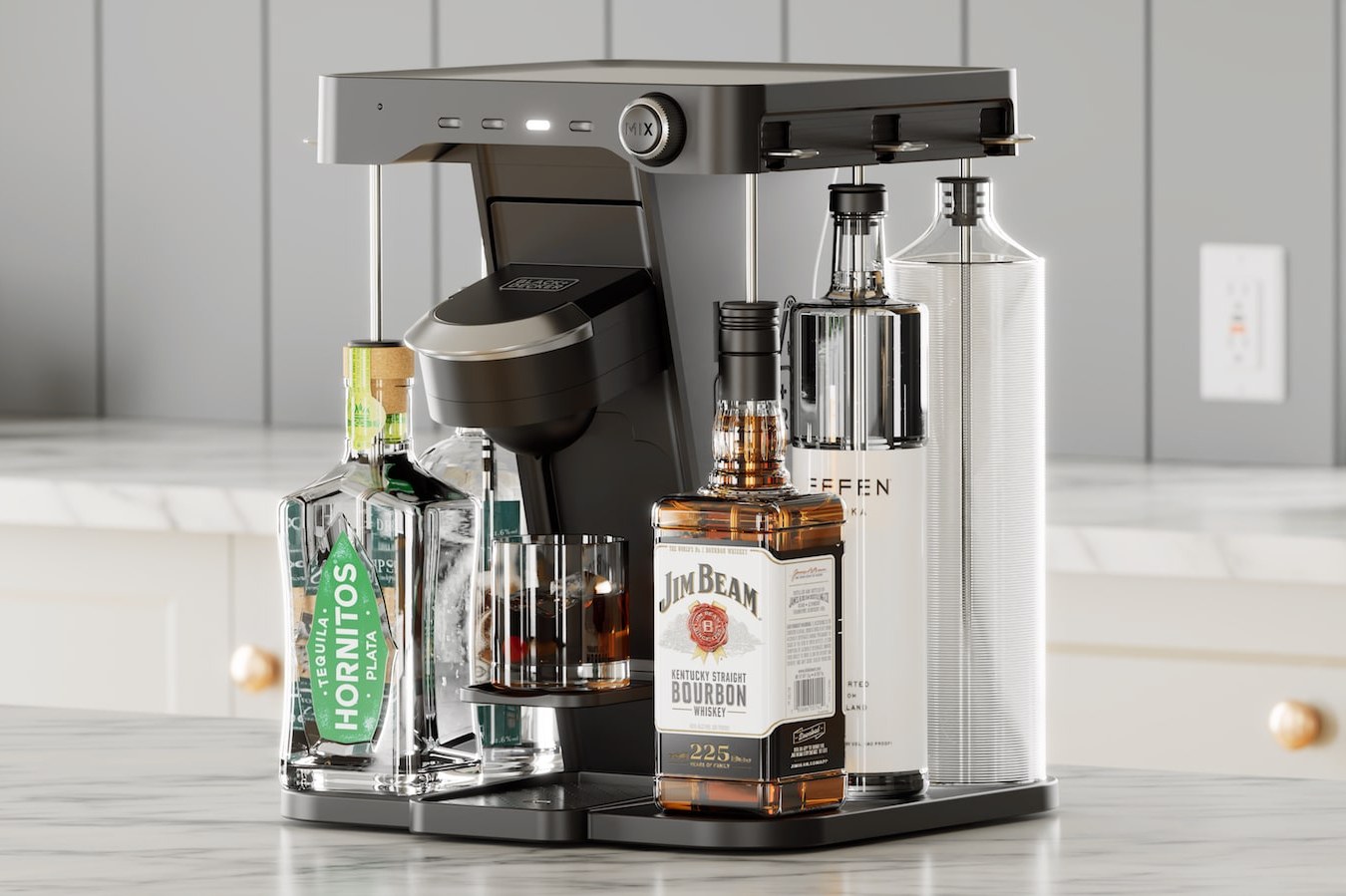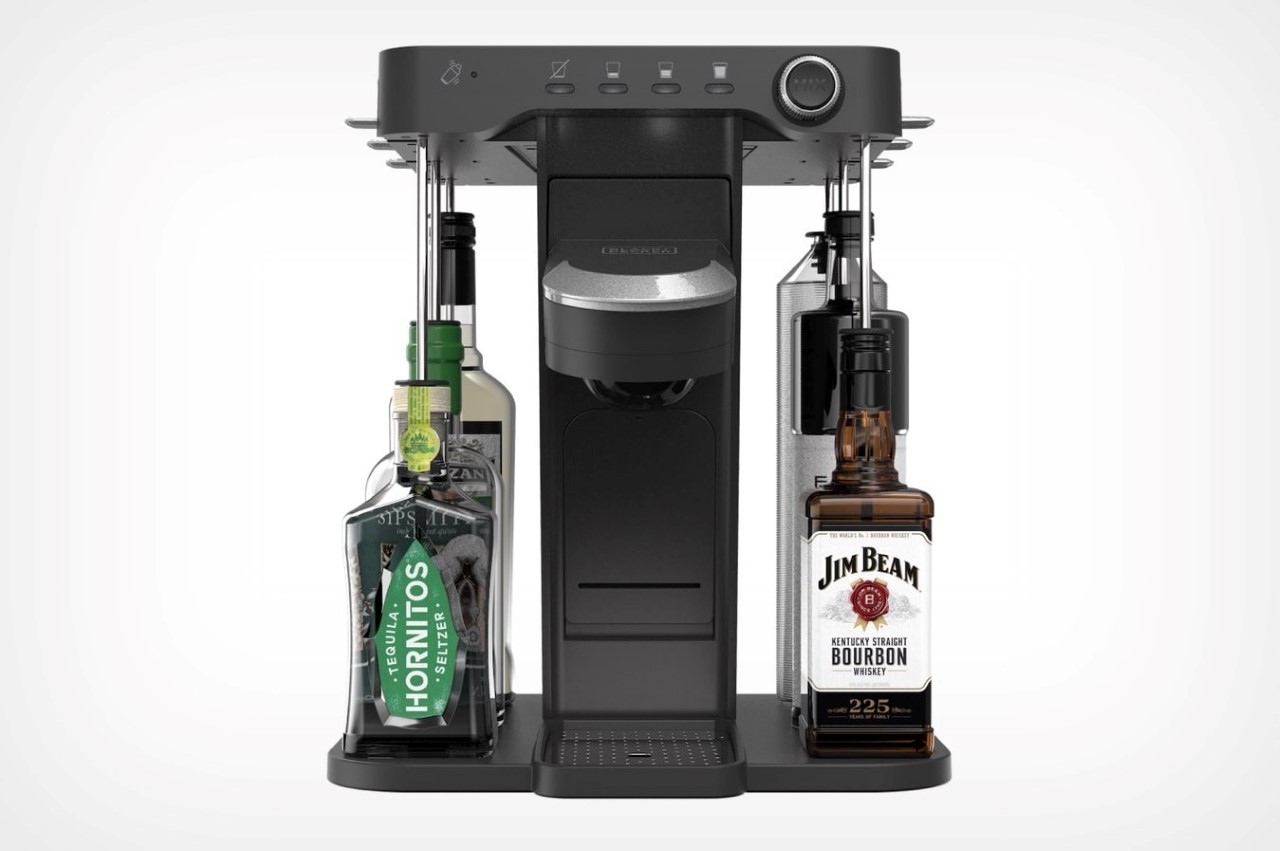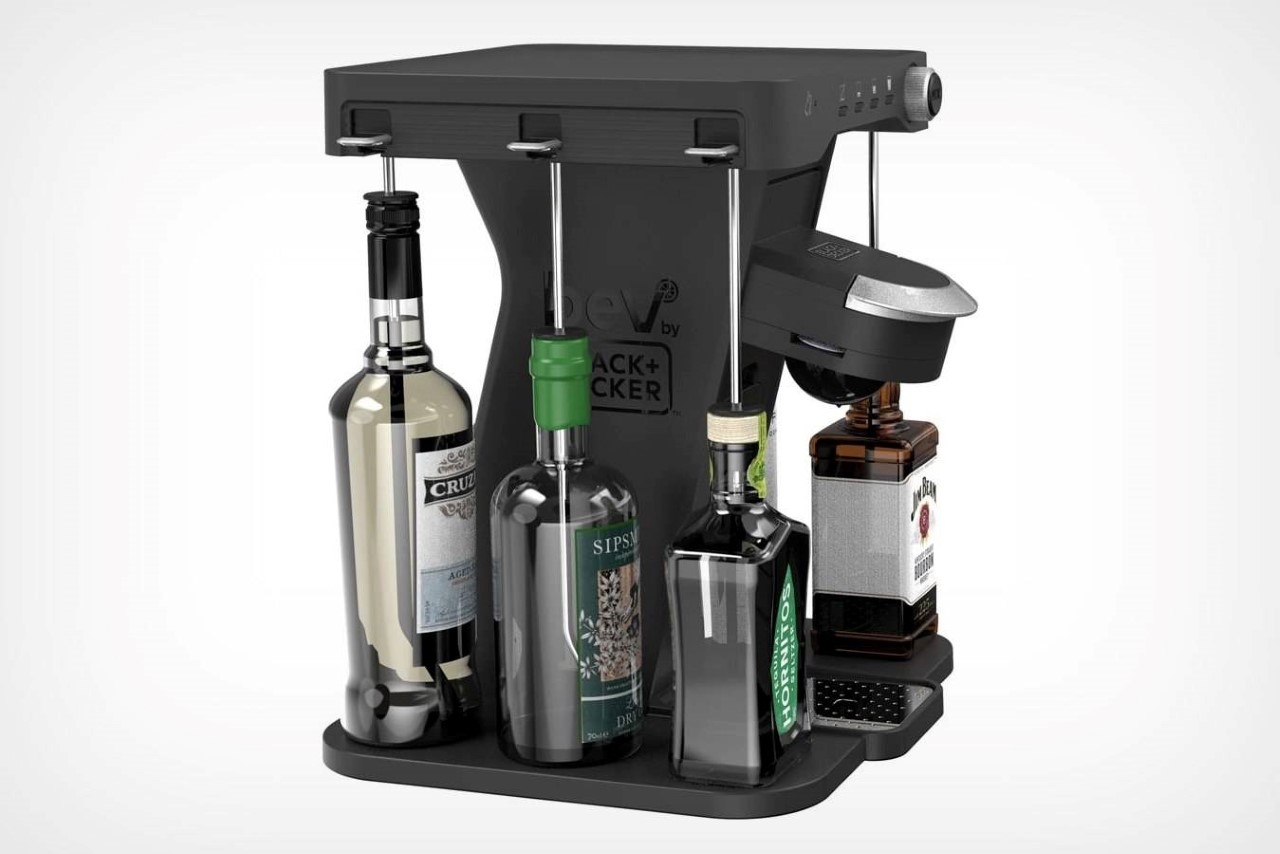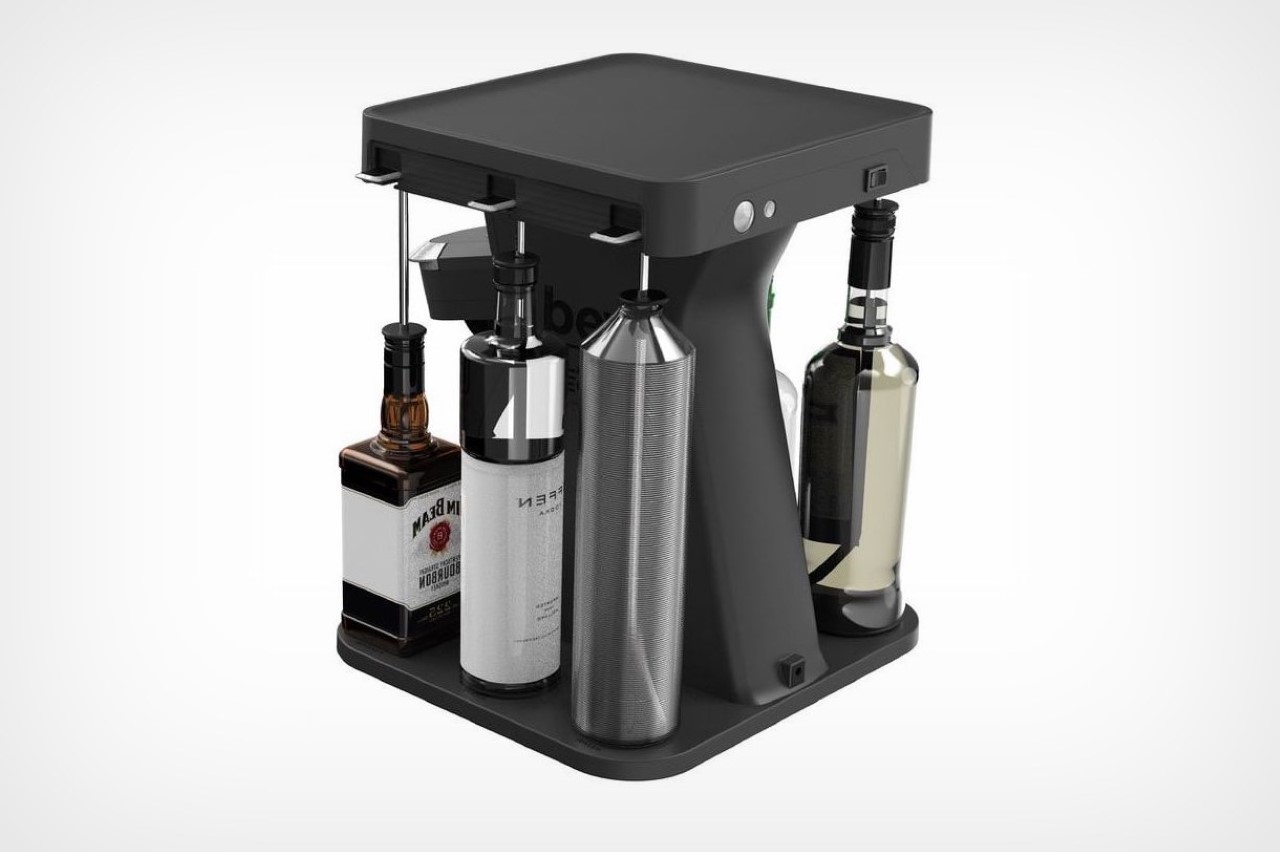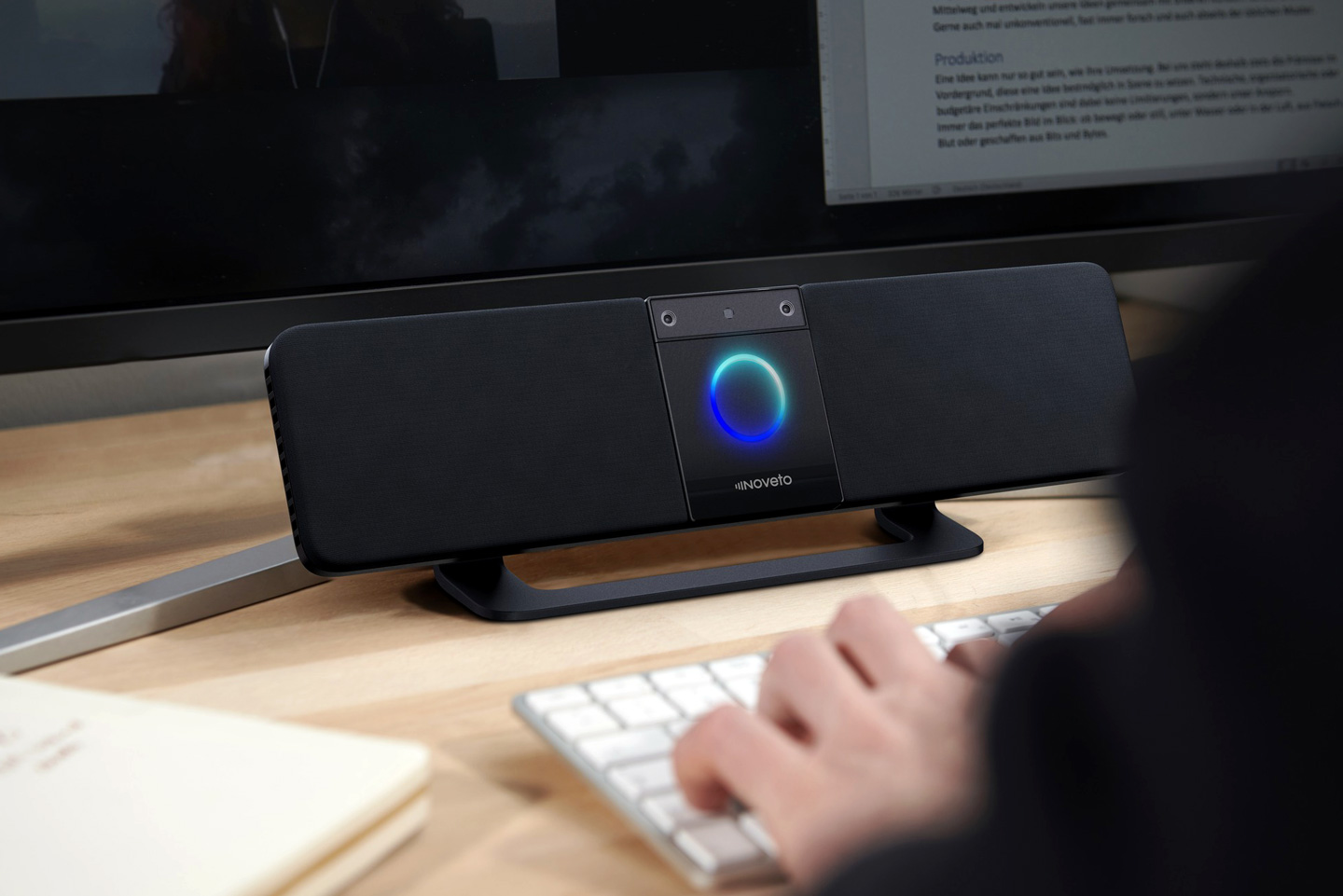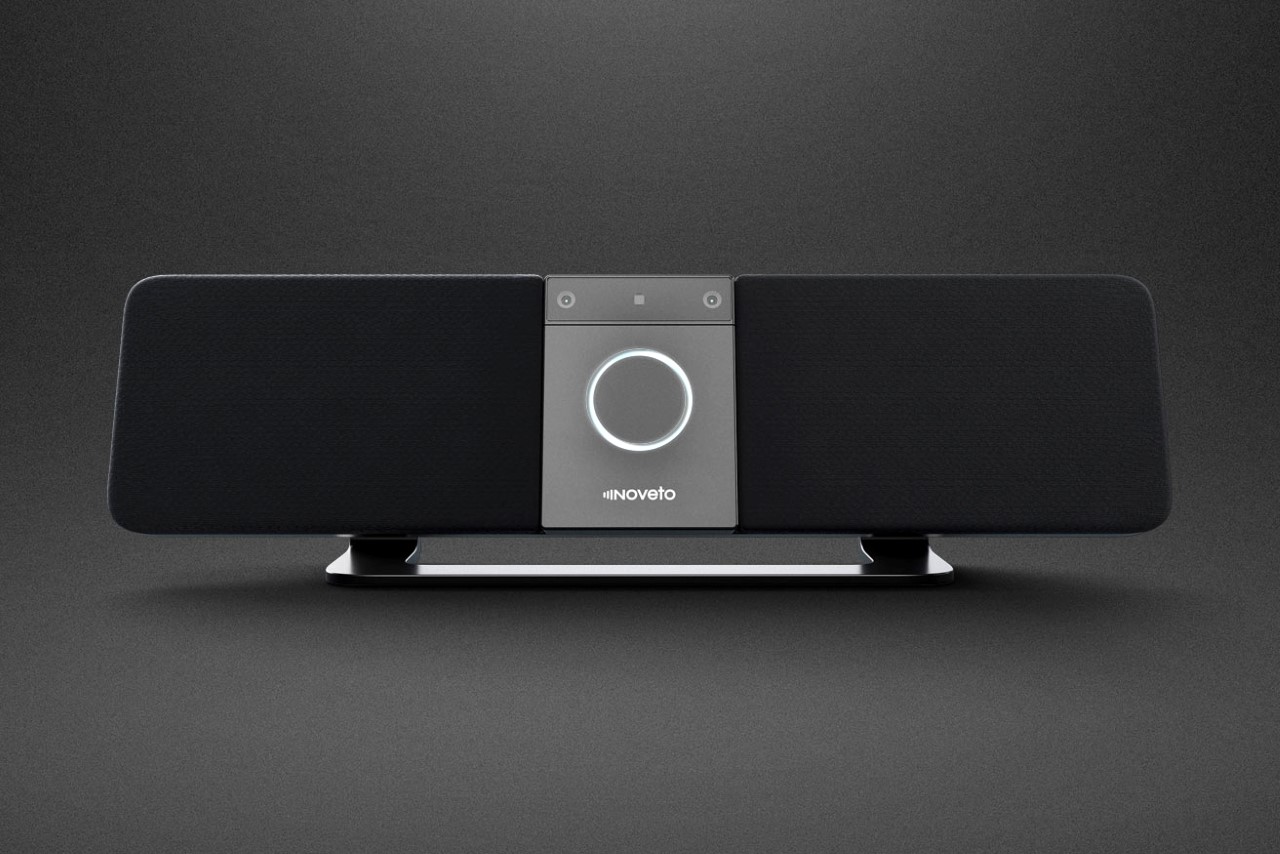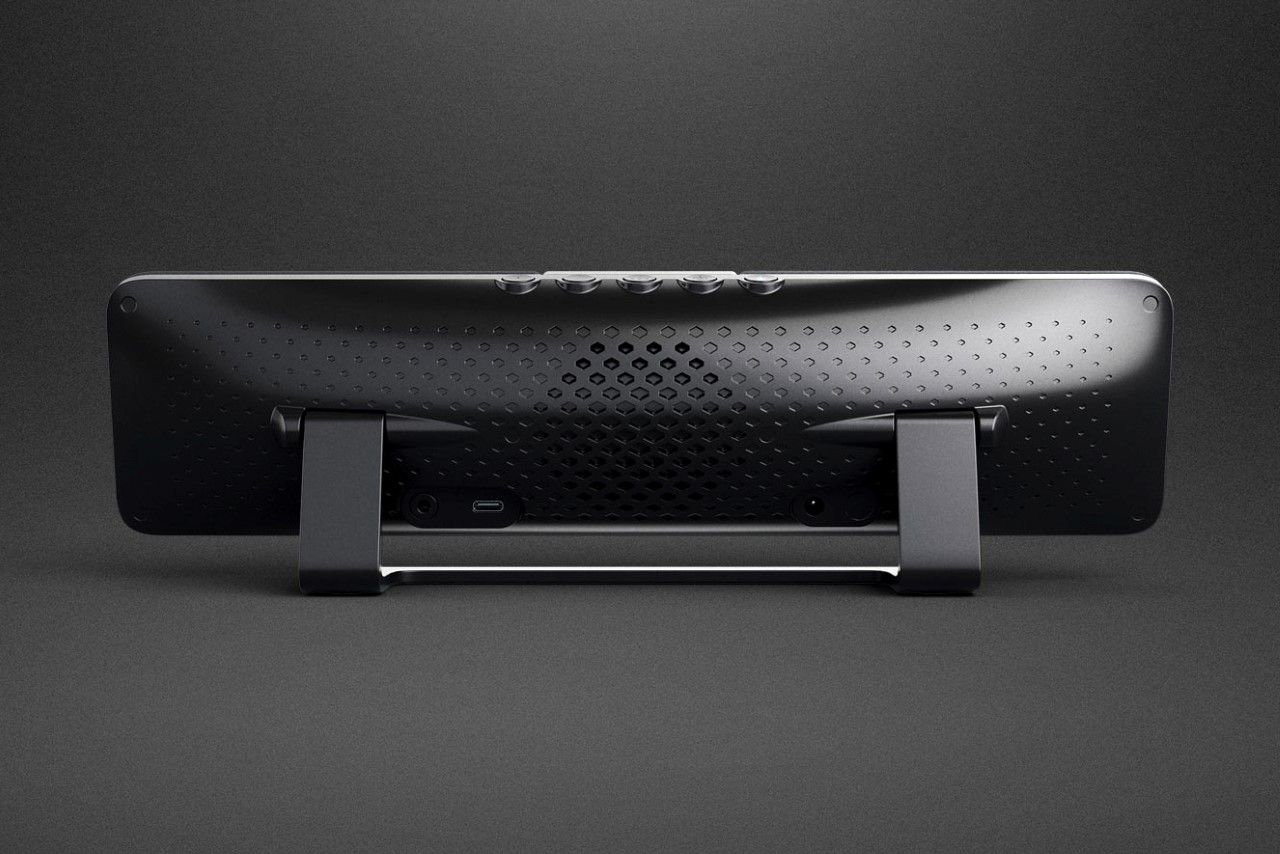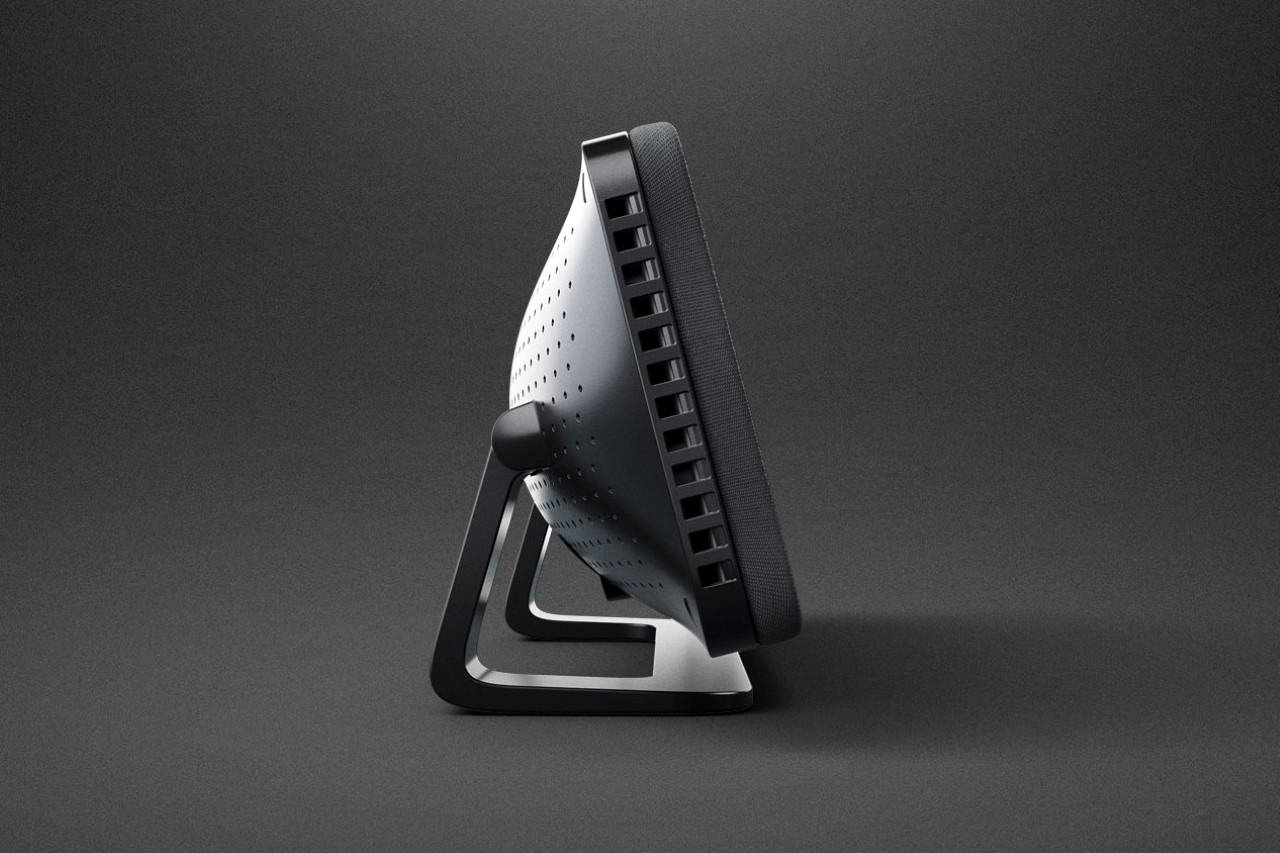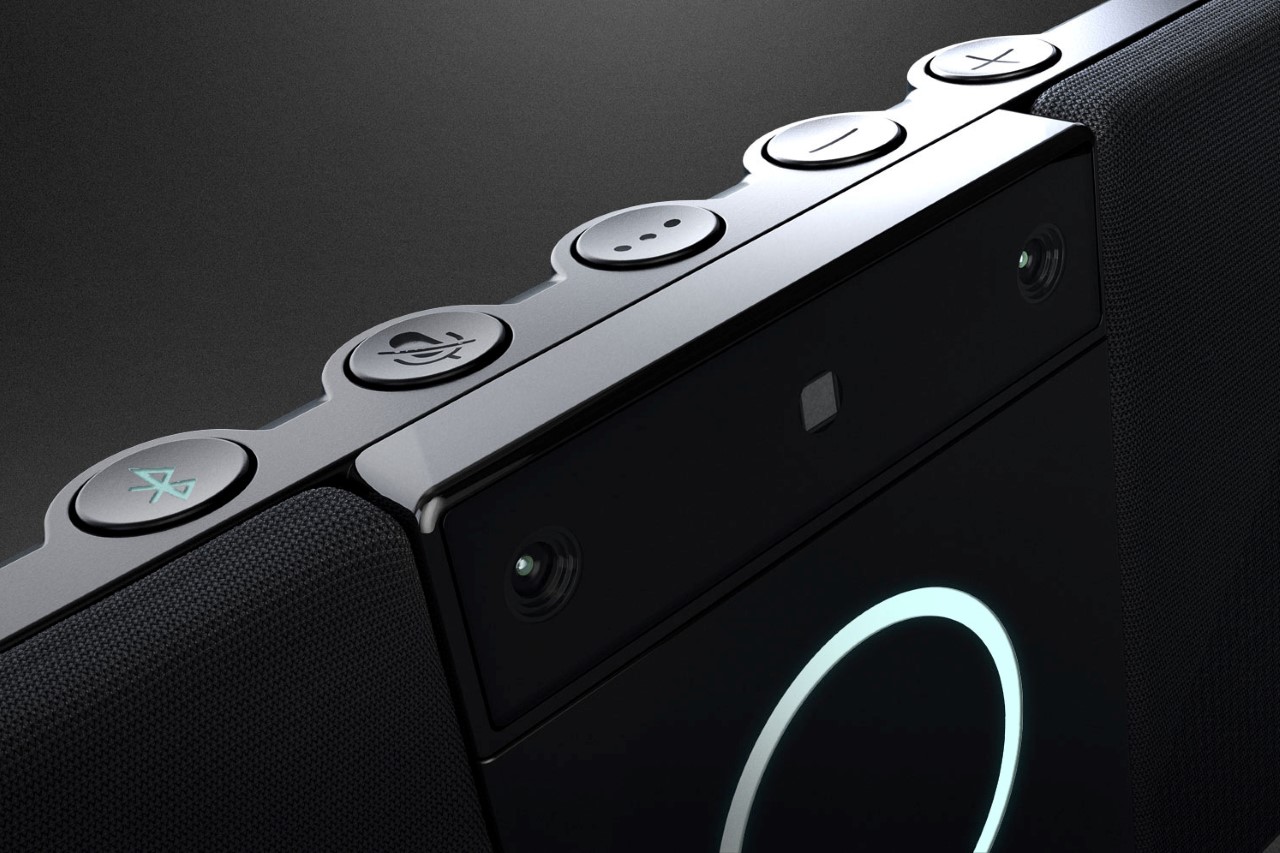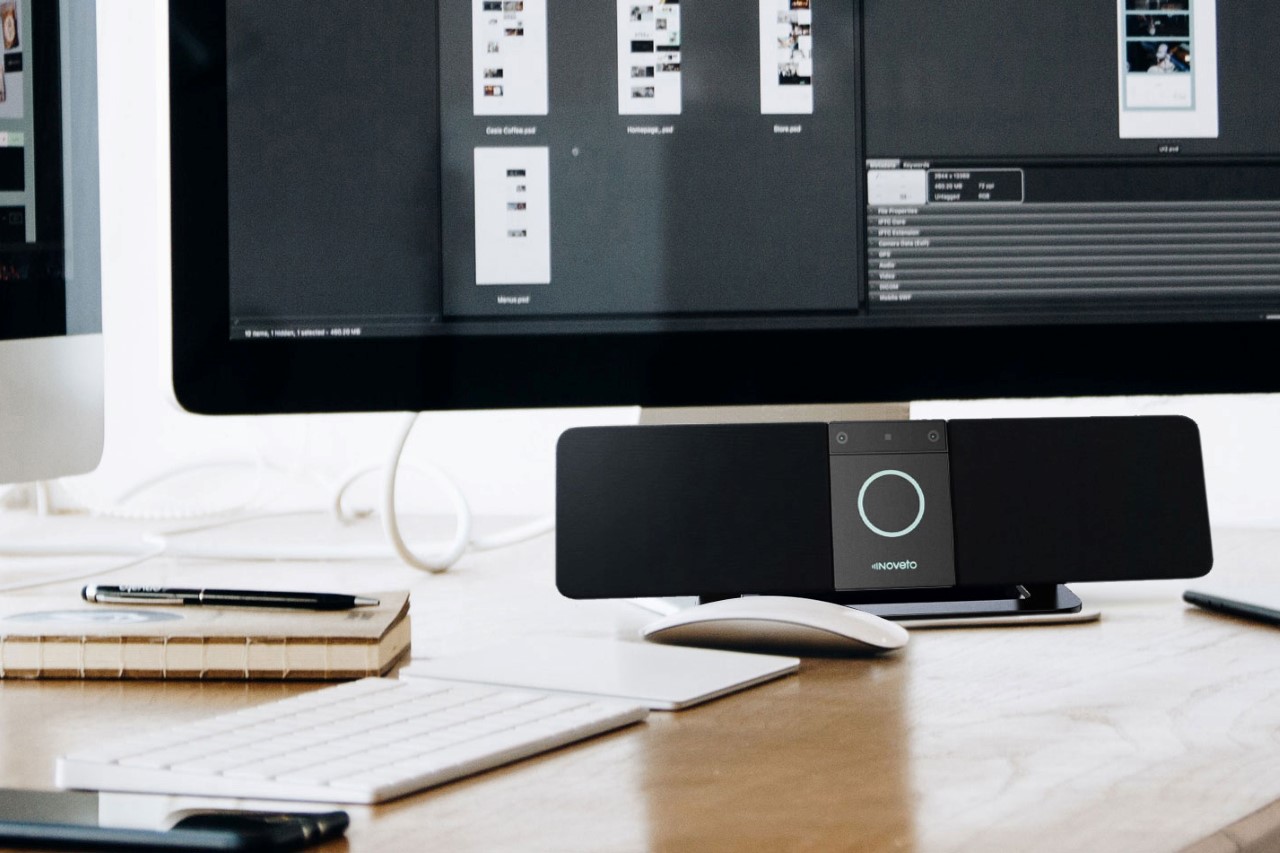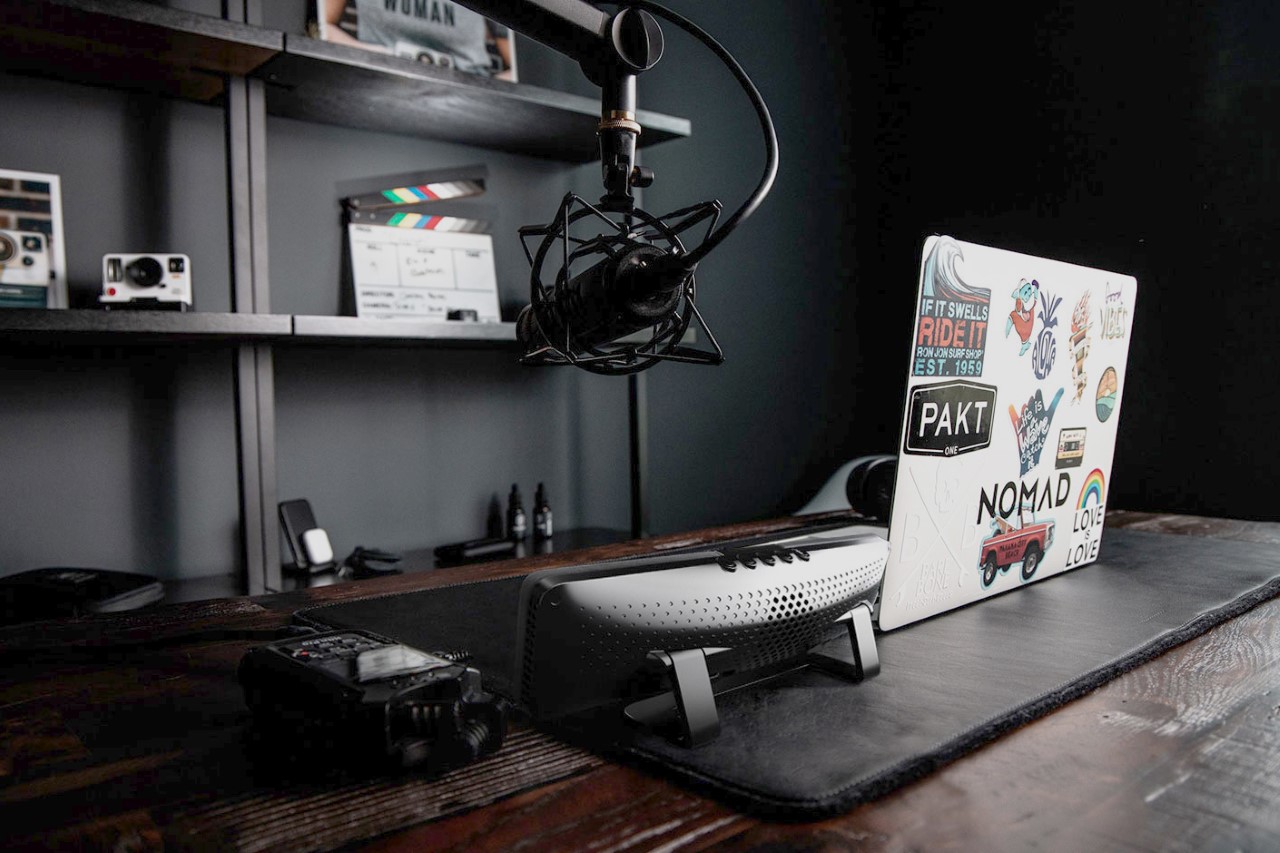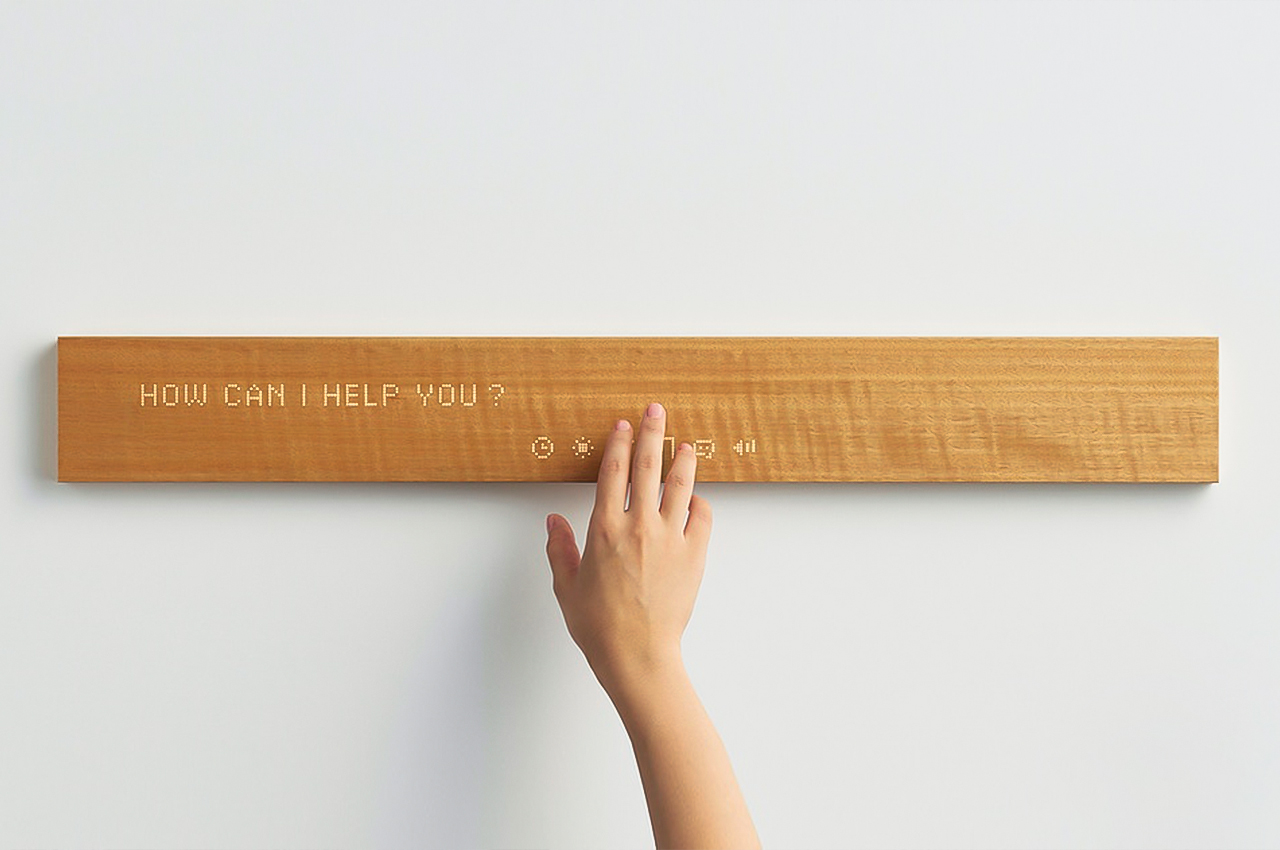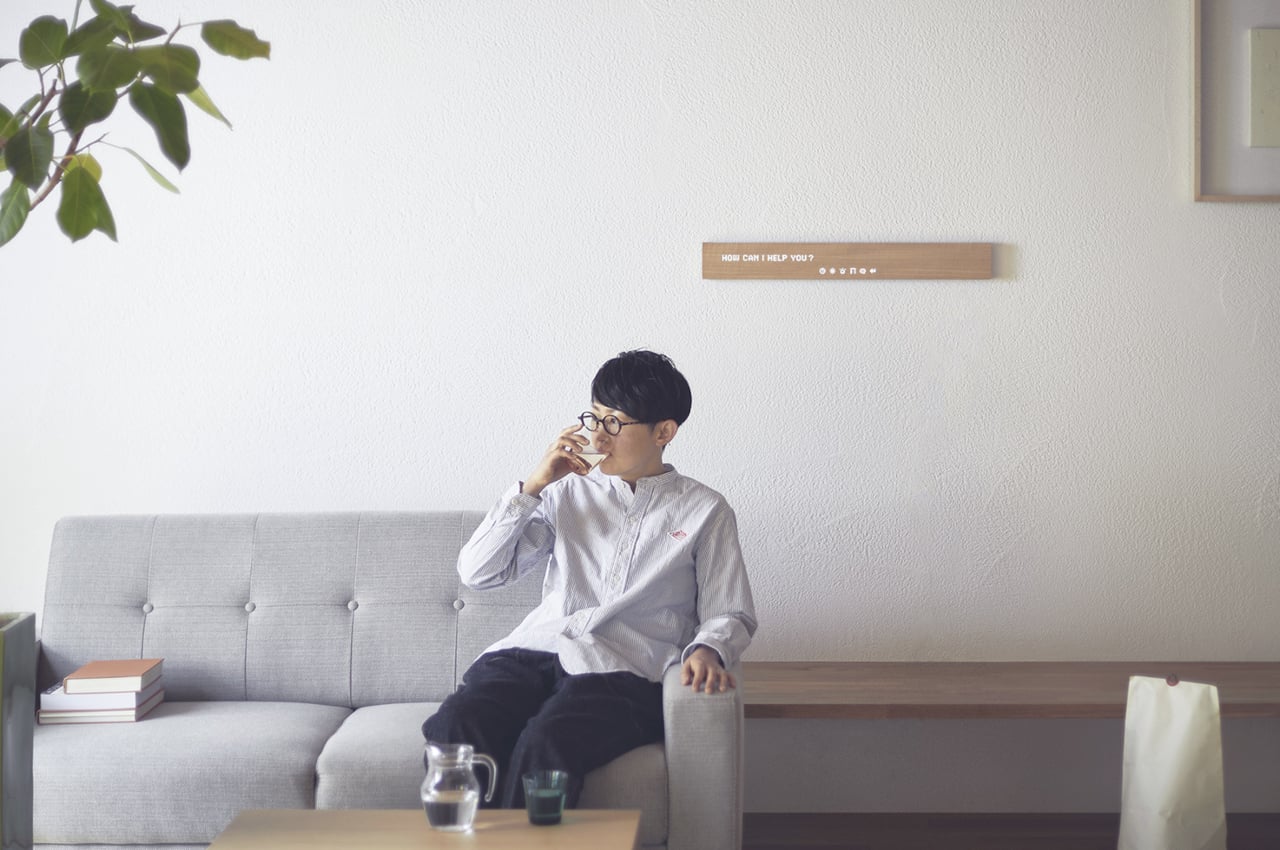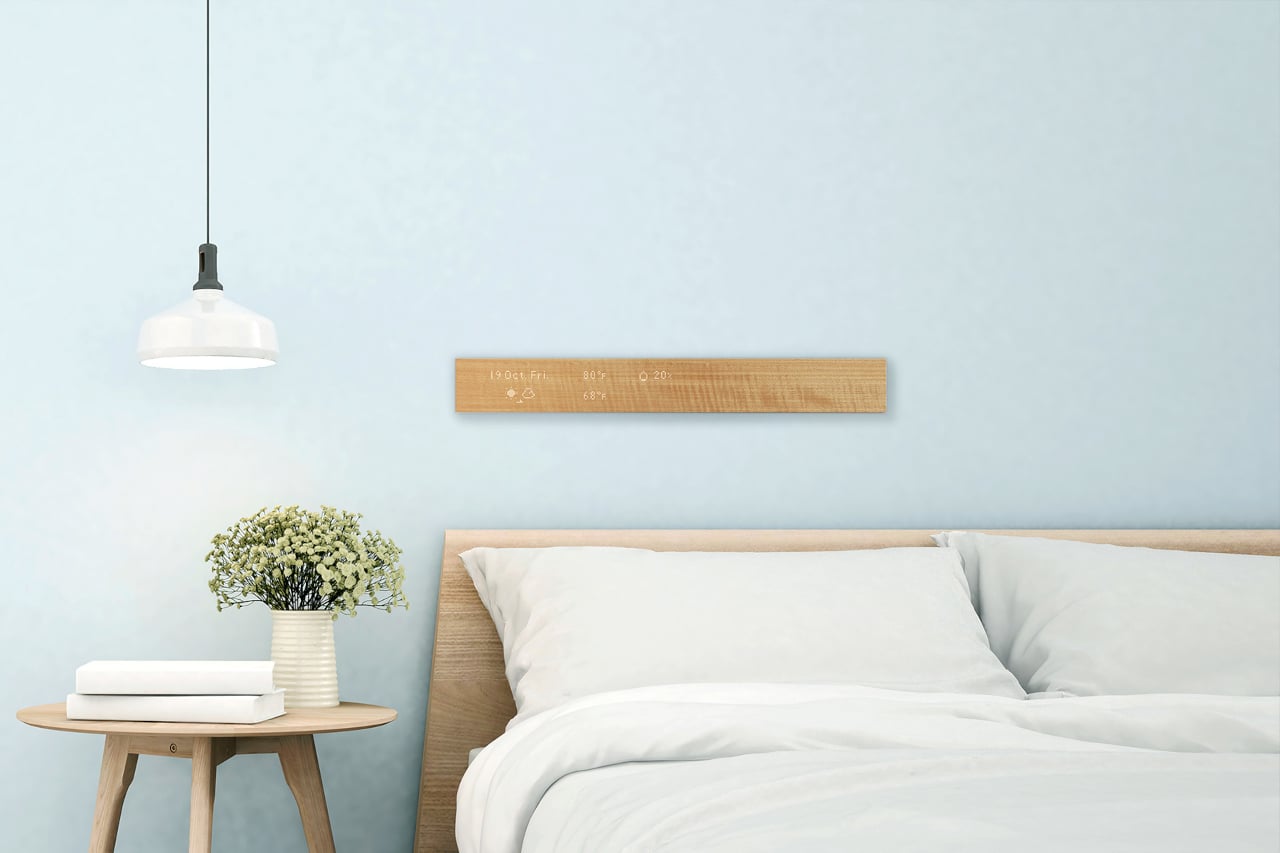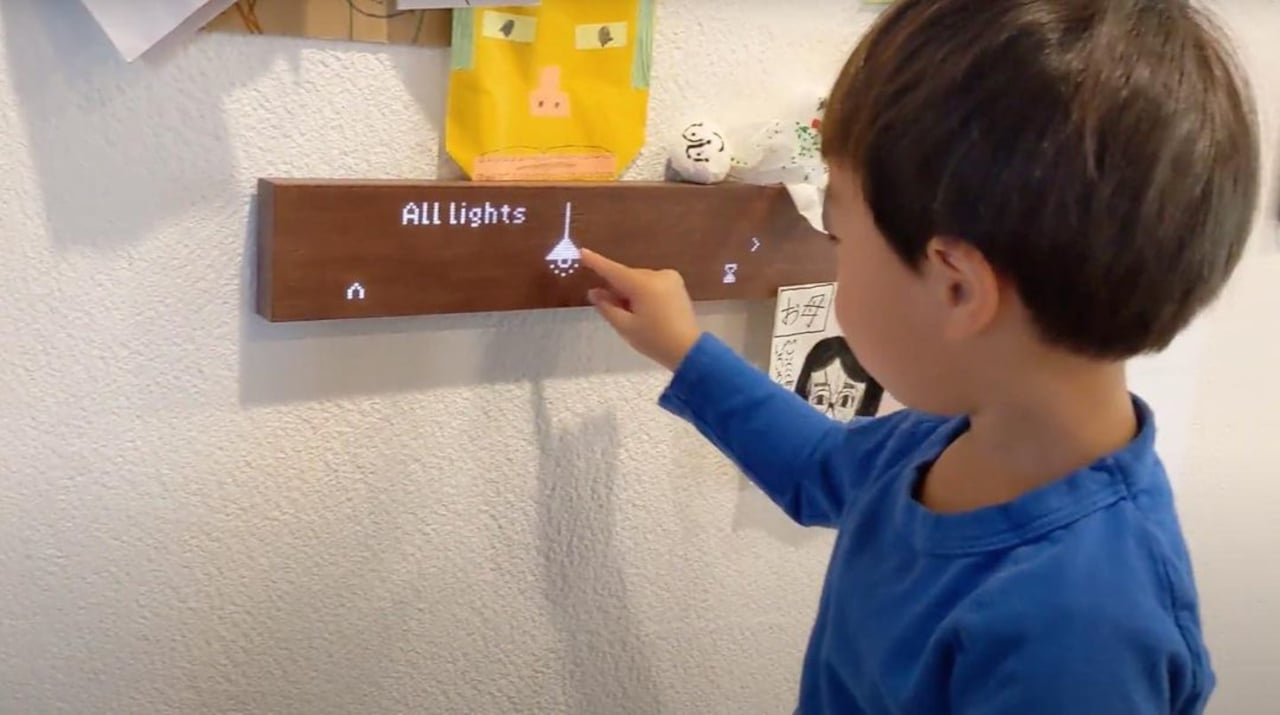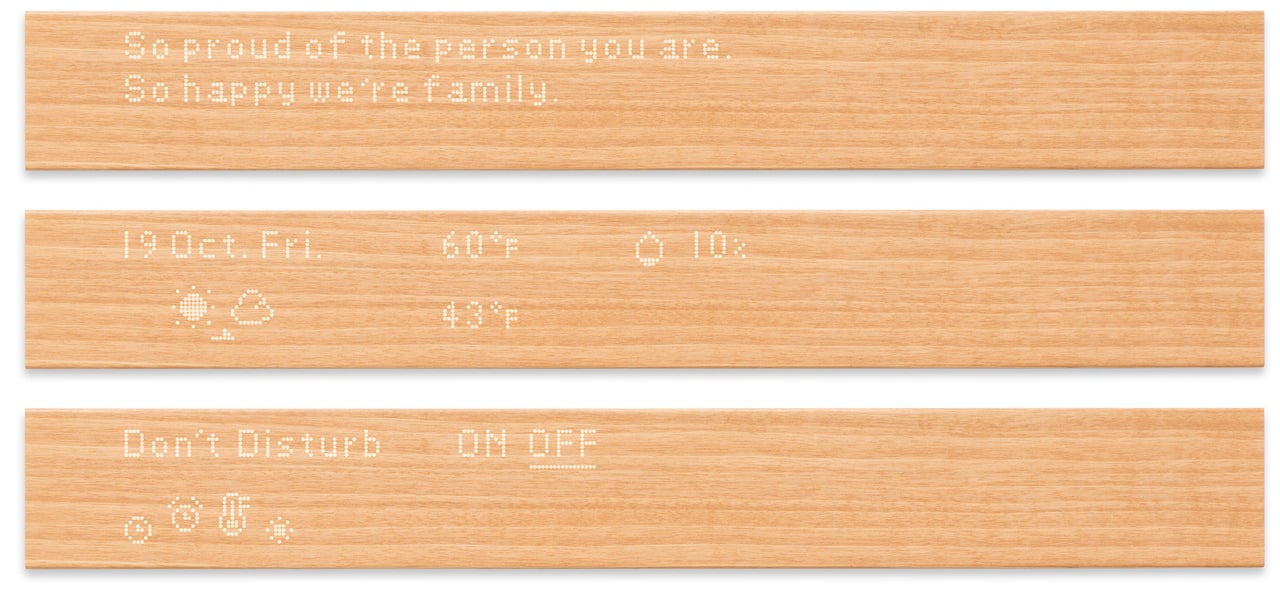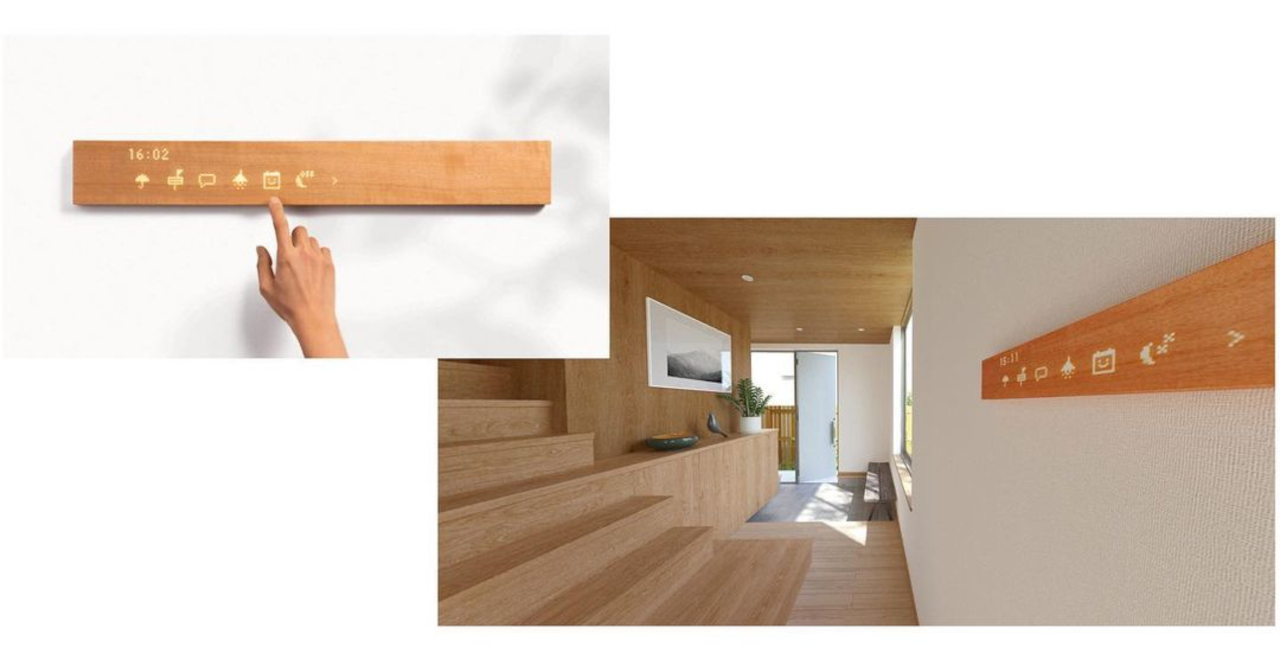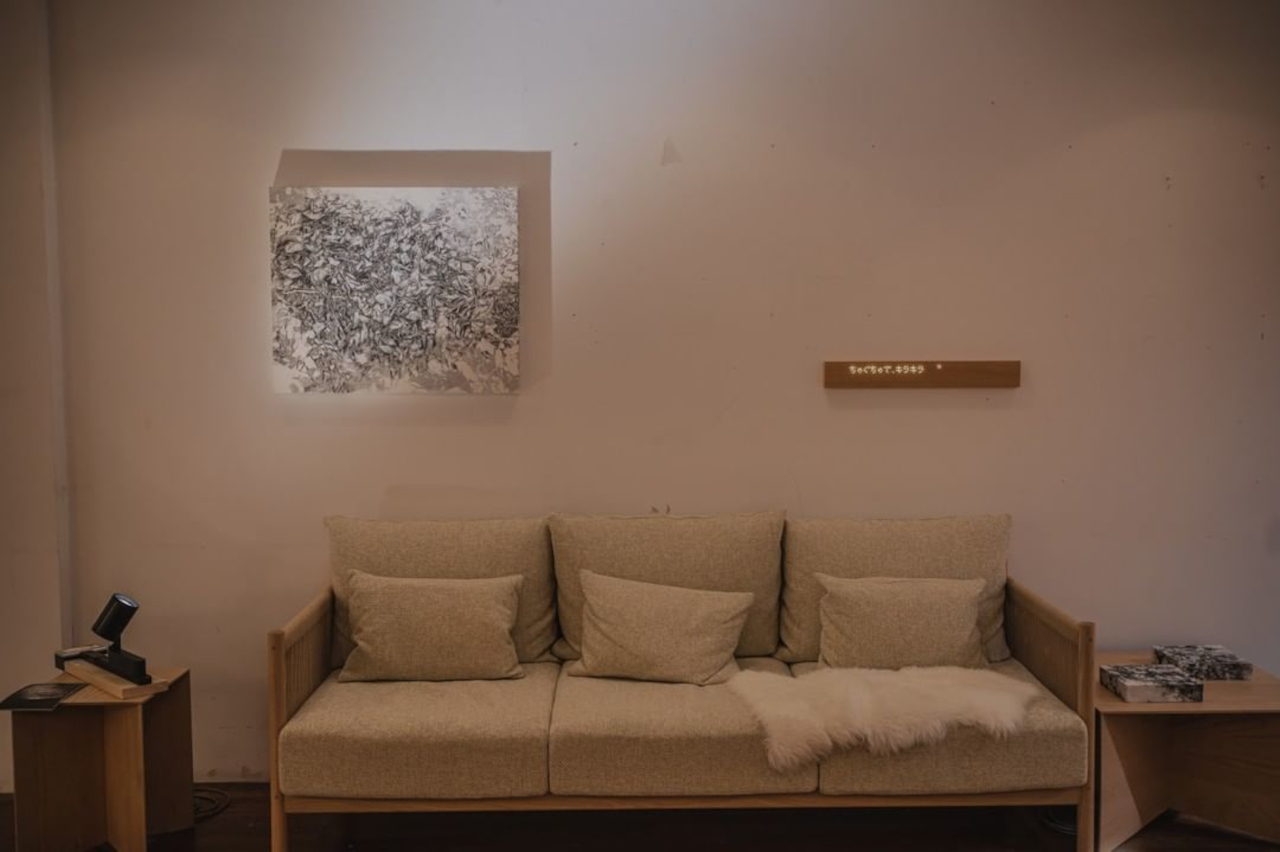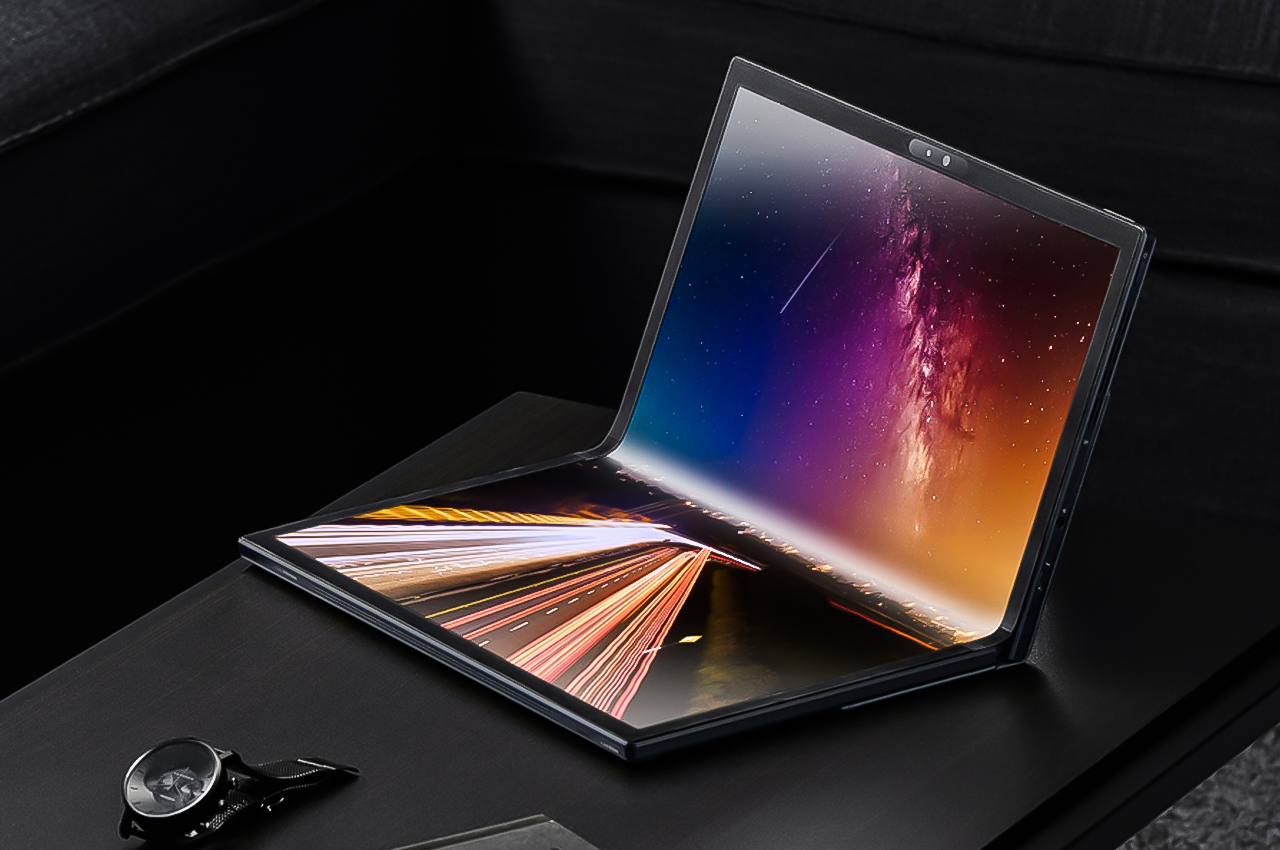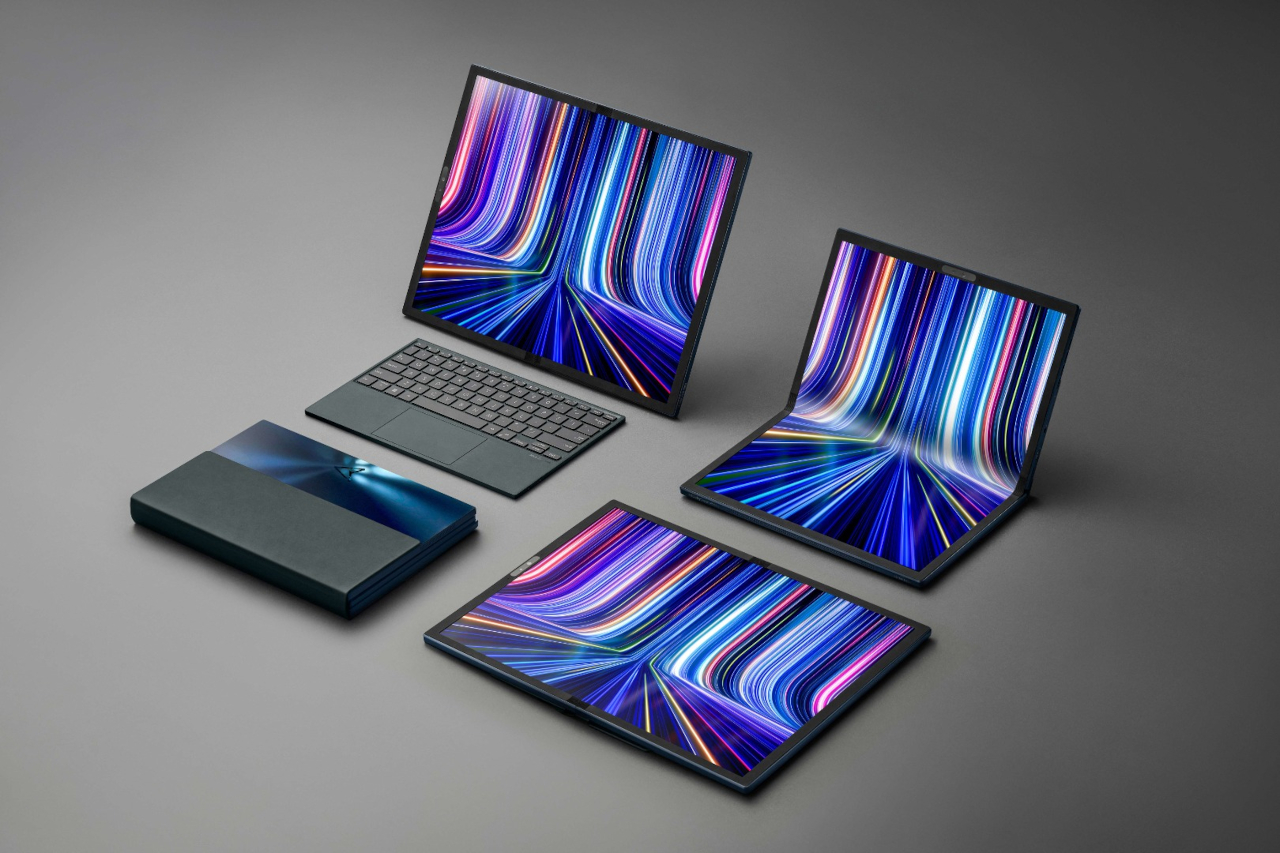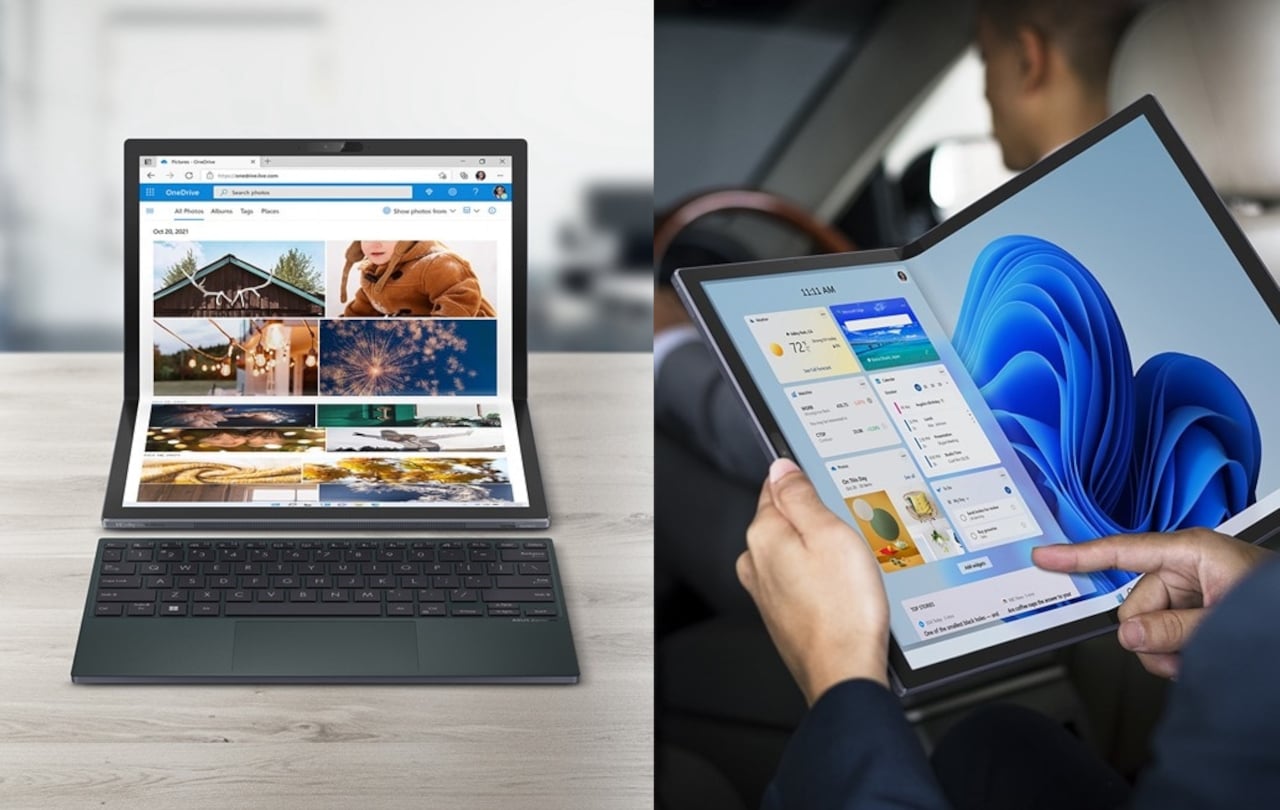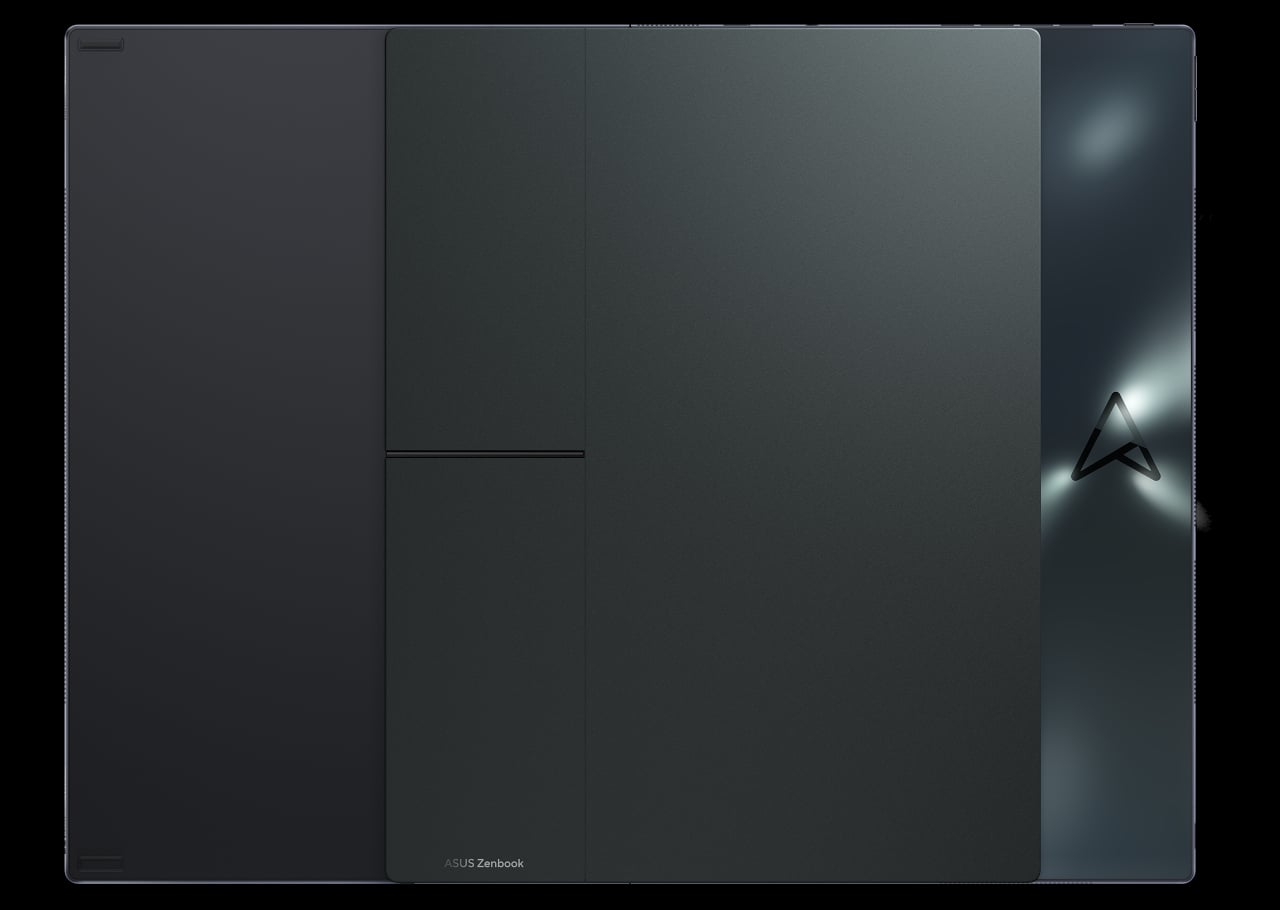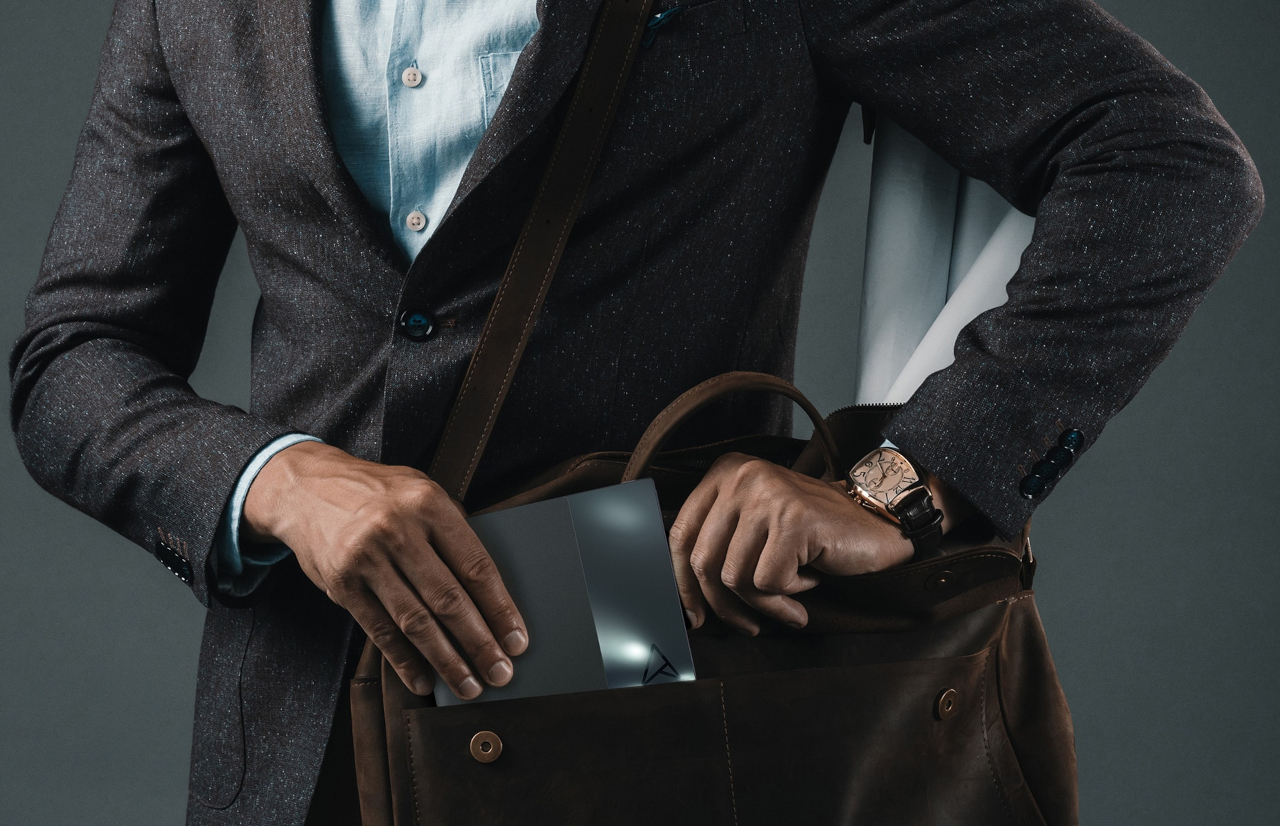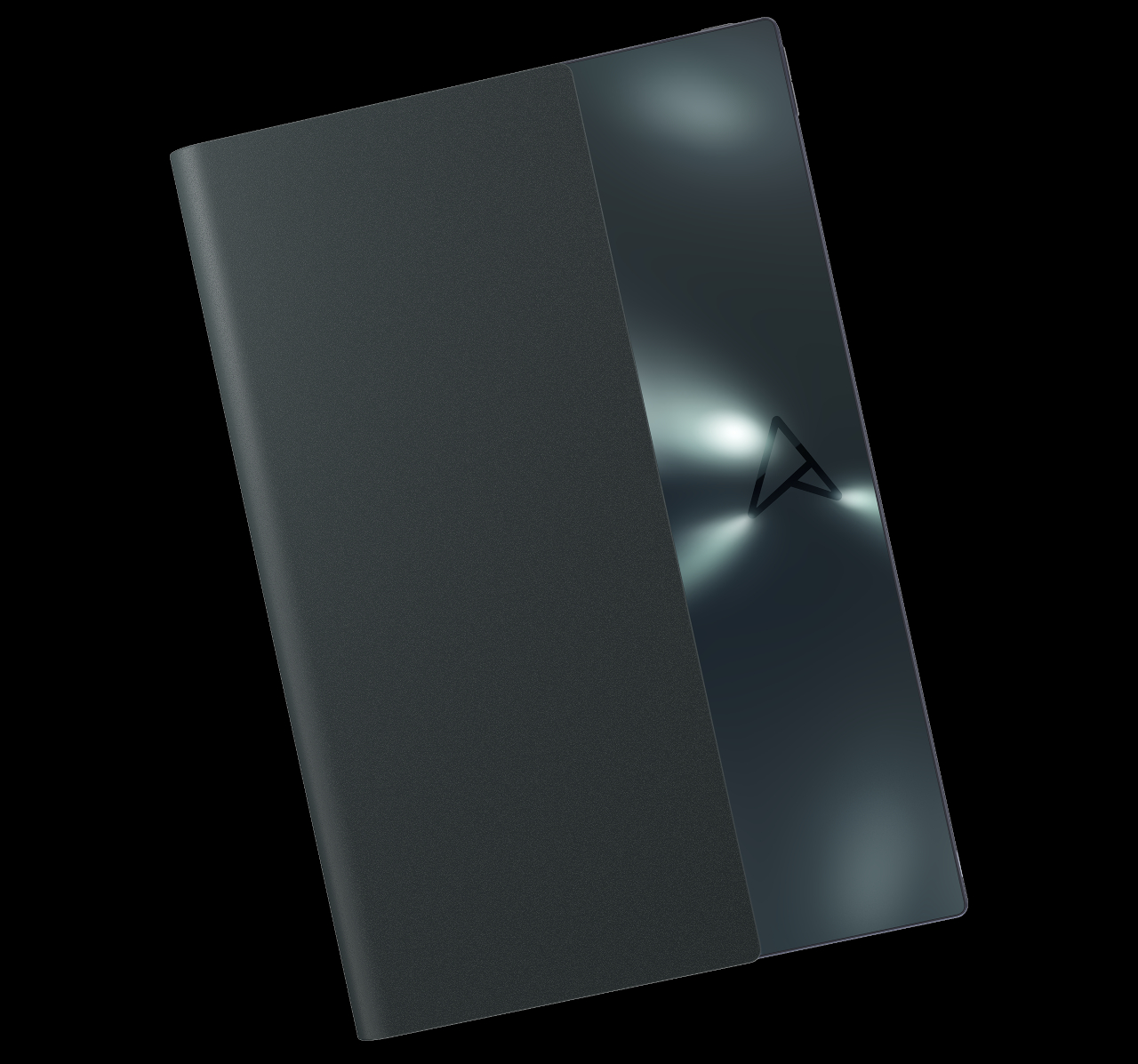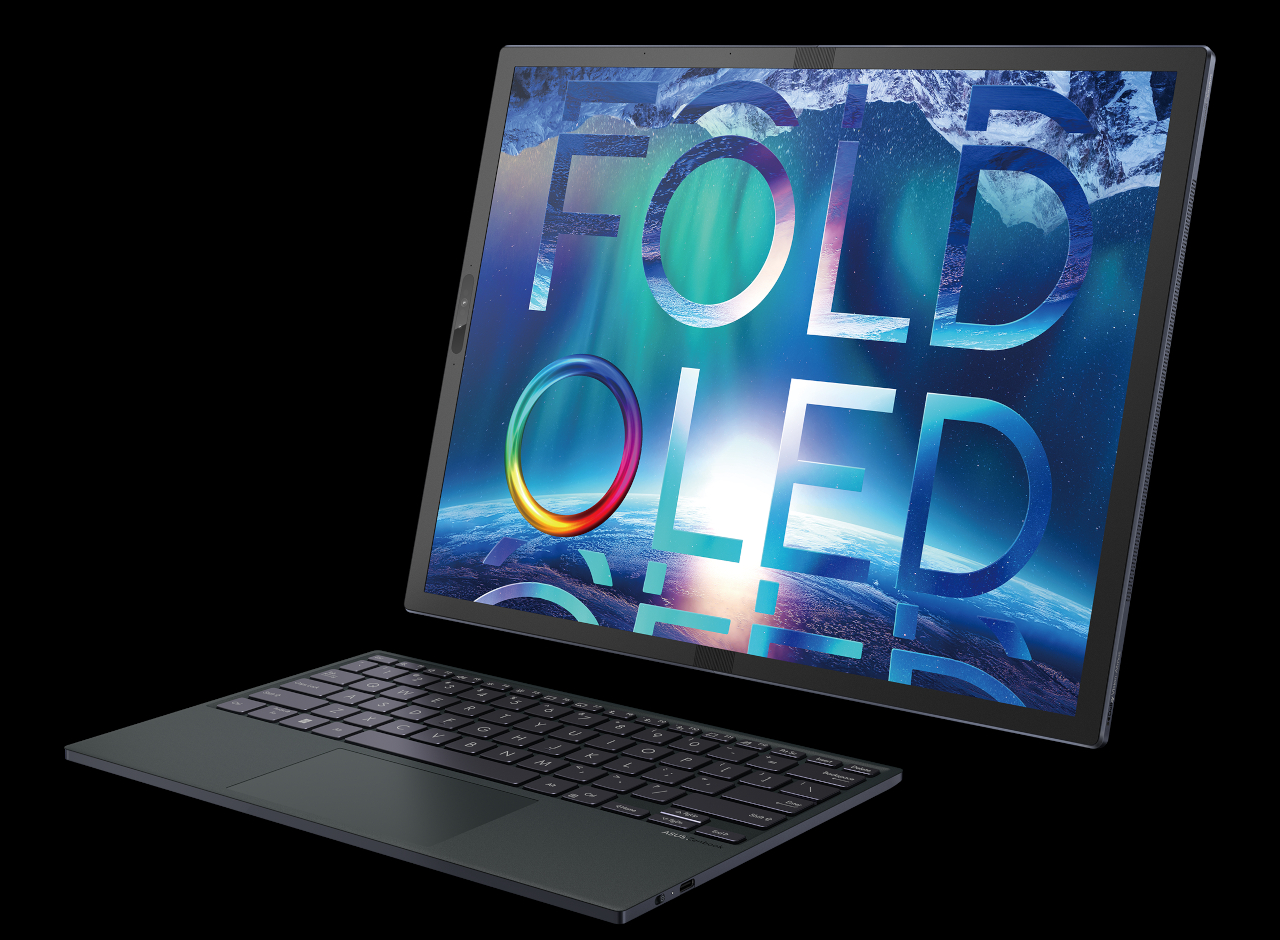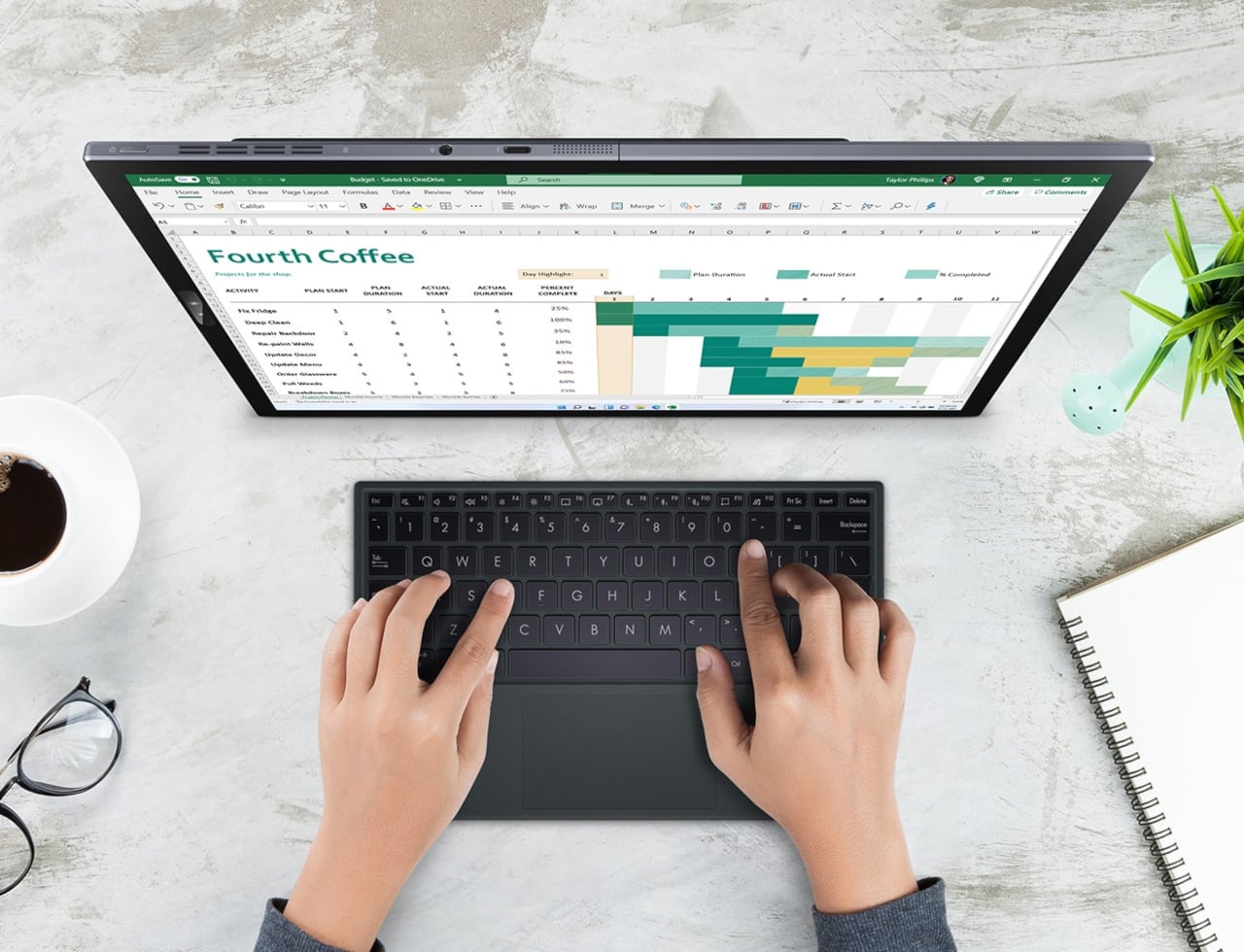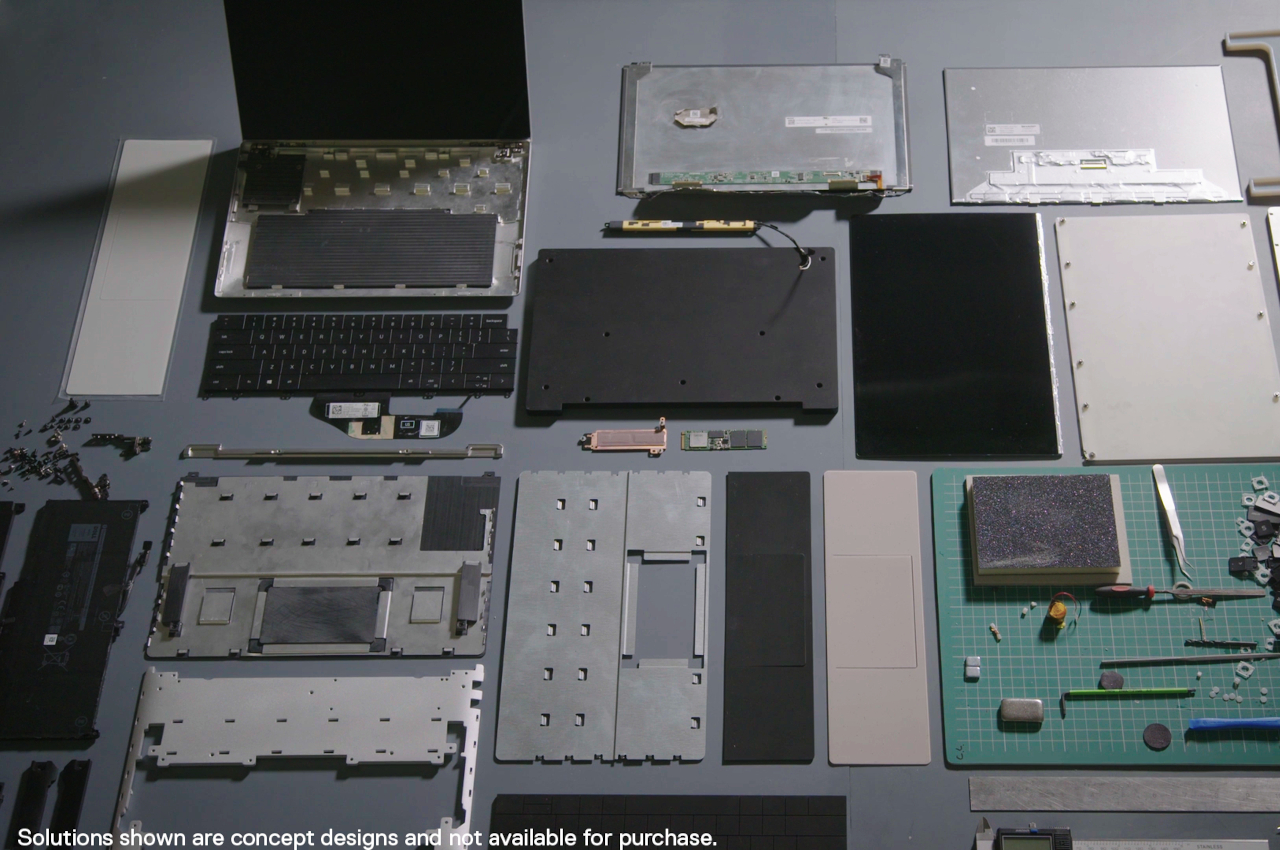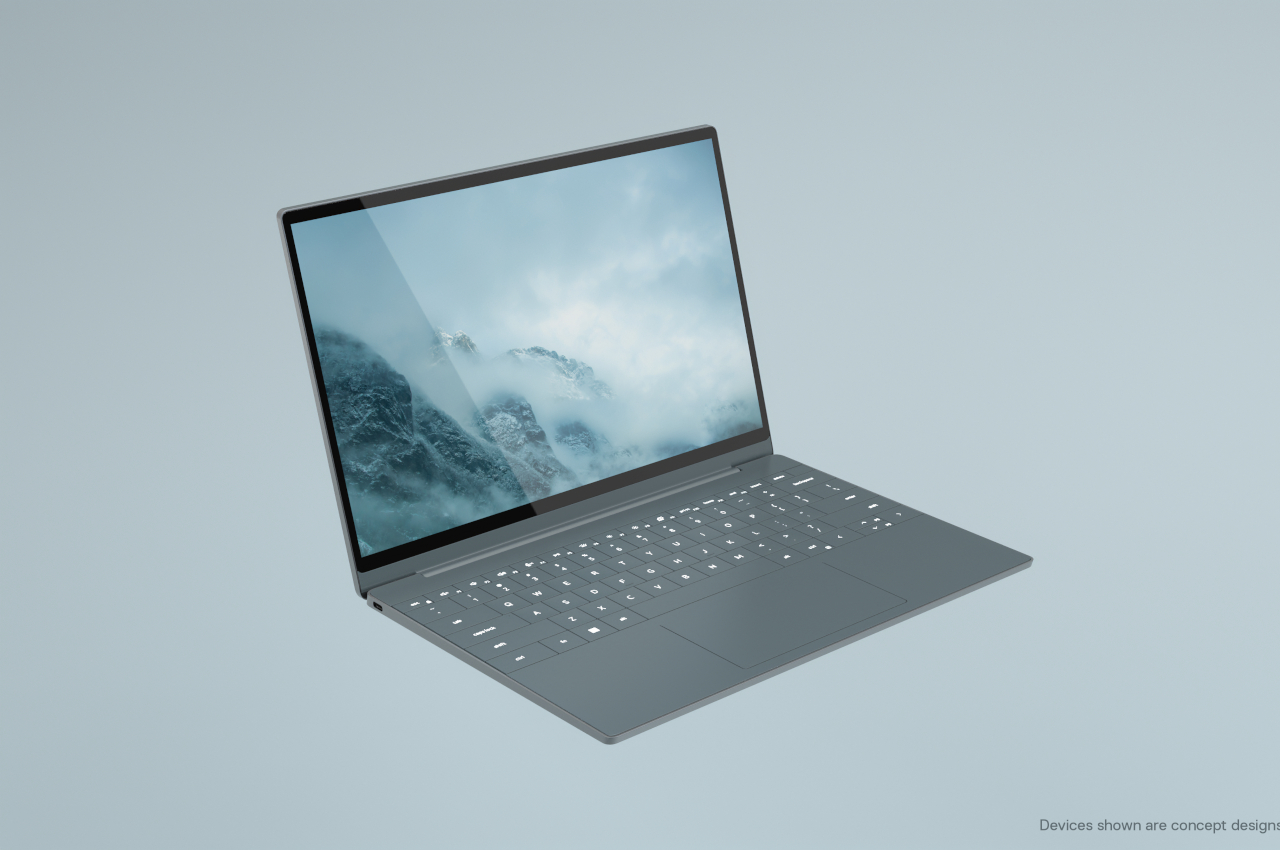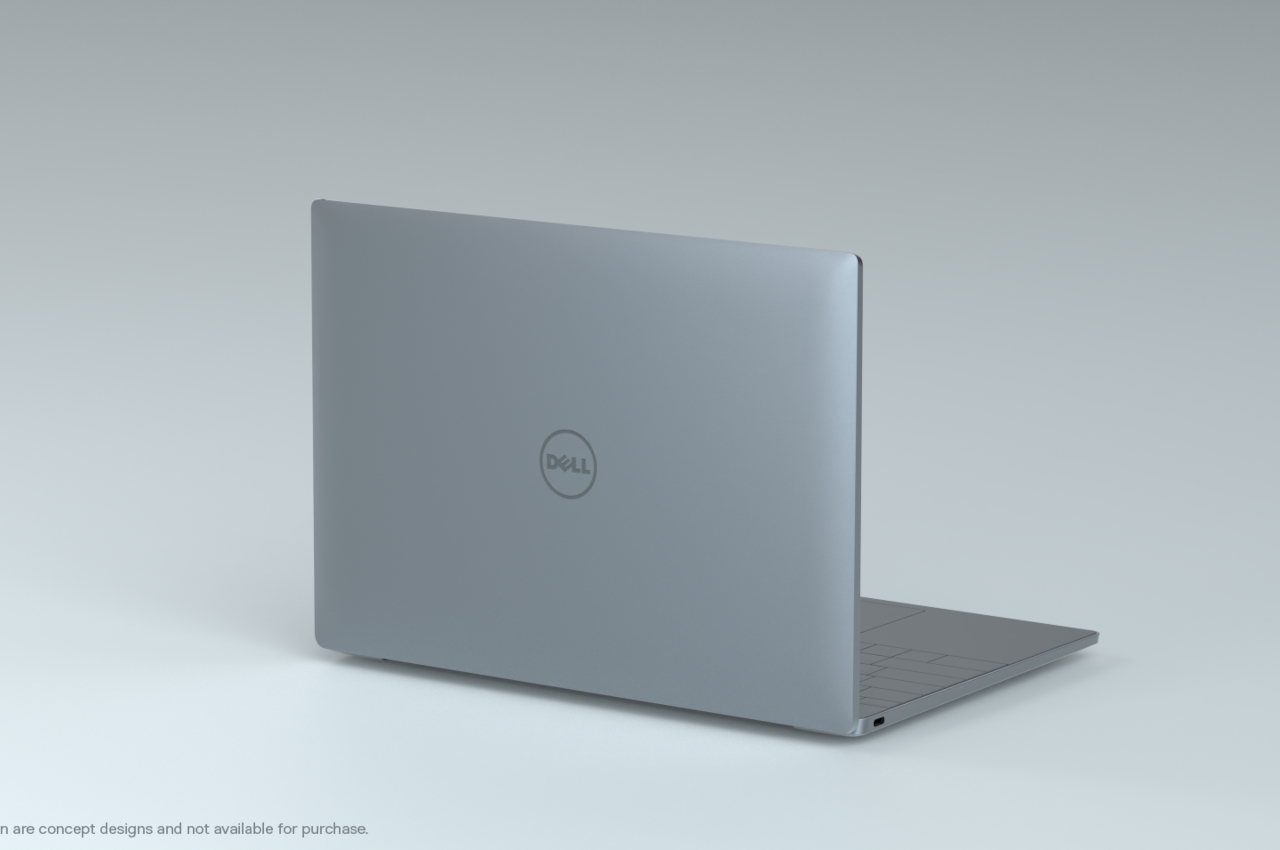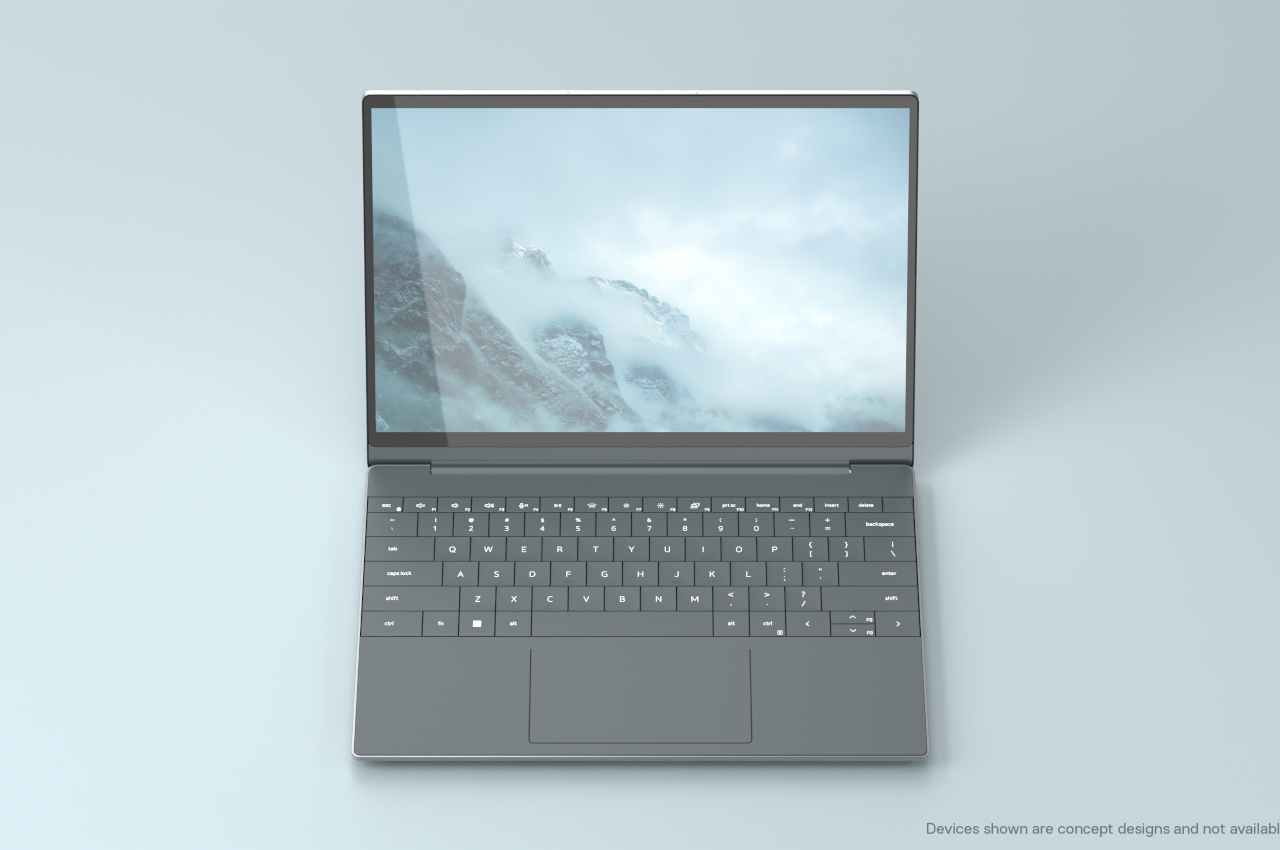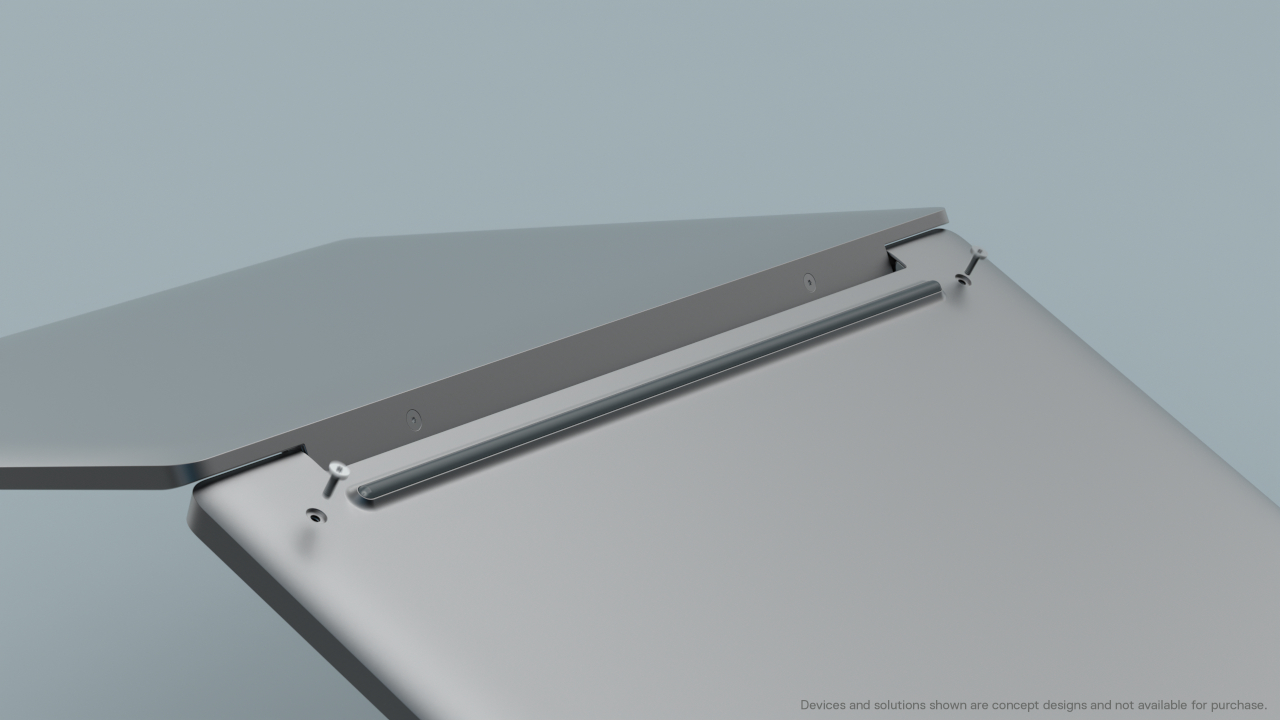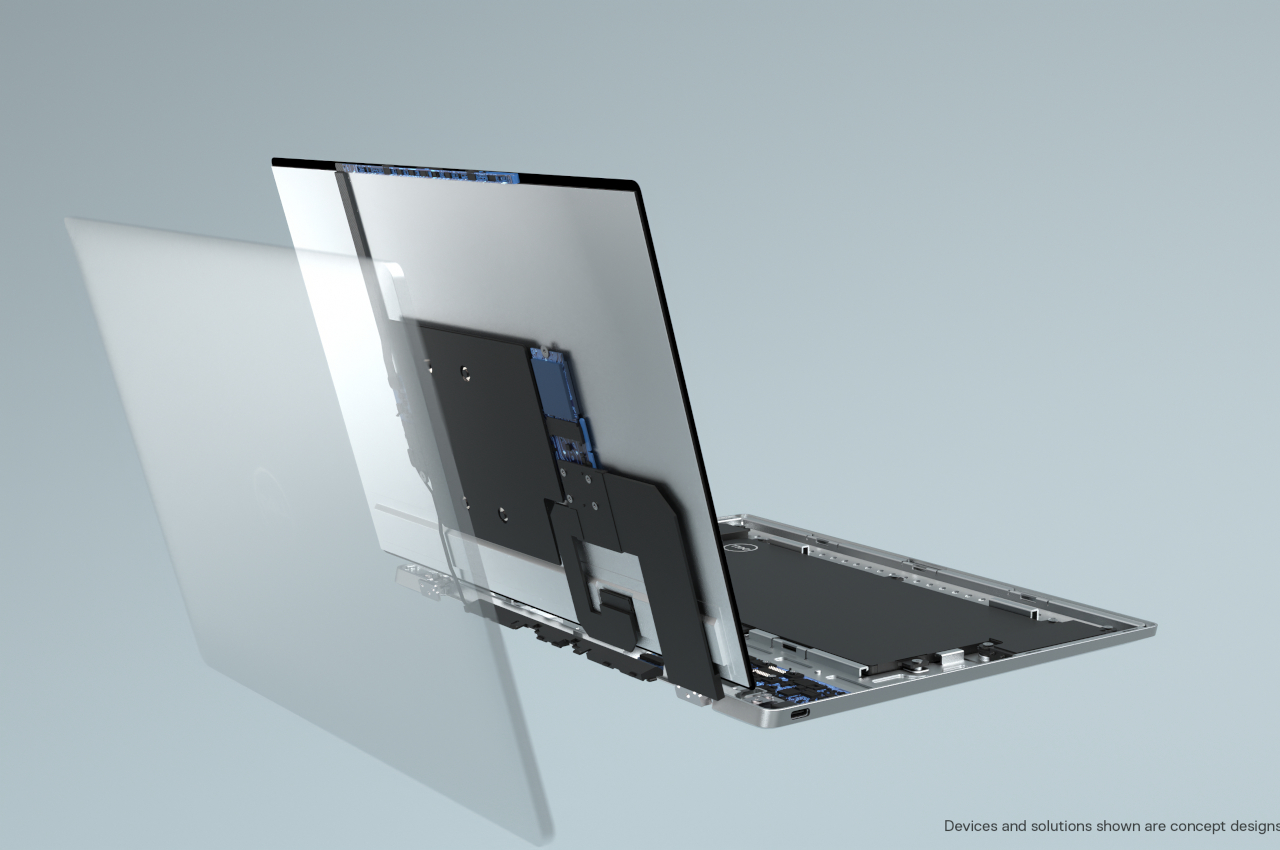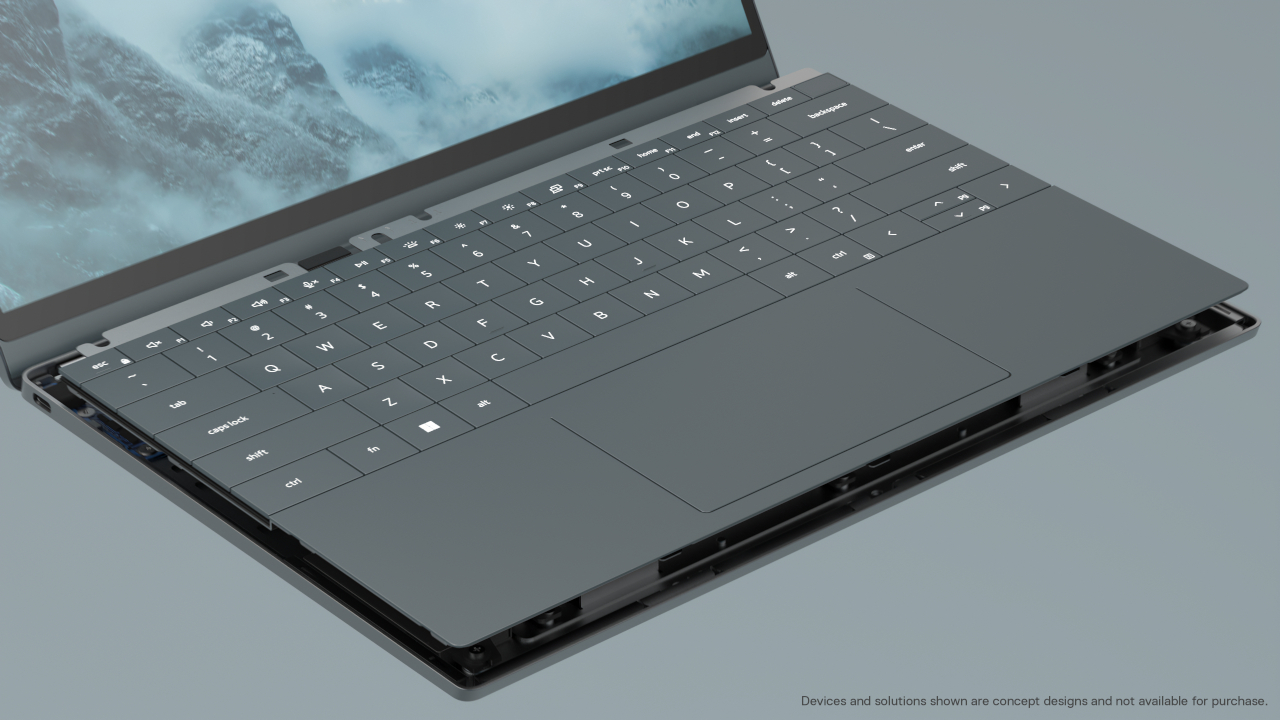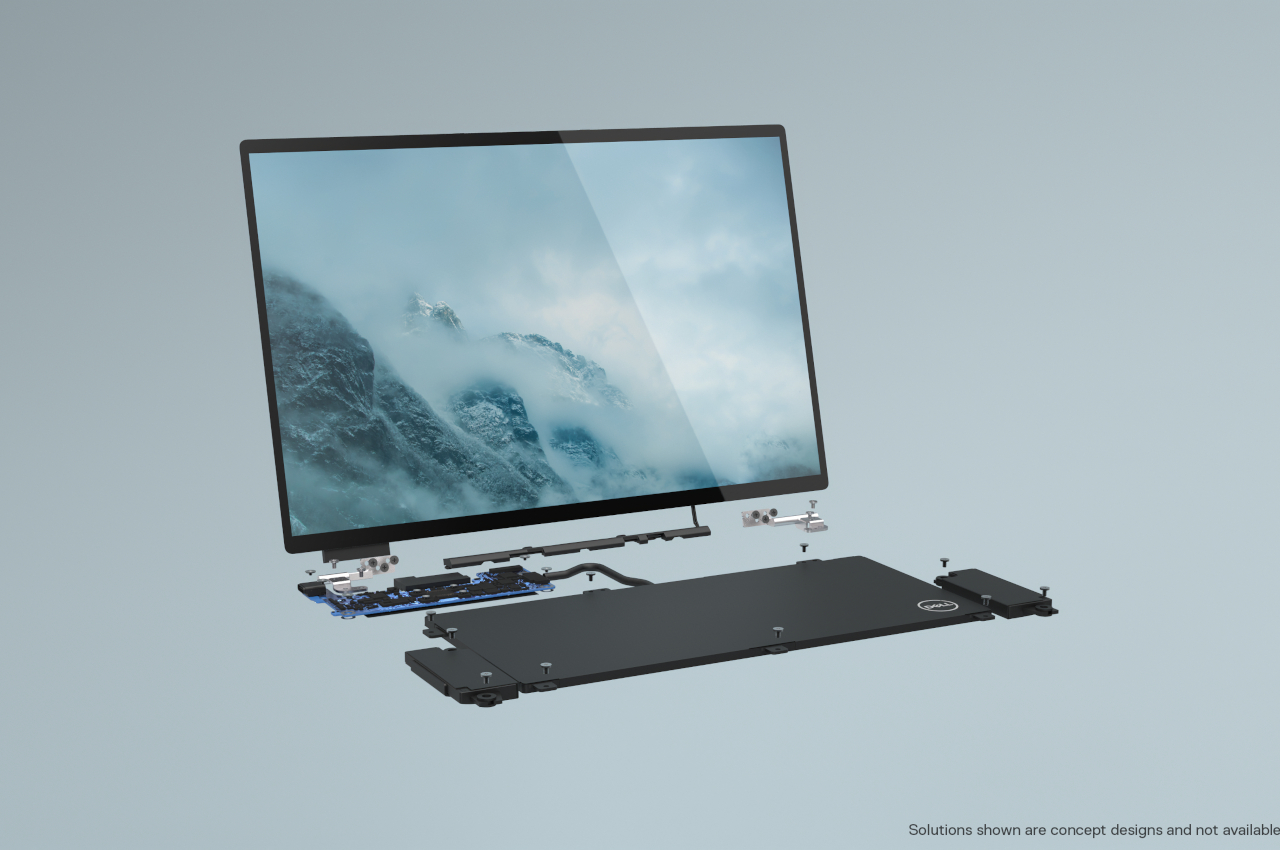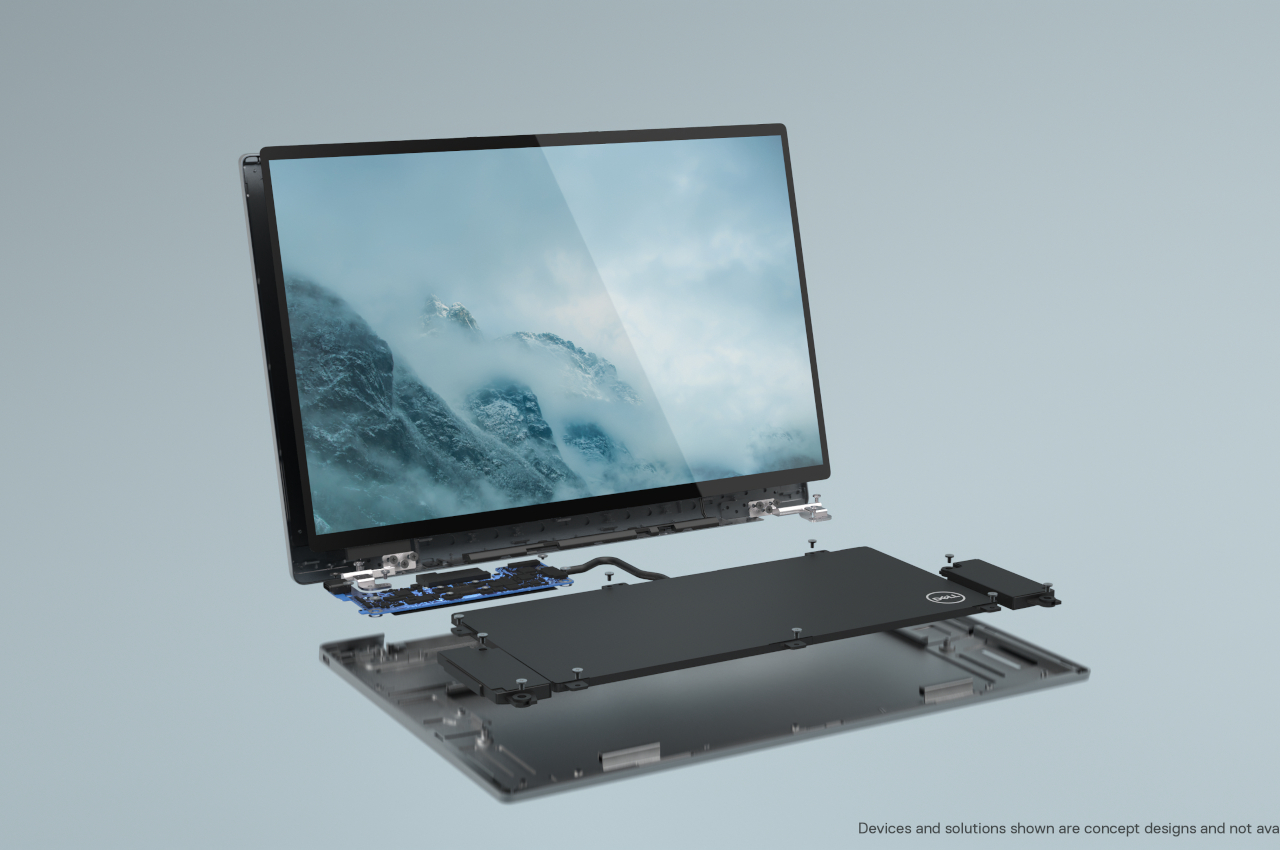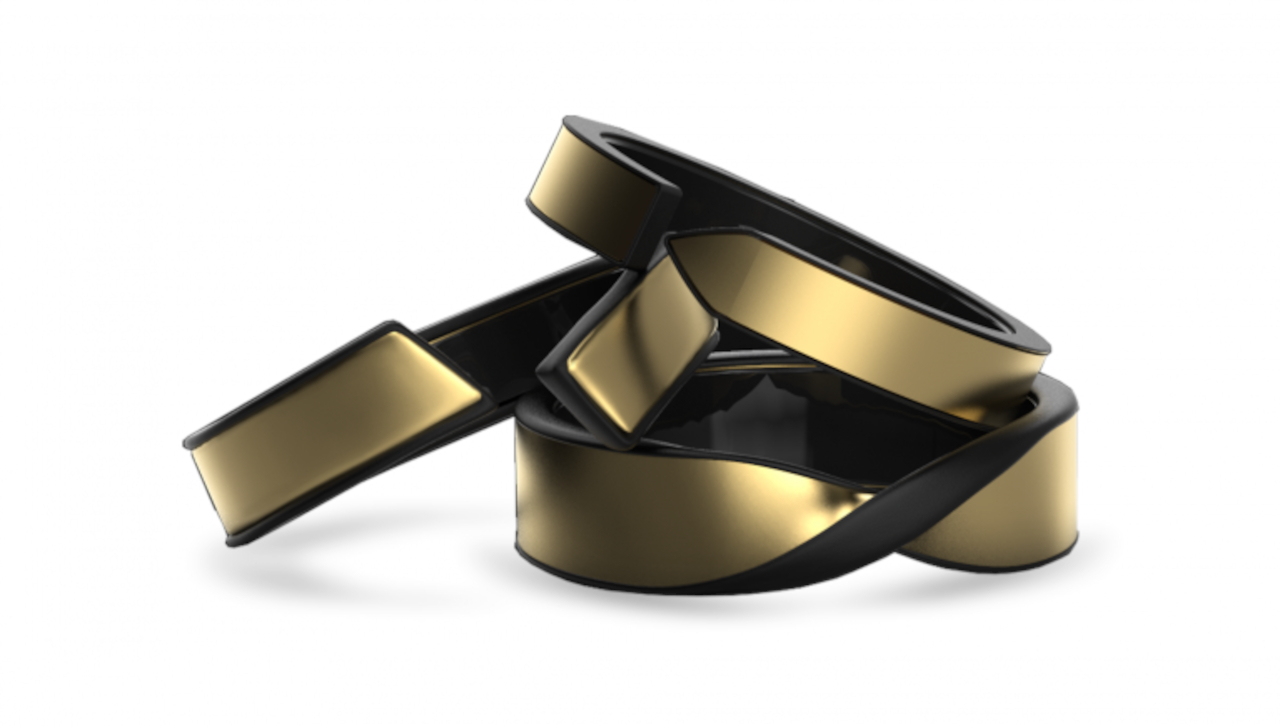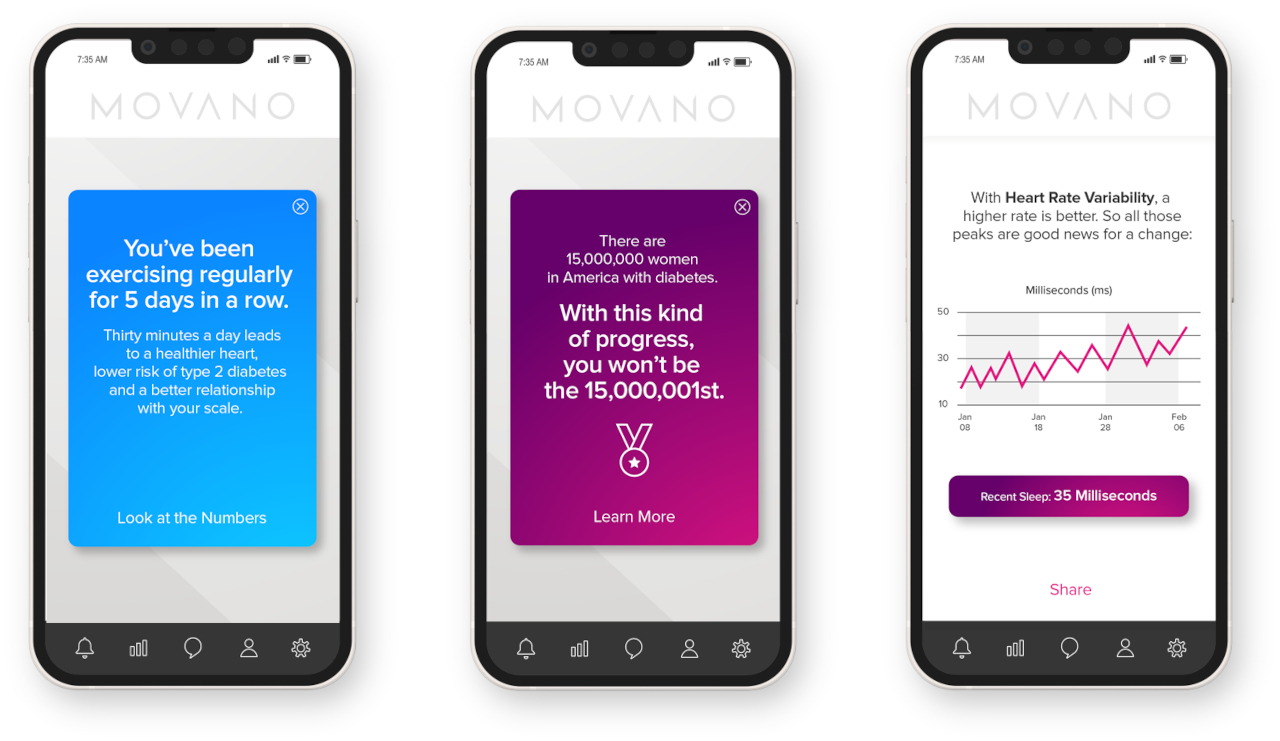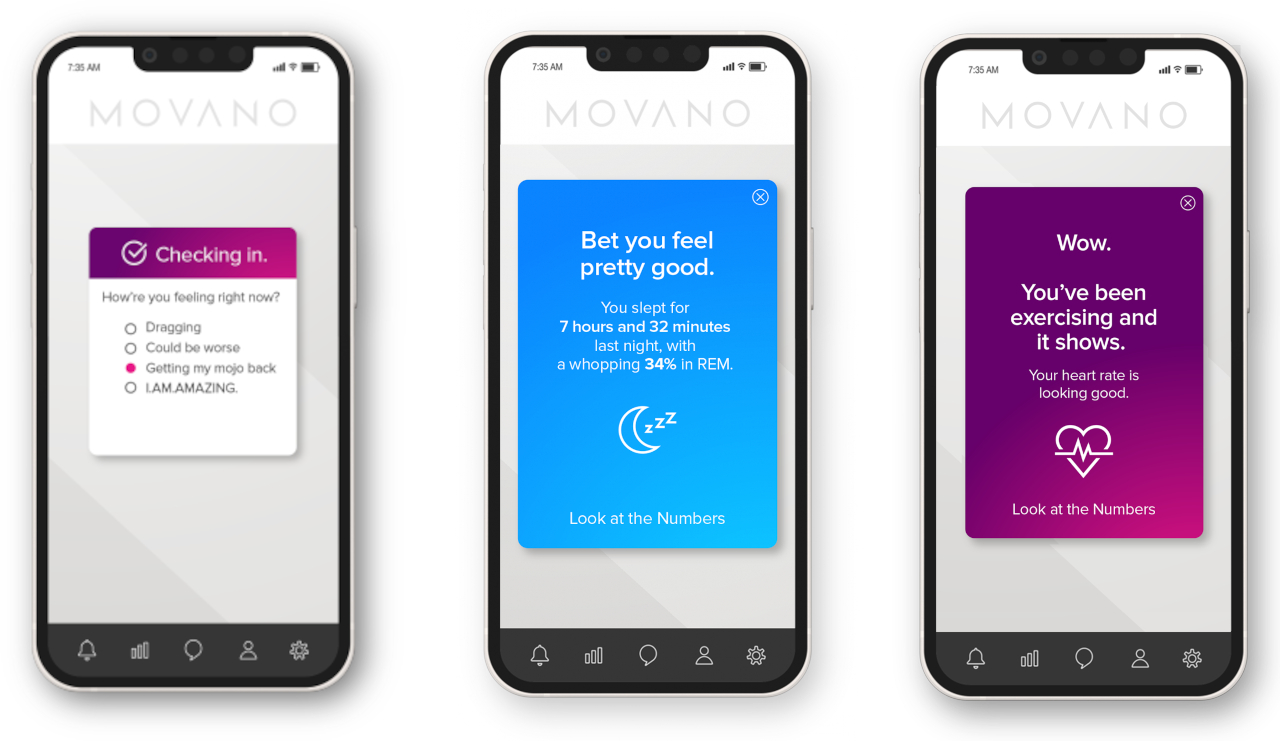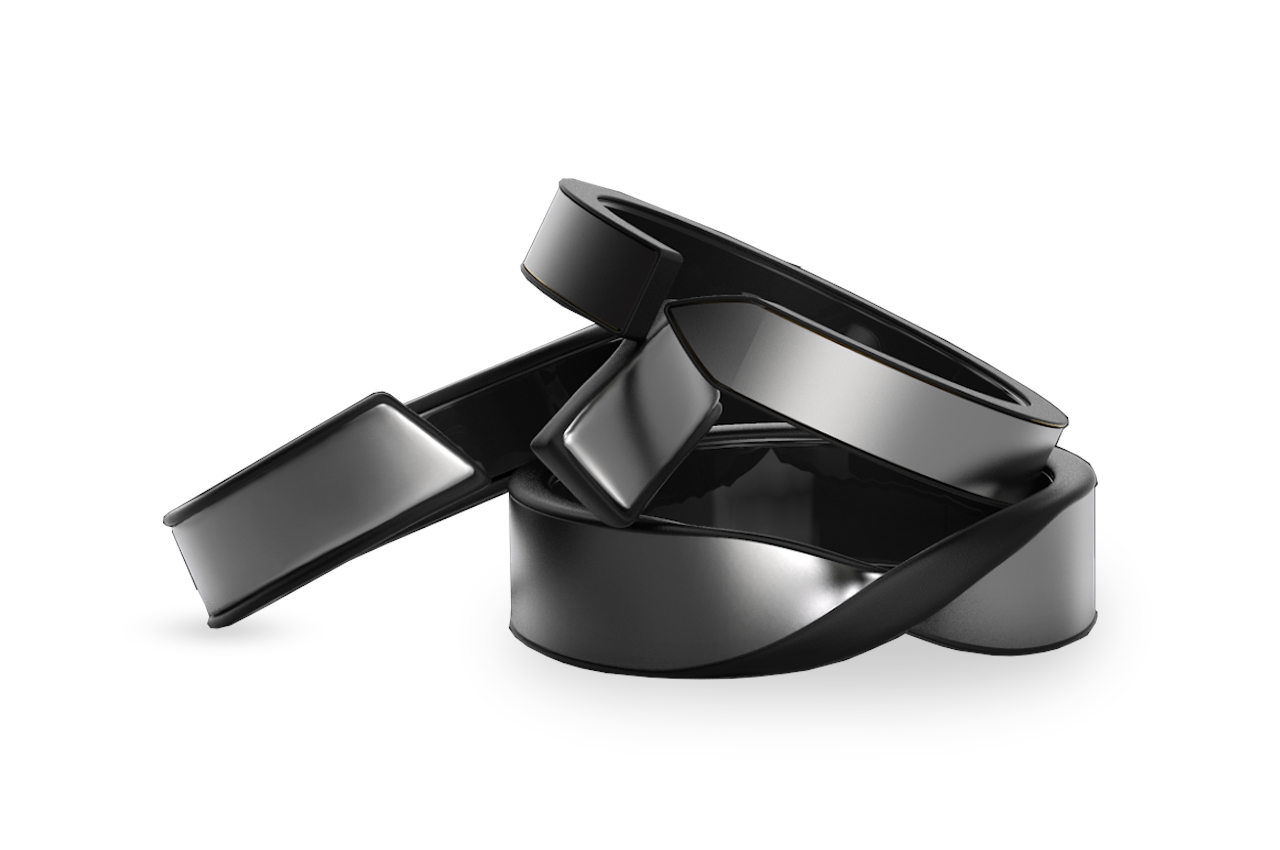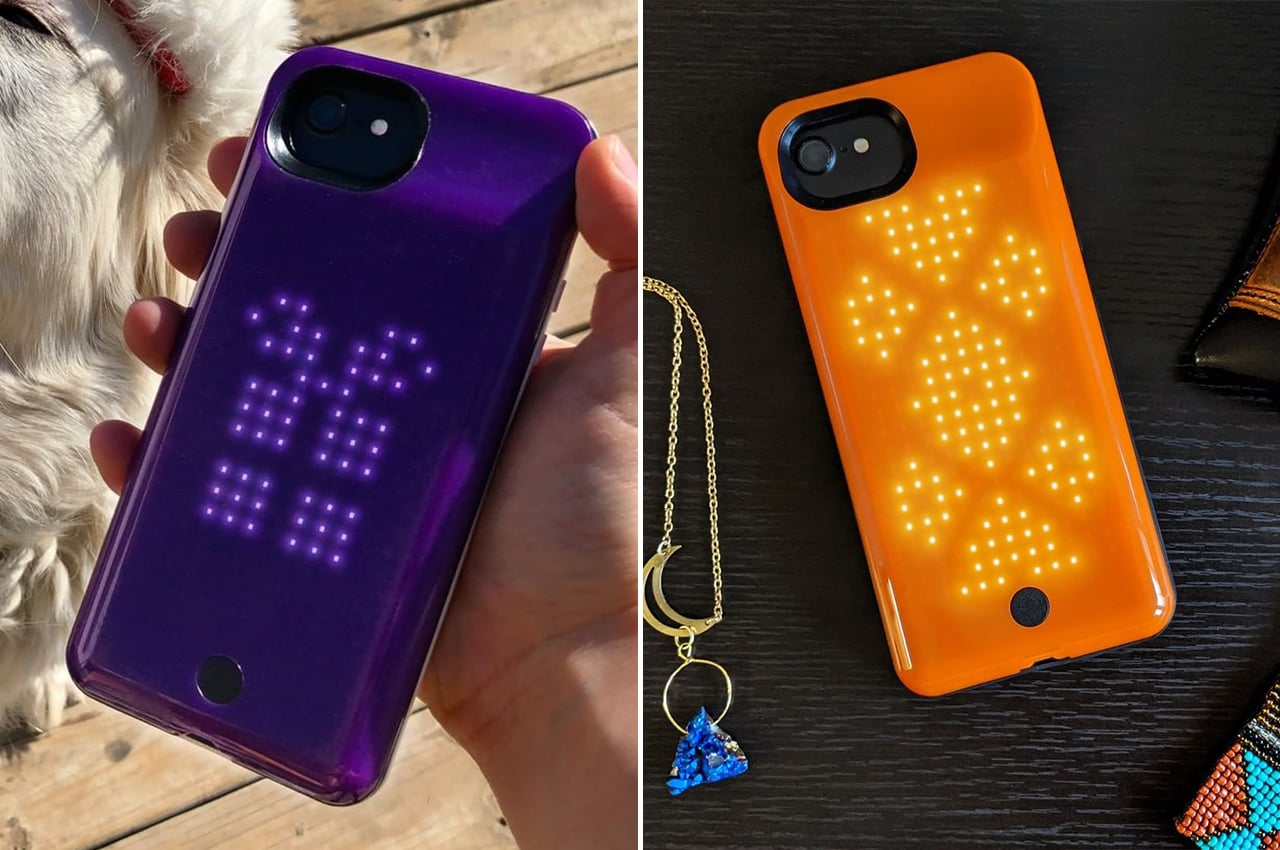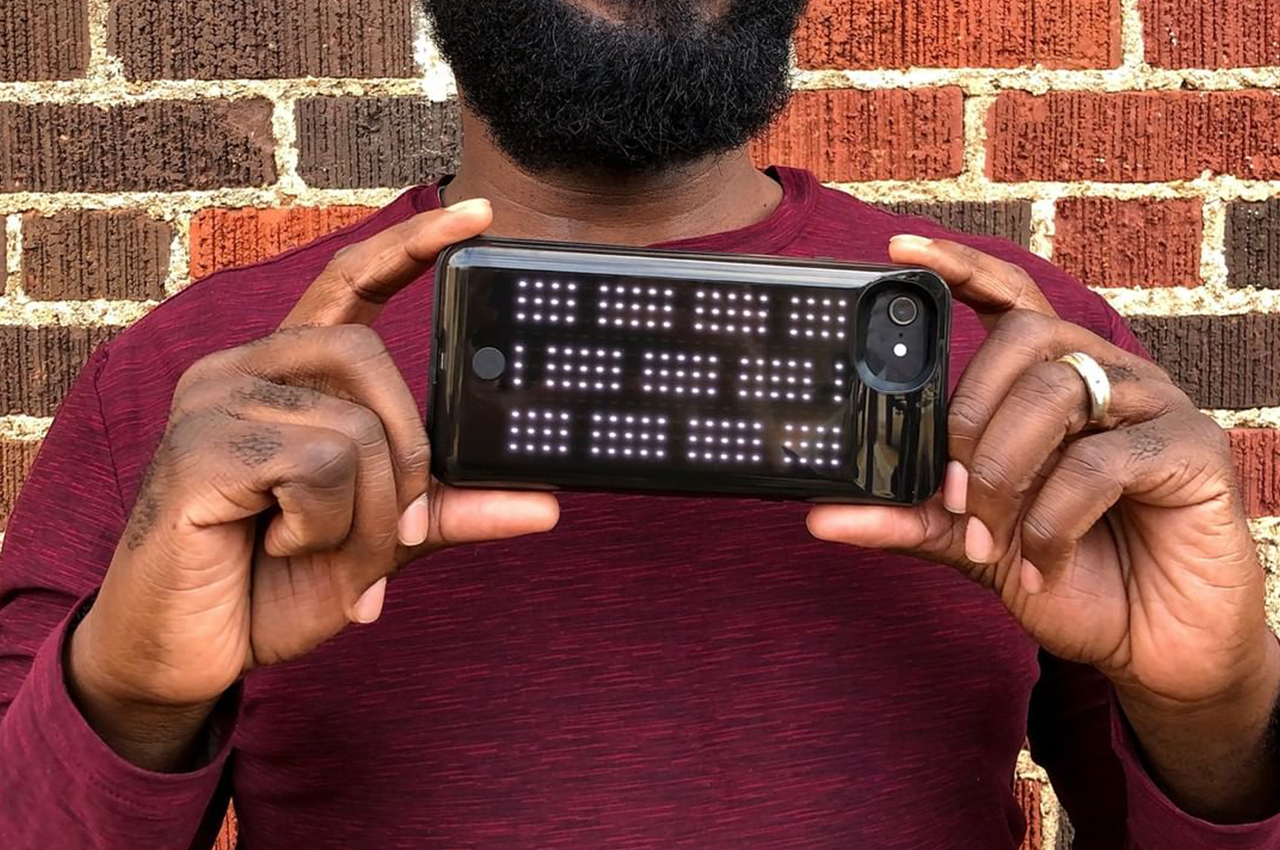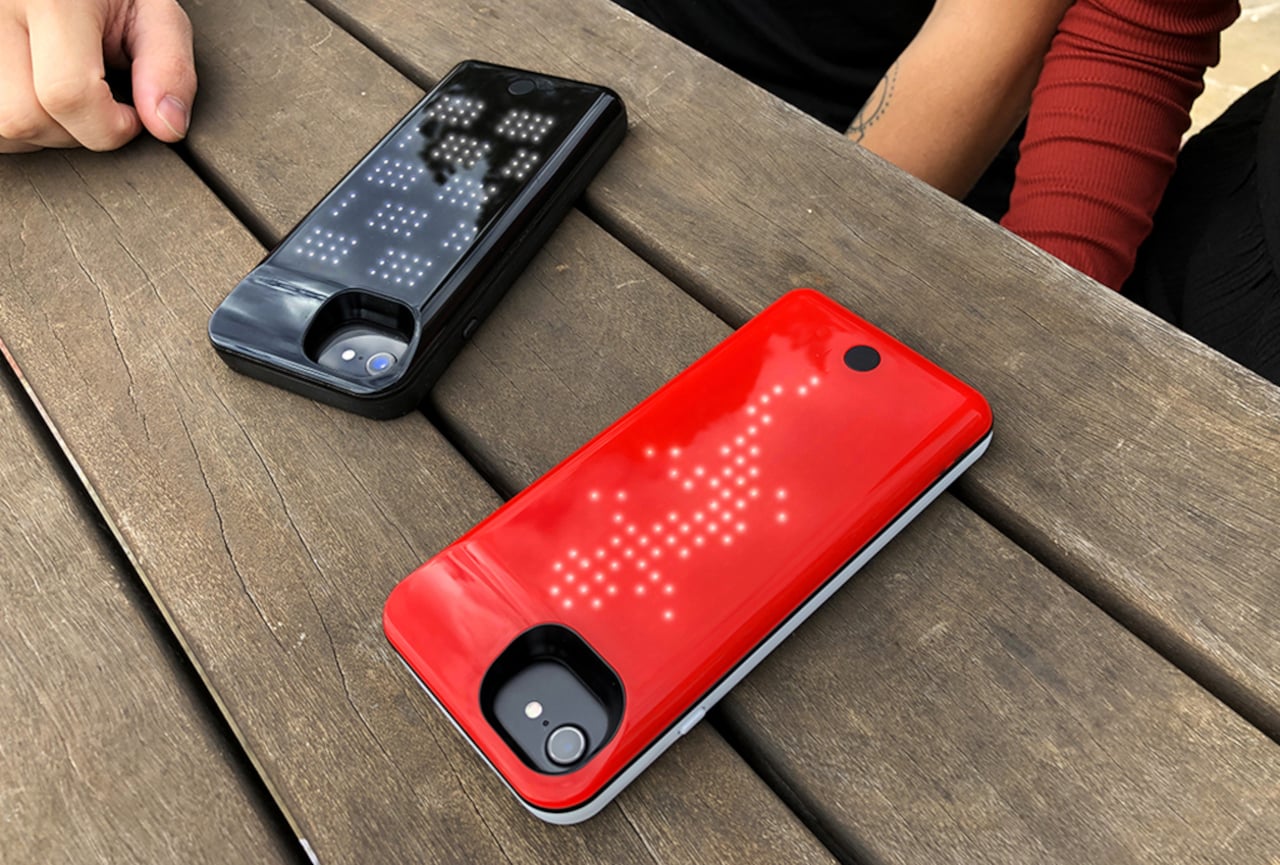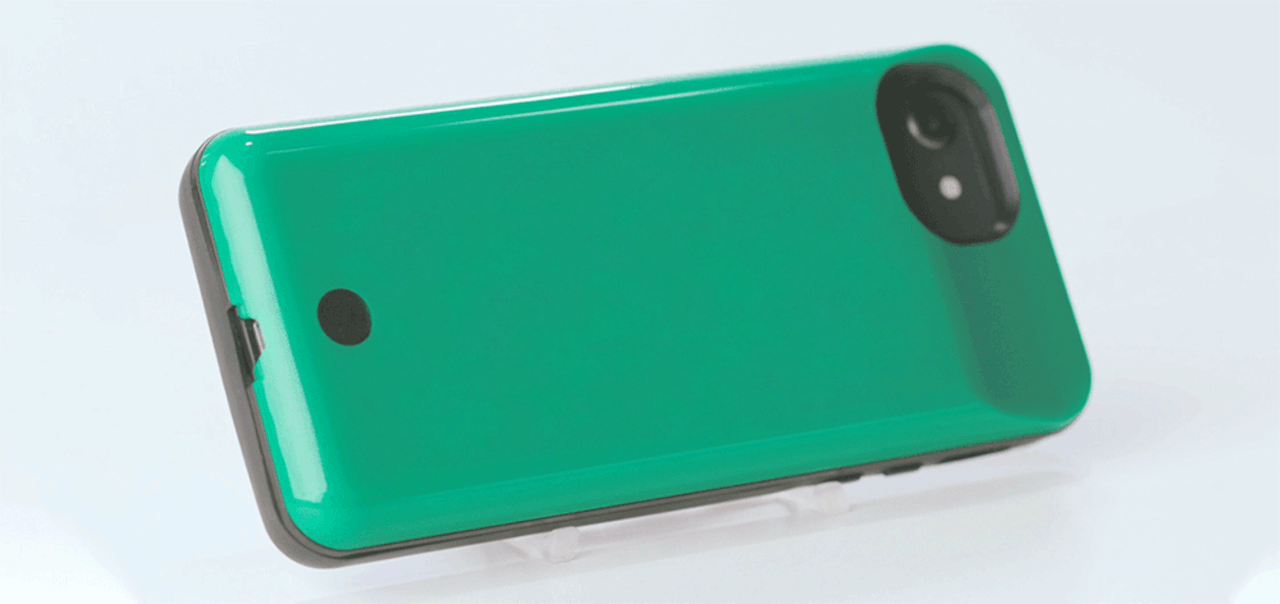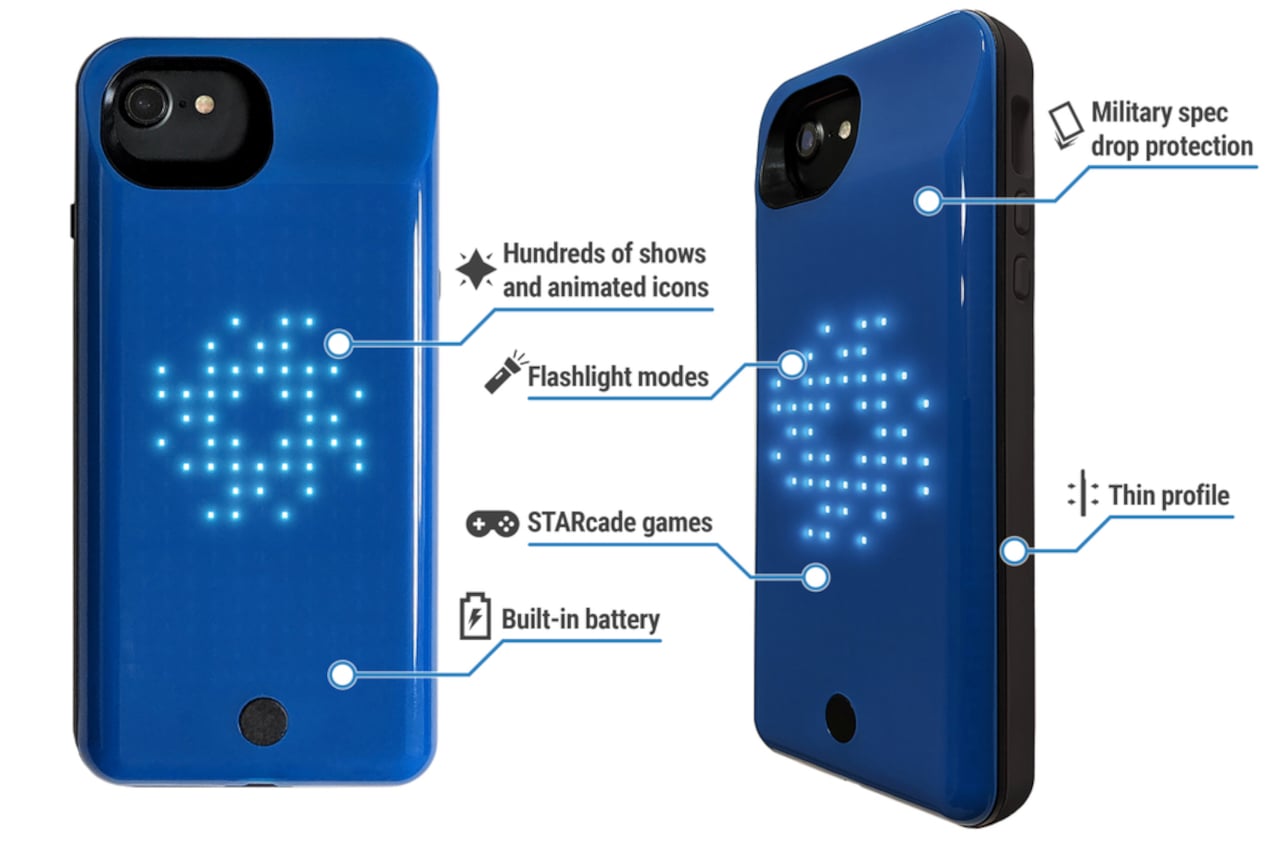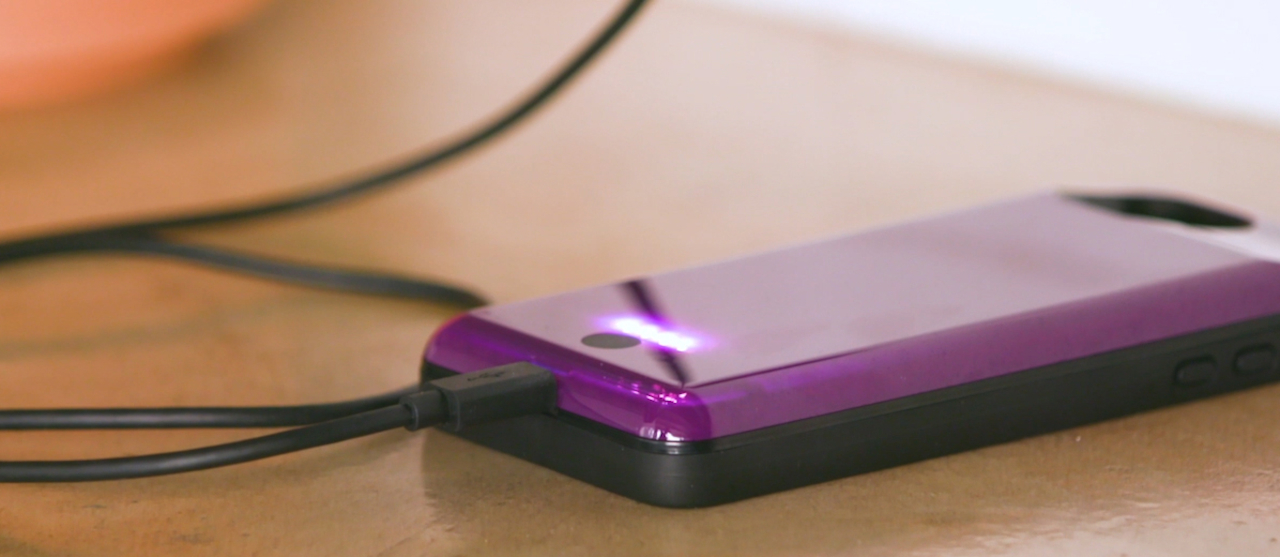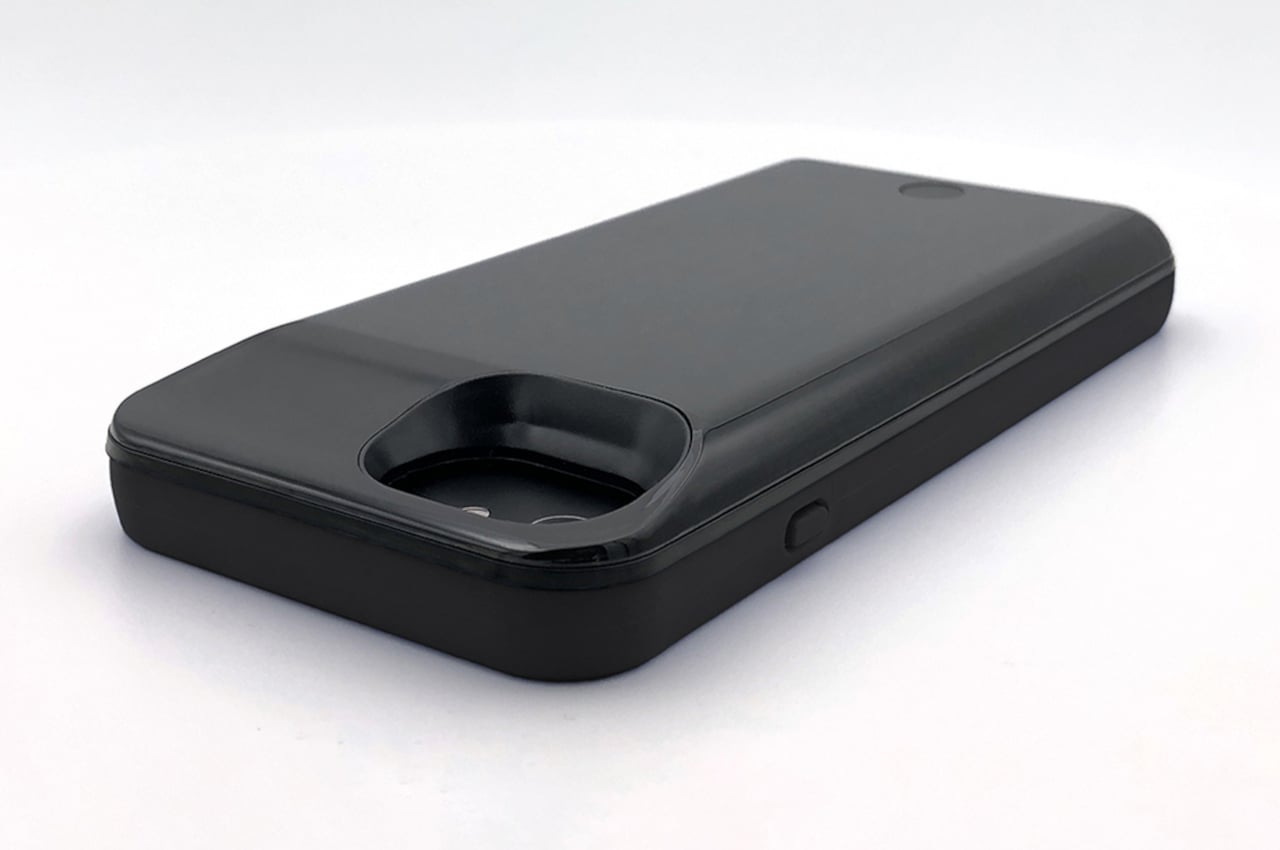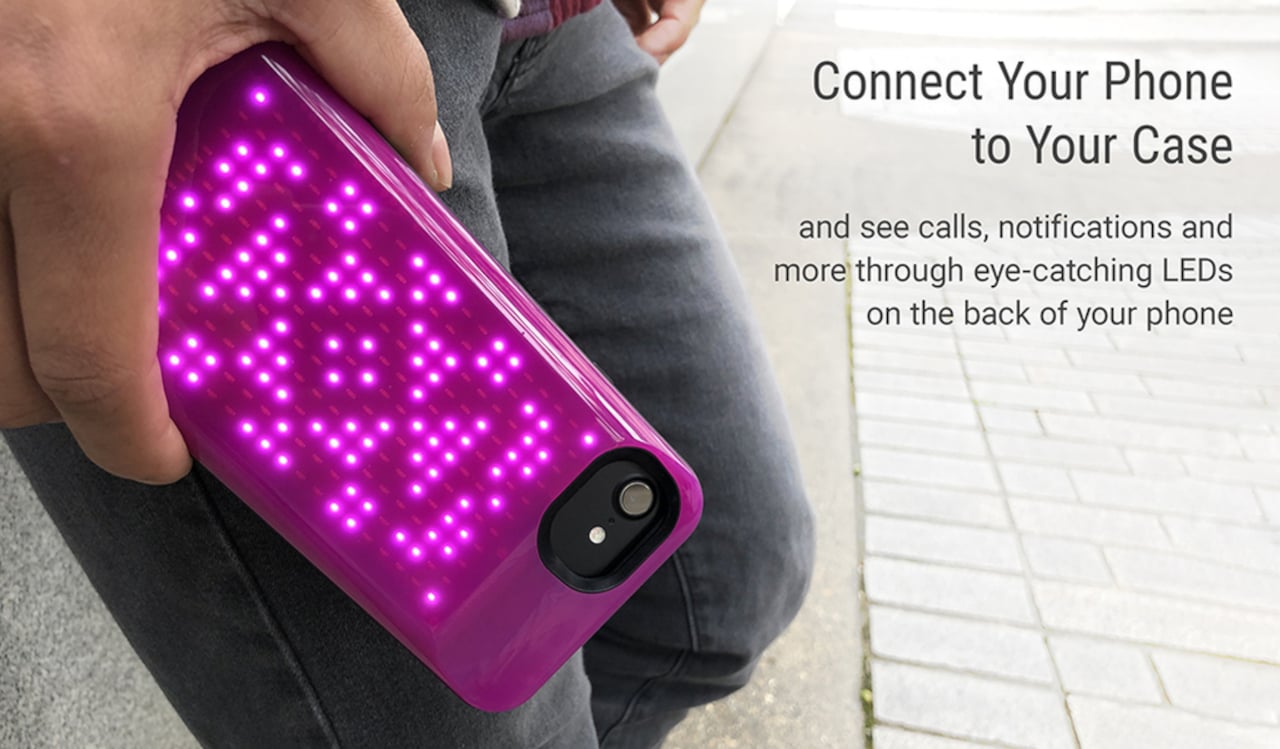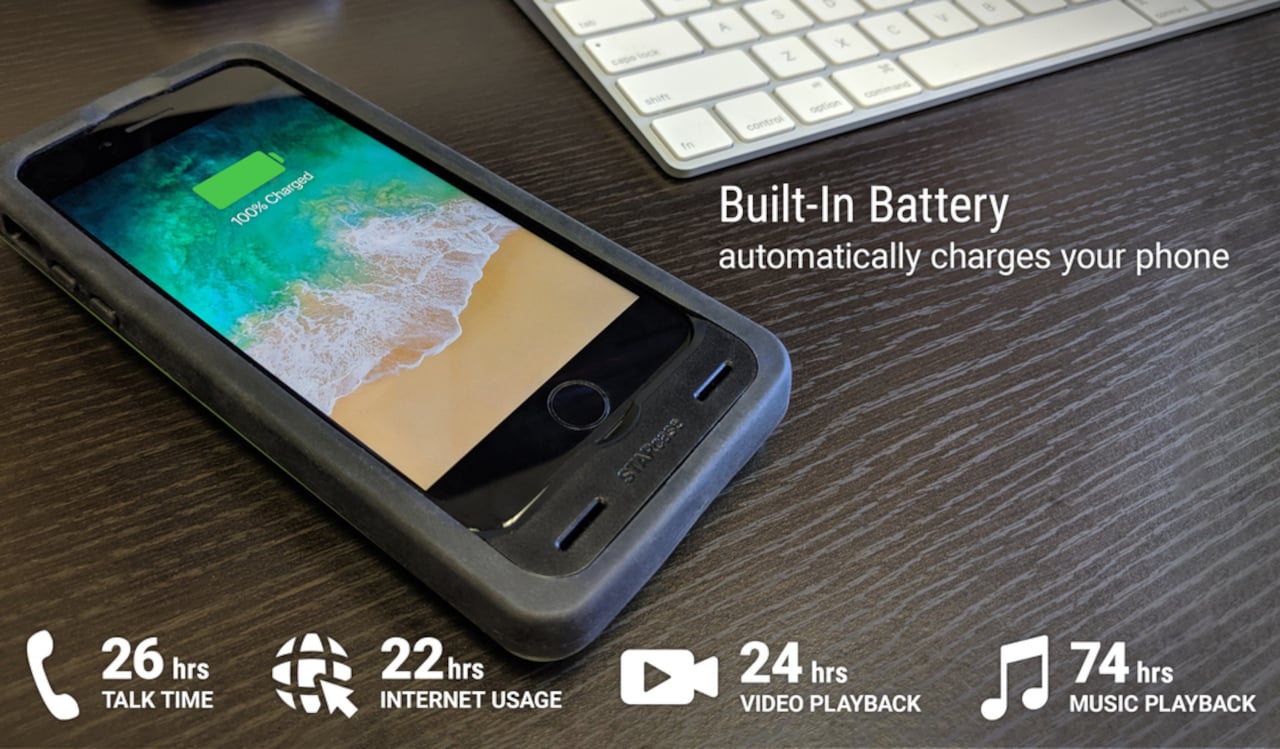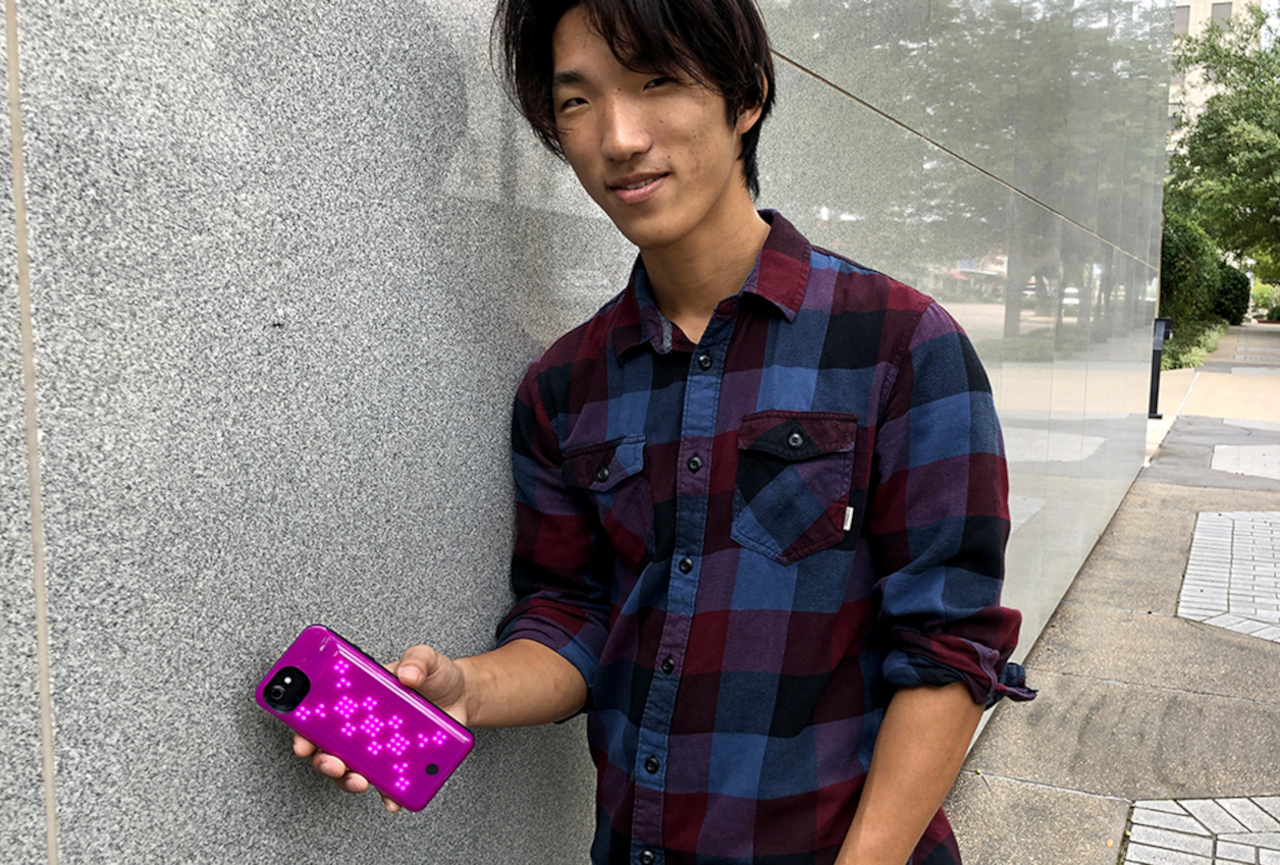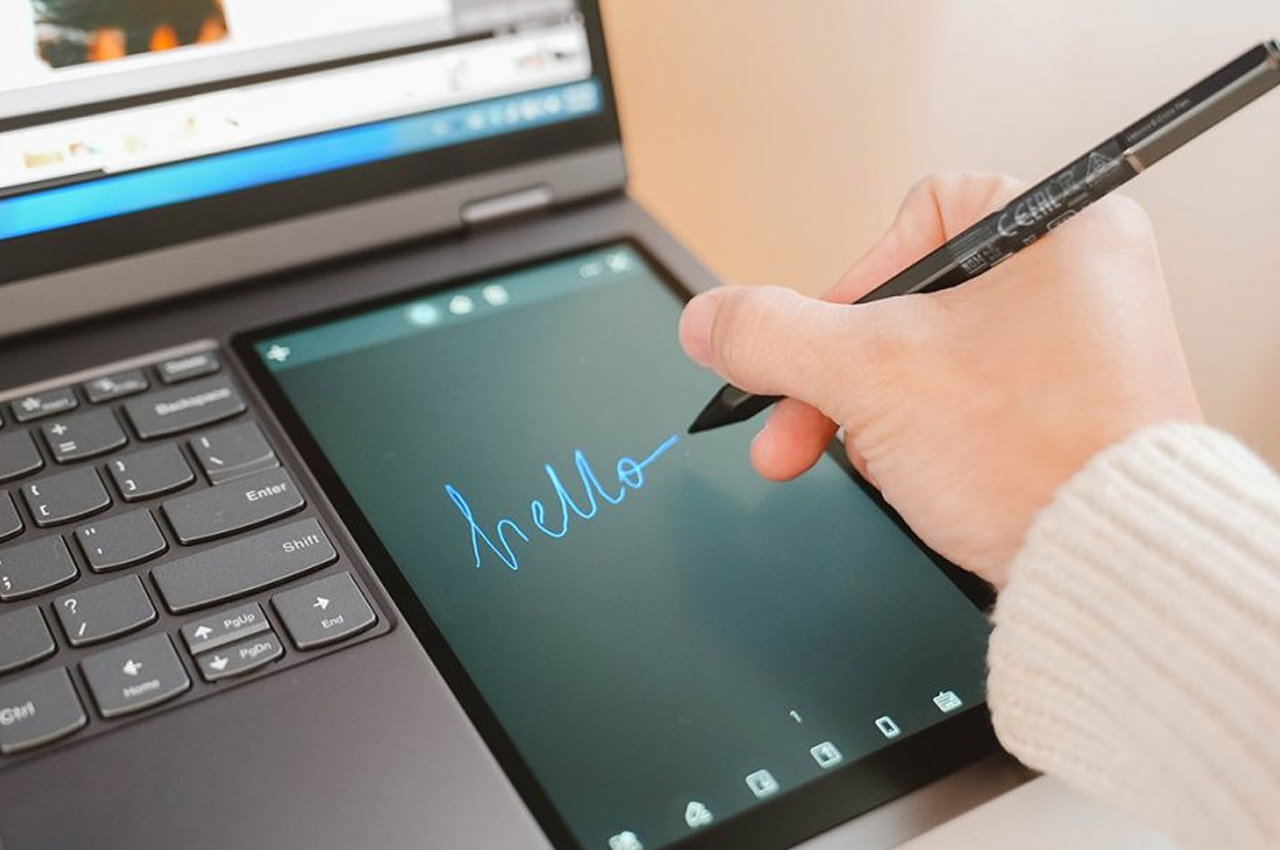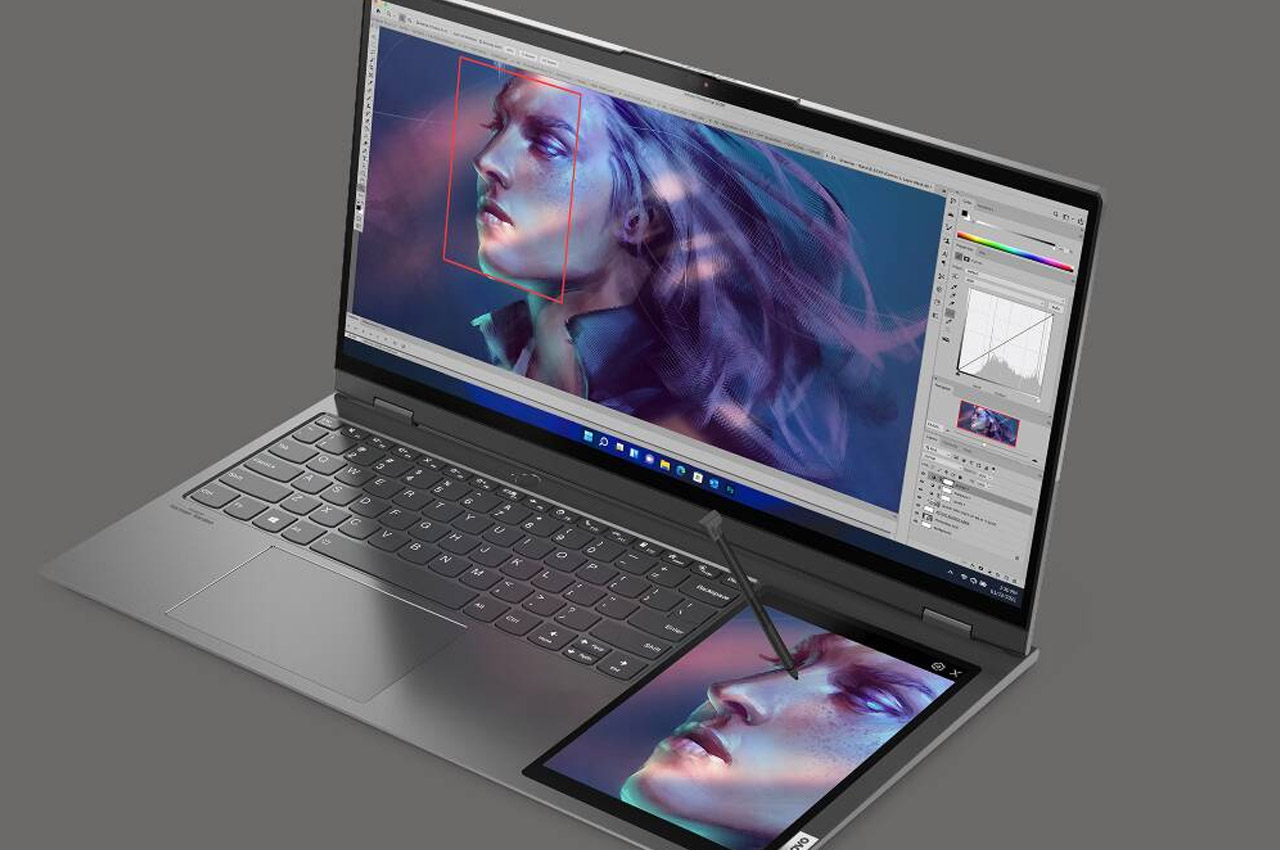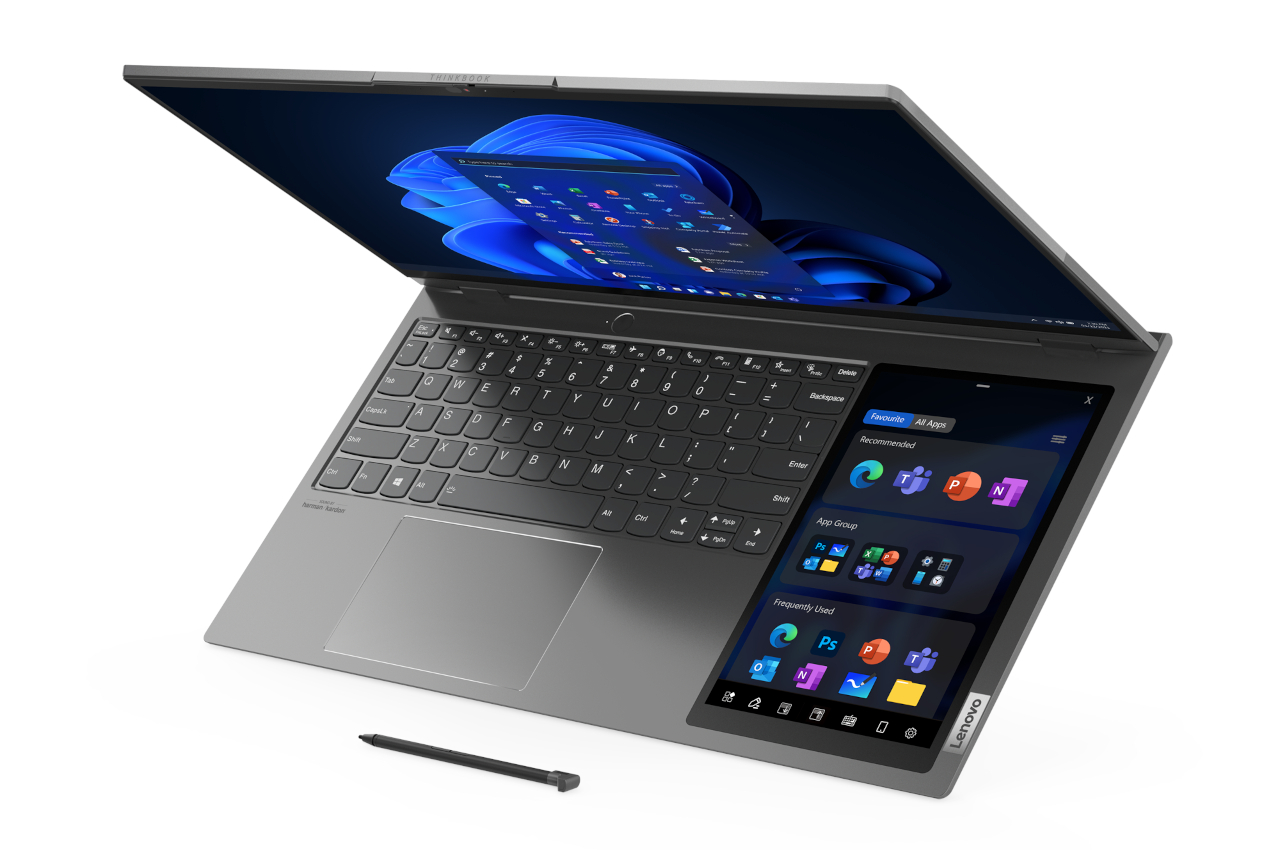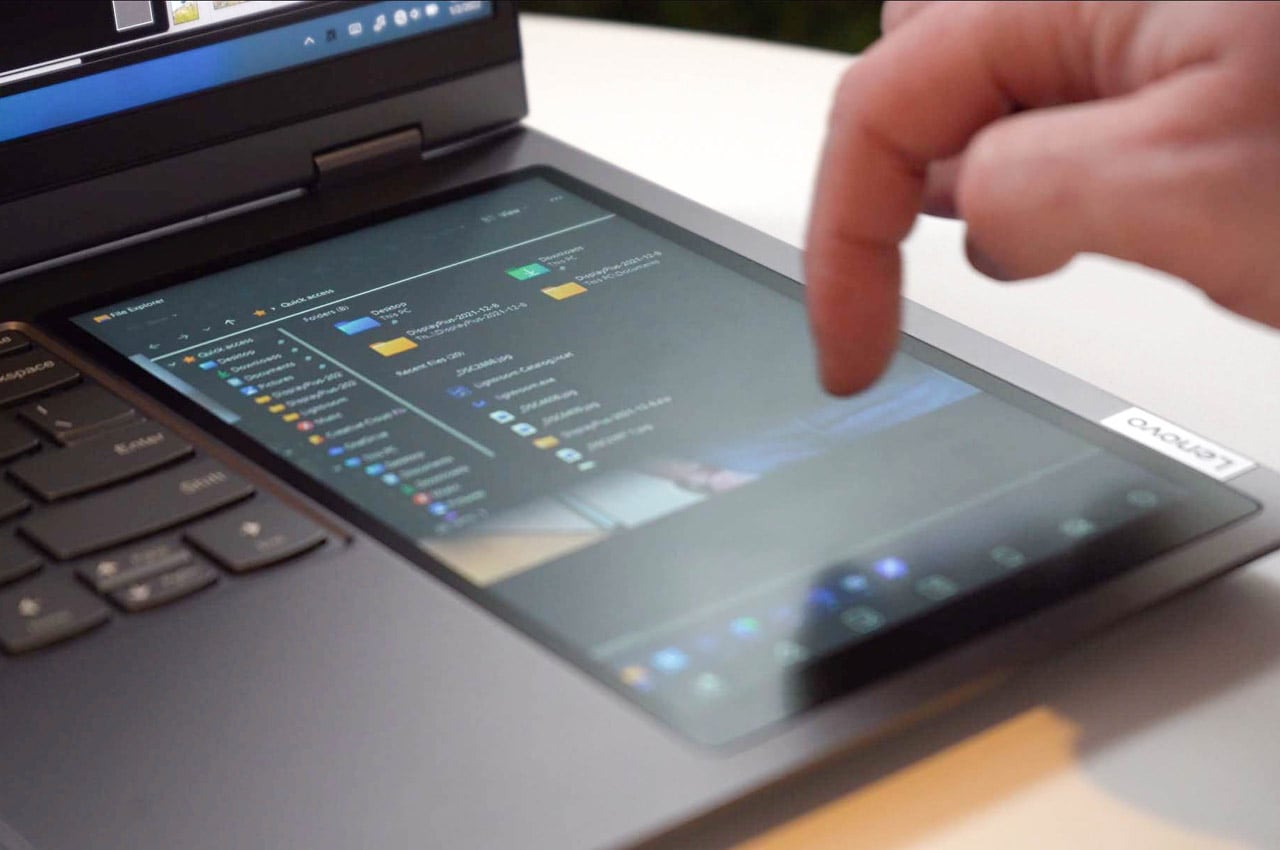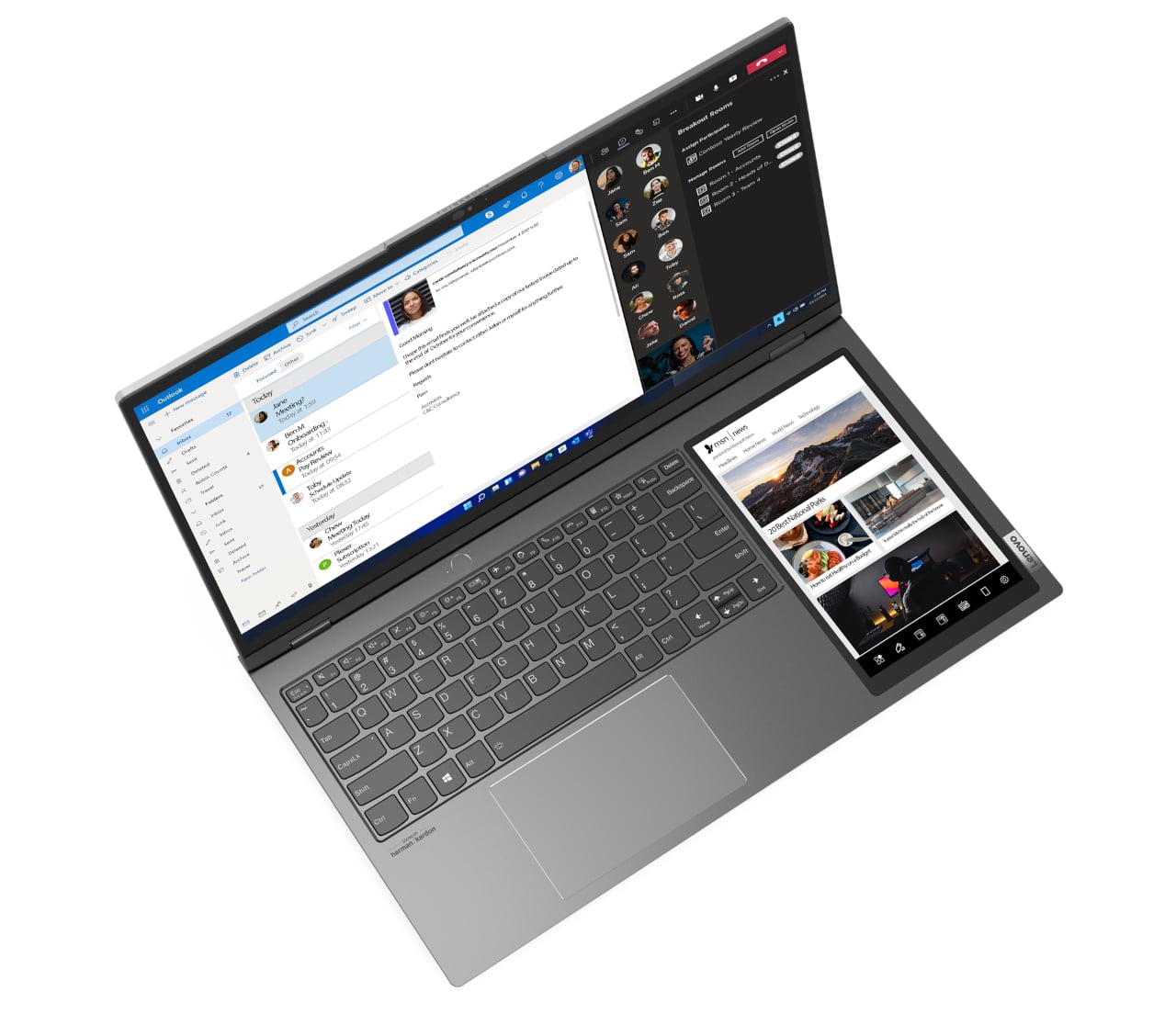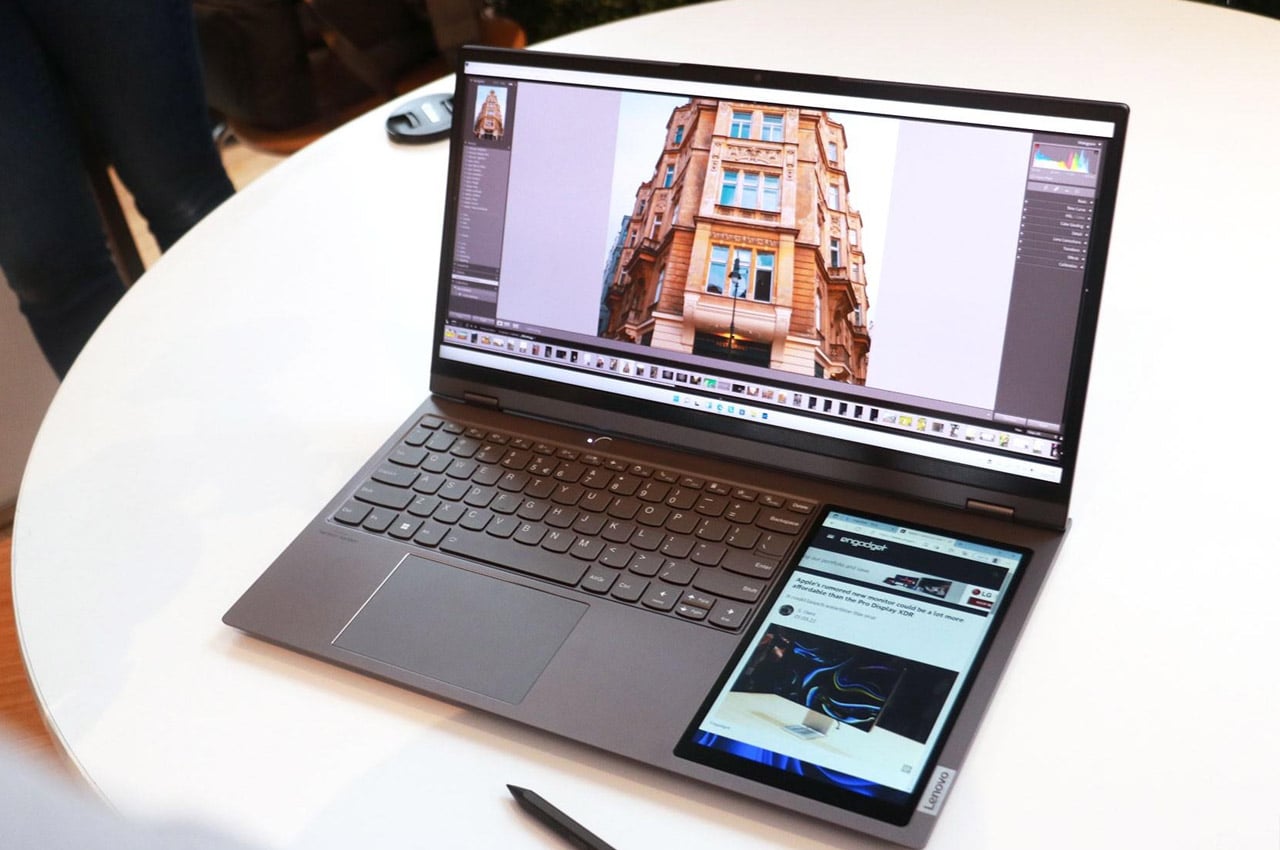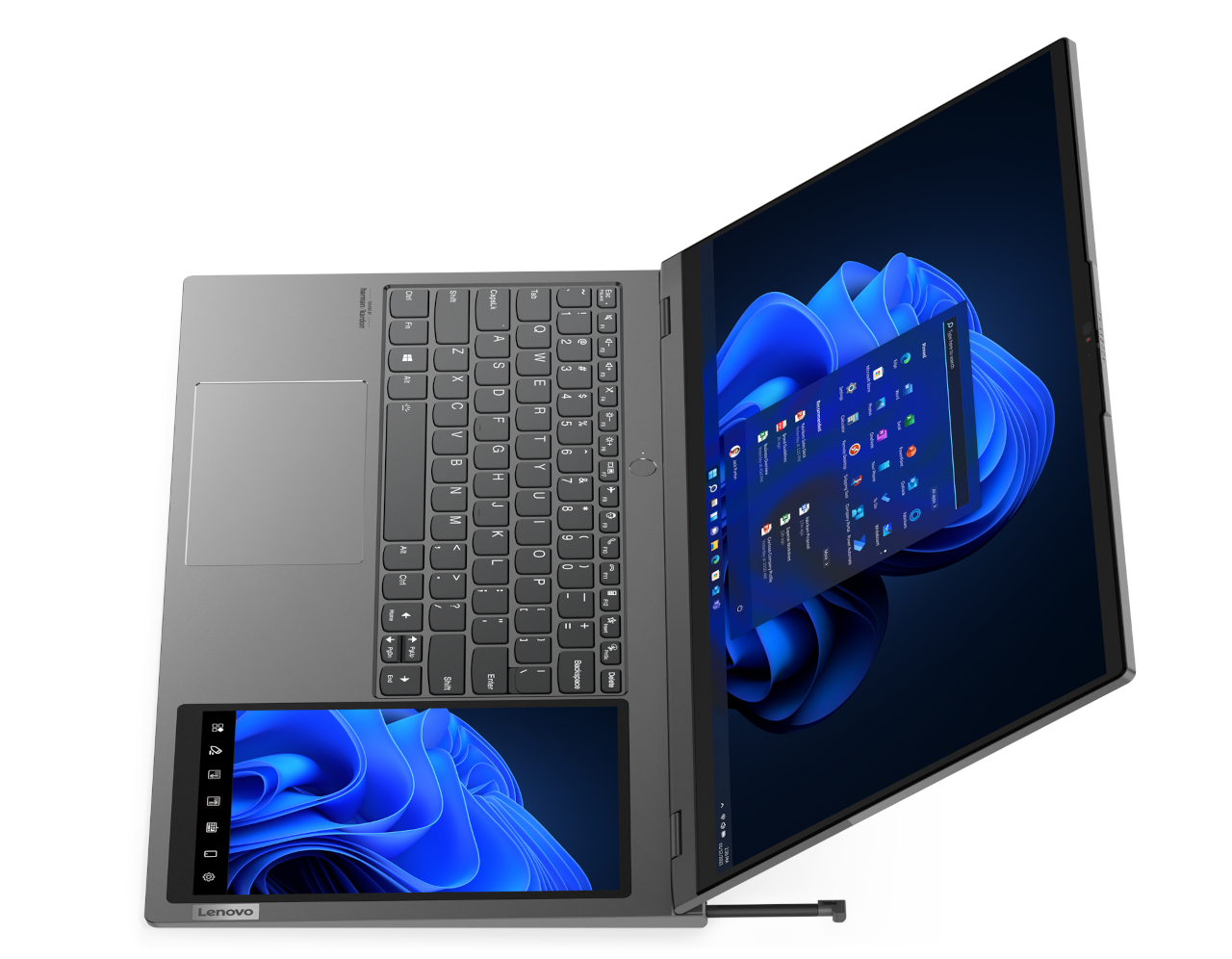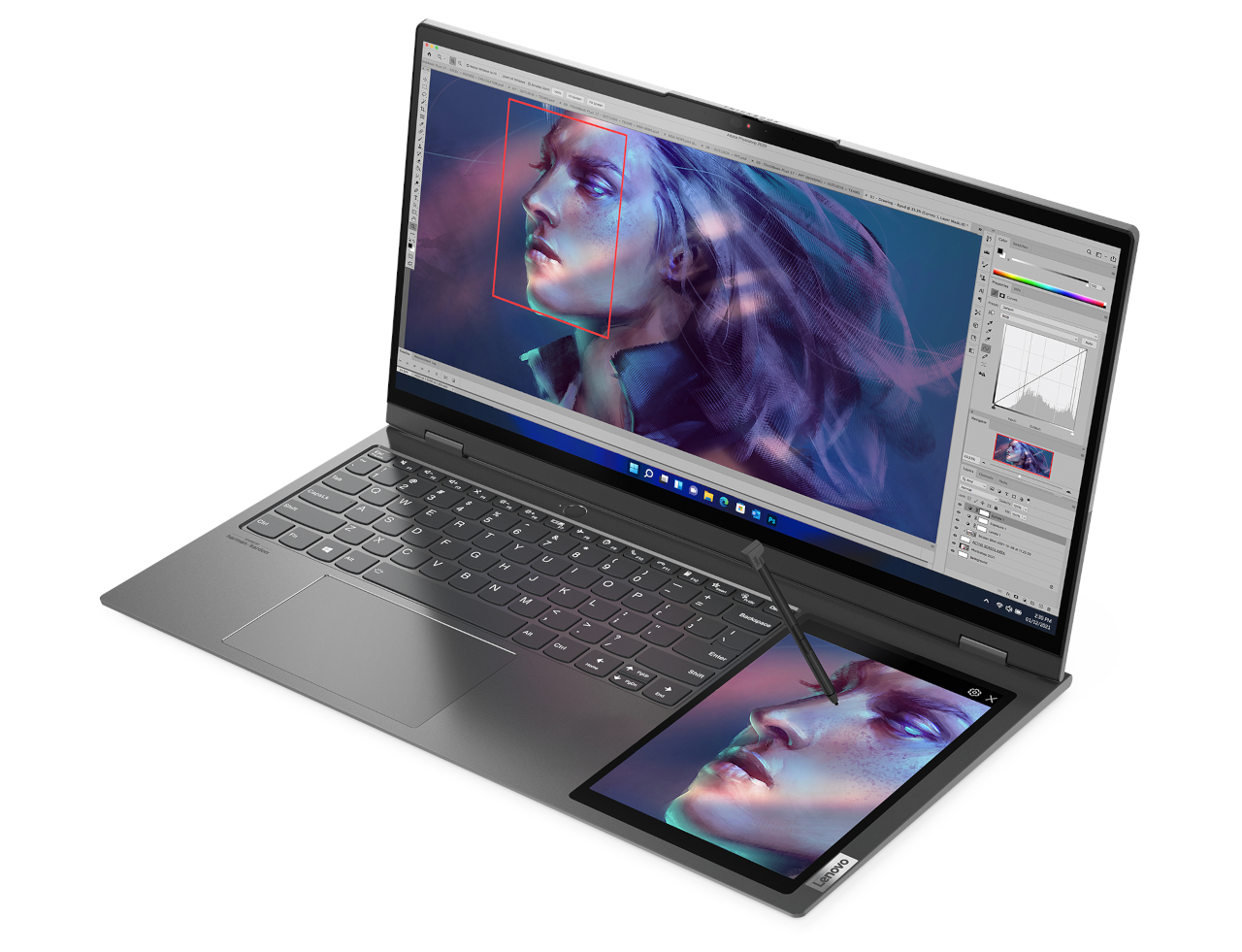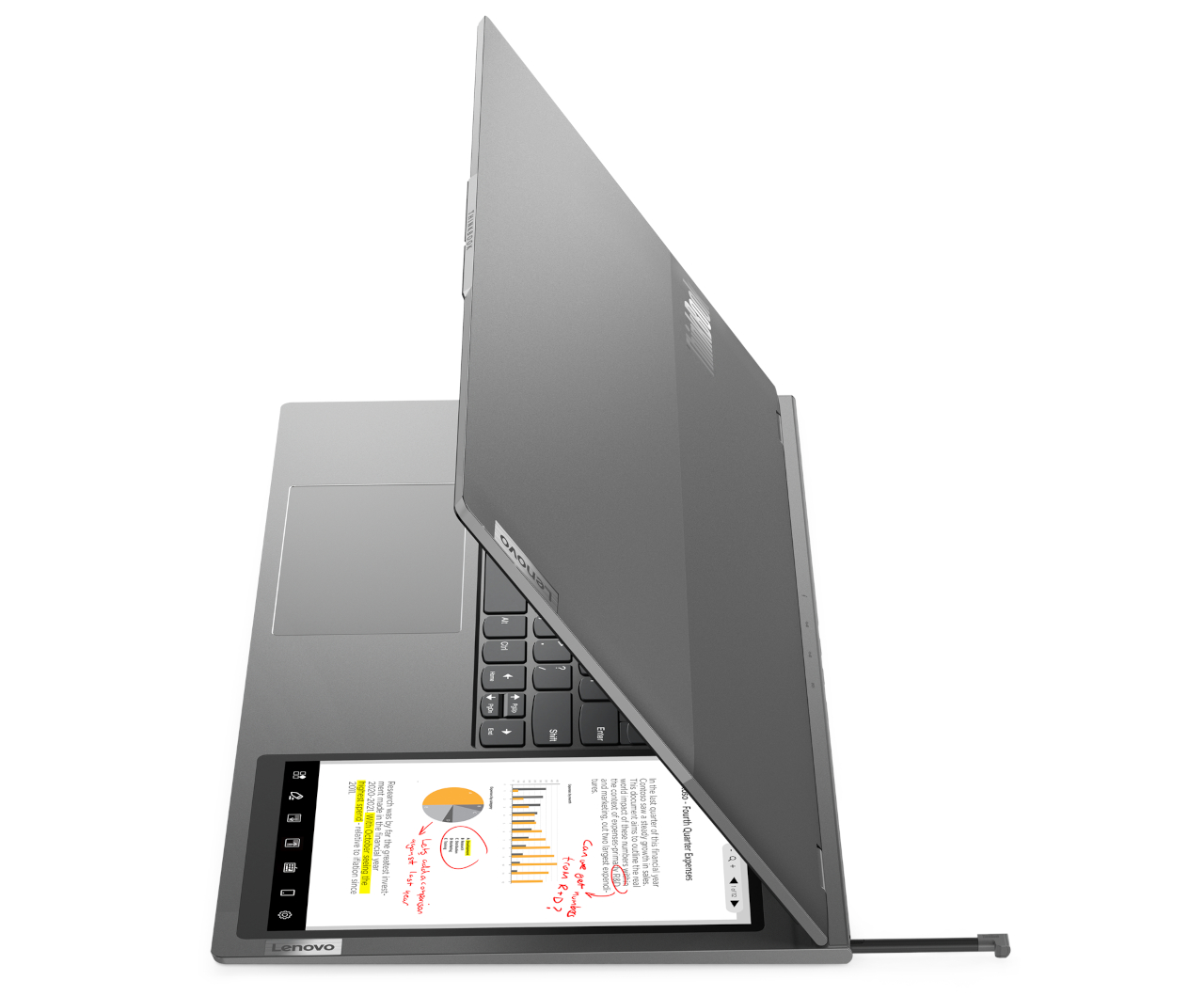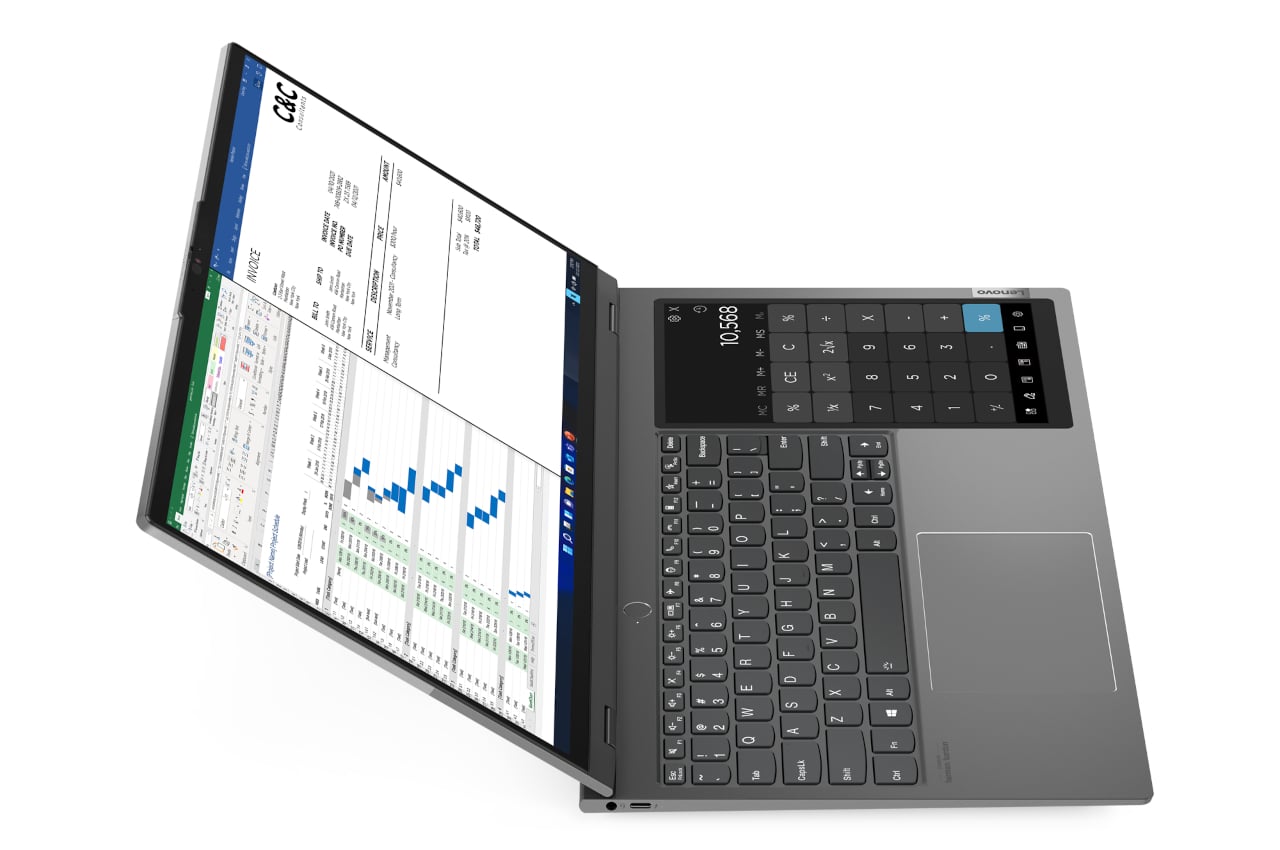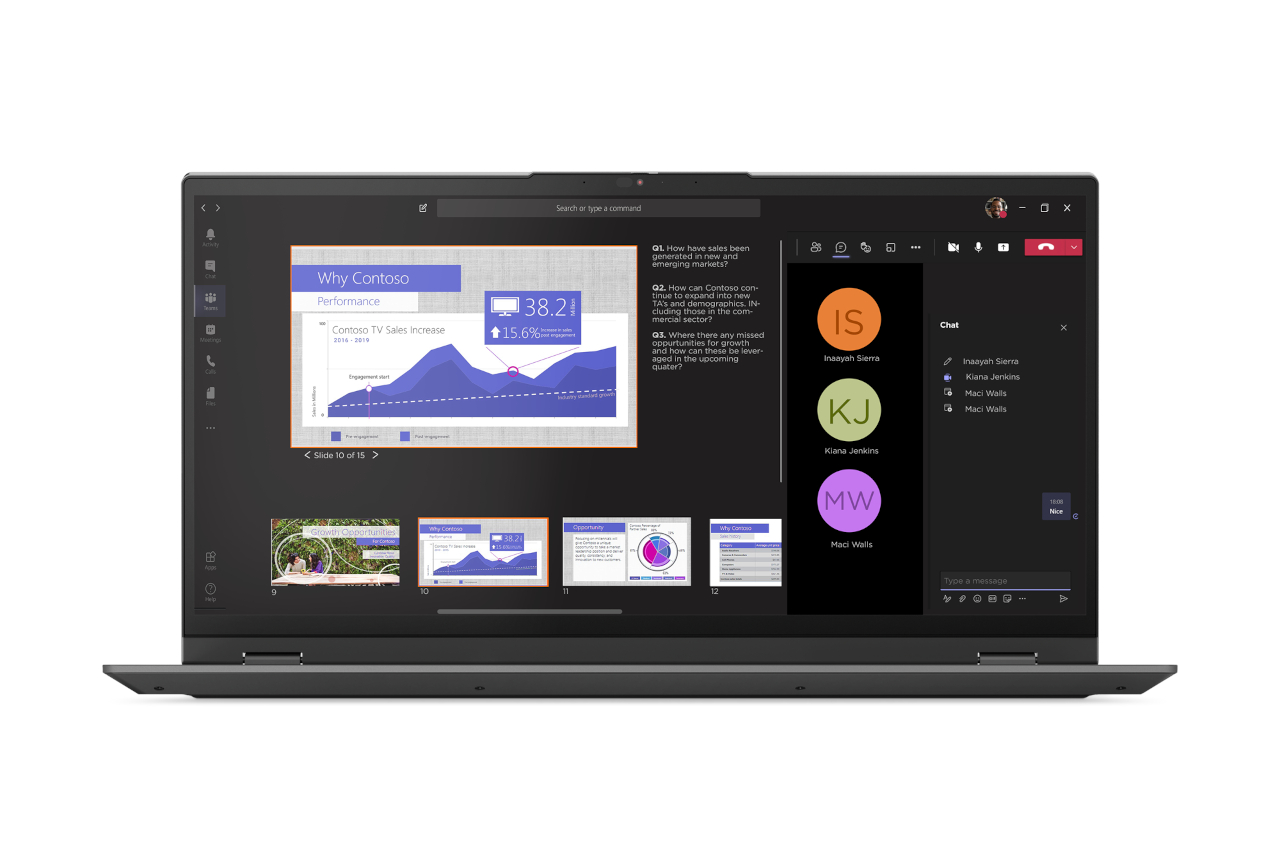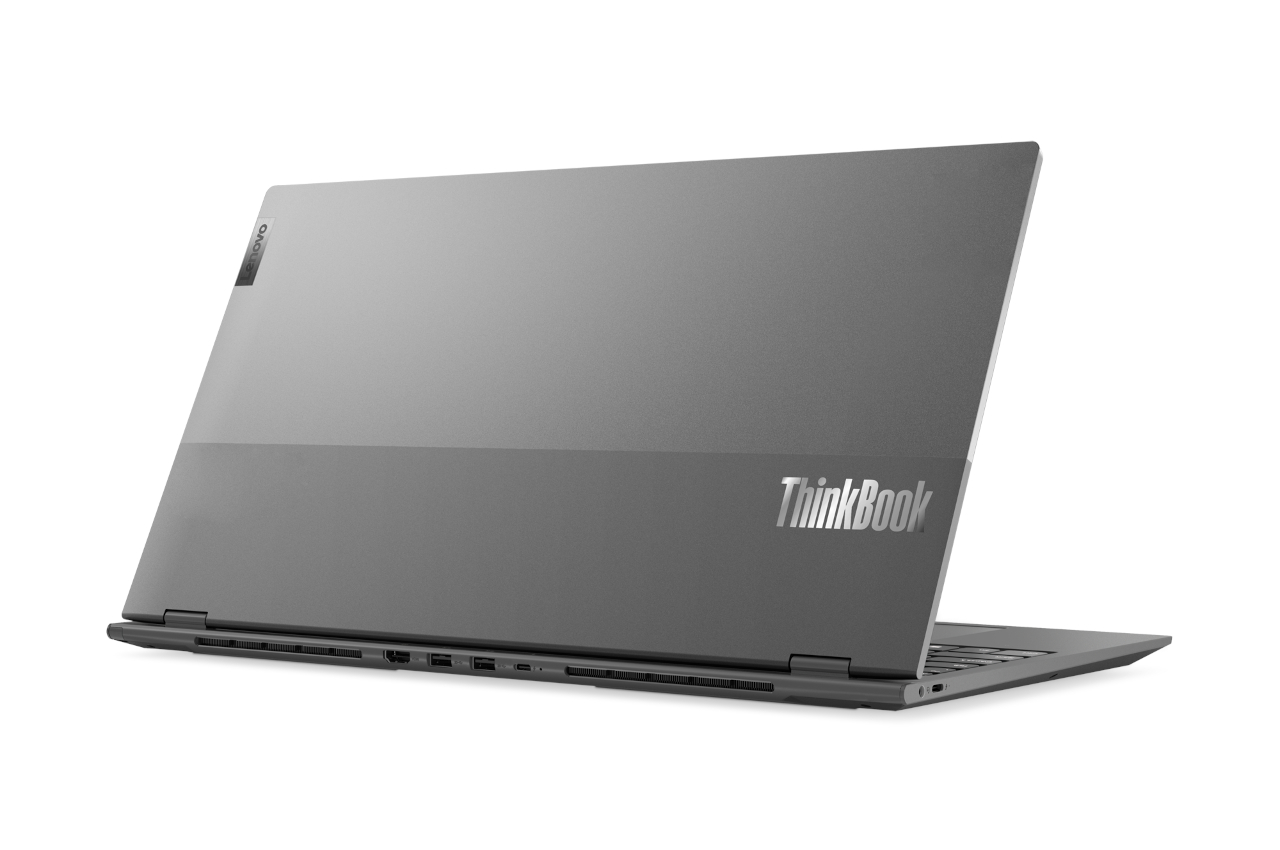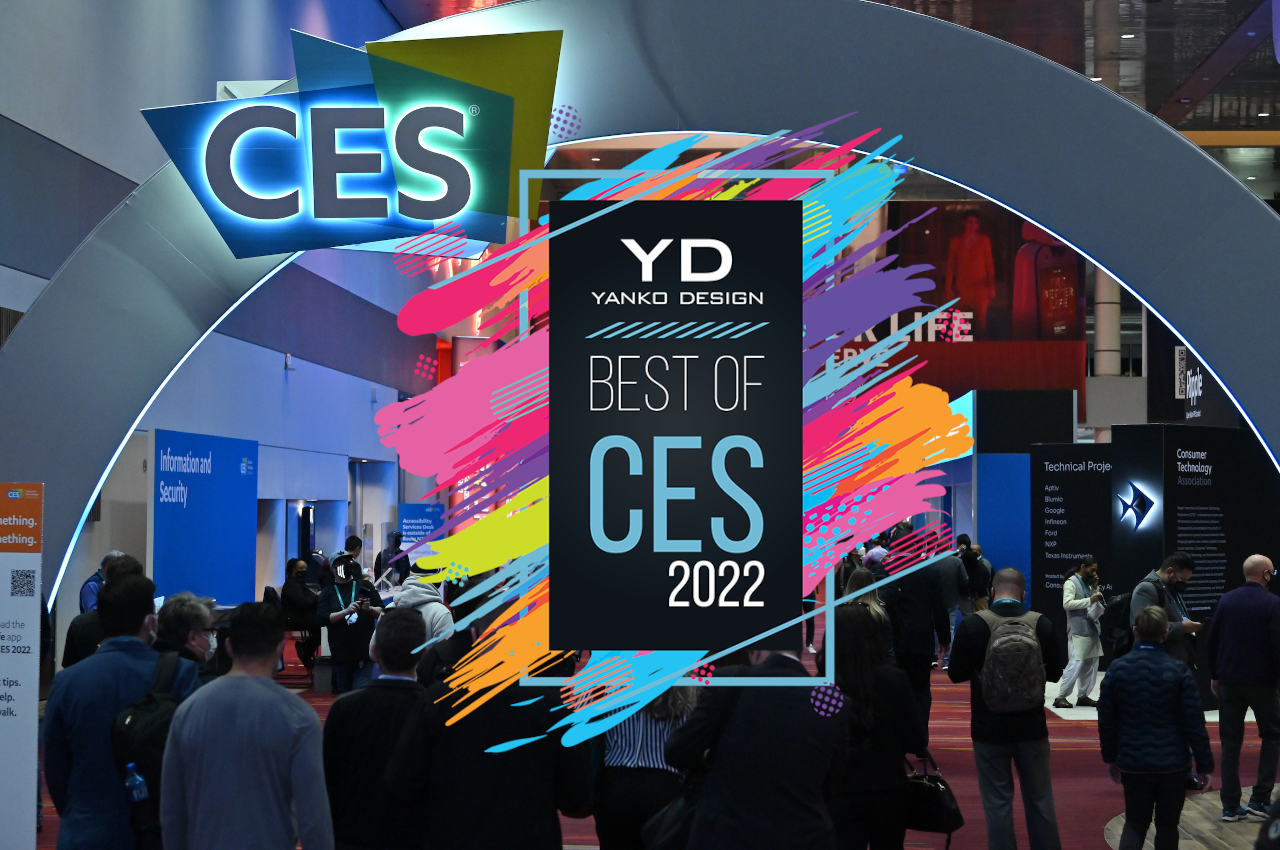
Here are some of the best consumer electronics we can look forward to this year or dream about in the near future.
The annual Consumer Electronics Show or CES has always been a time for companies to show off their latest and greatest consumer tech ideas and products. More often than not, it also acts as a barometer for the trends and directions that will eventually drive and affect people’s lives in the months to come, from mobile devices to AI to robots to, unsurprisingly, the metaverse. These products and concepts aren’t just pulled from thin air, of course, and they also showcase the thinking and work that goes into their design. Not all products are made equal, though, and some designs easily rise above others. Here are some of the picks this year showcasing some of the best product designs from CES 2022.
Samsung Freestyle
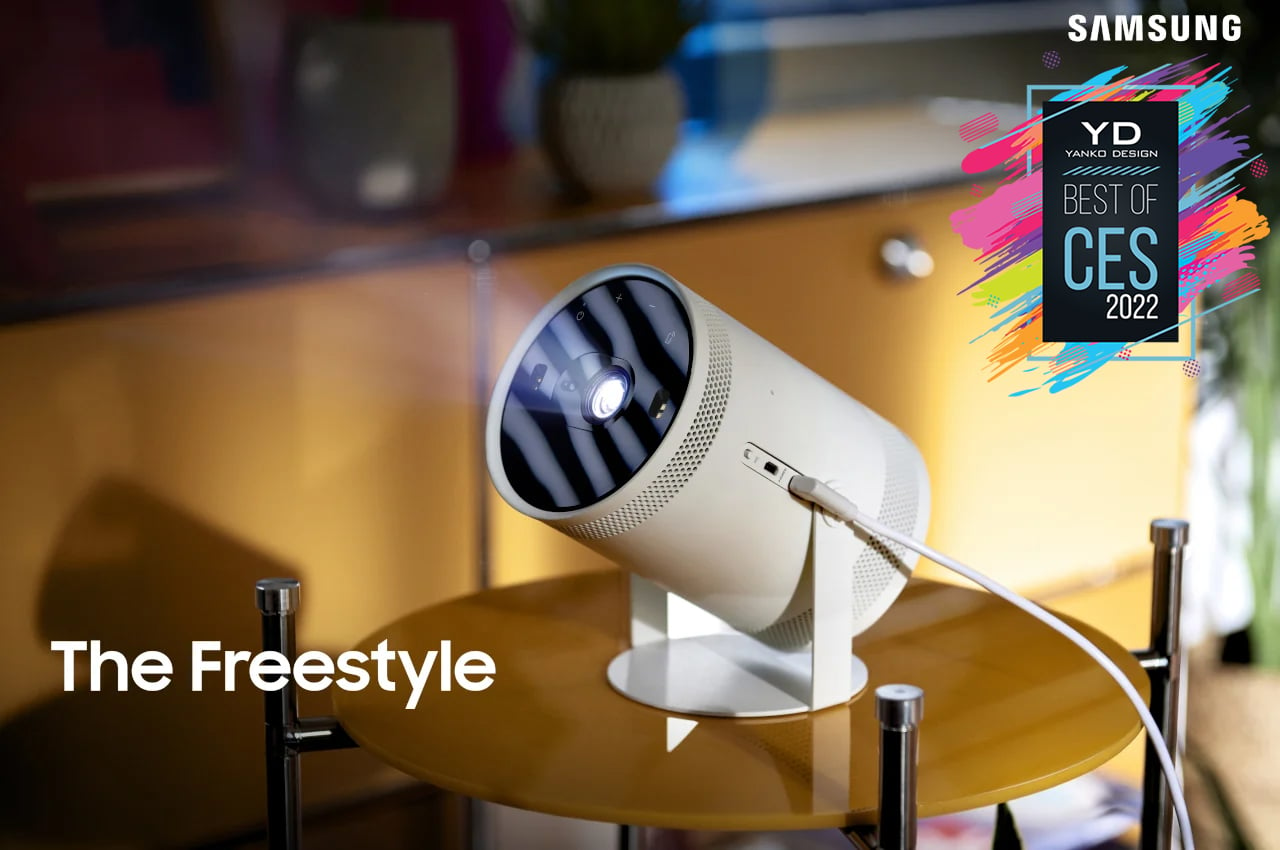
Smart projectors are almost a dime a dozen these days, even if they cost nearly four-digit figures. They come in all shapes and sizes, but Samsung’s latest entry into that market throws all design conventions out the window. It’s small, portable, multi-talented, and quirky. And it will be trying to put Samsung’s own smart TVs out of business.
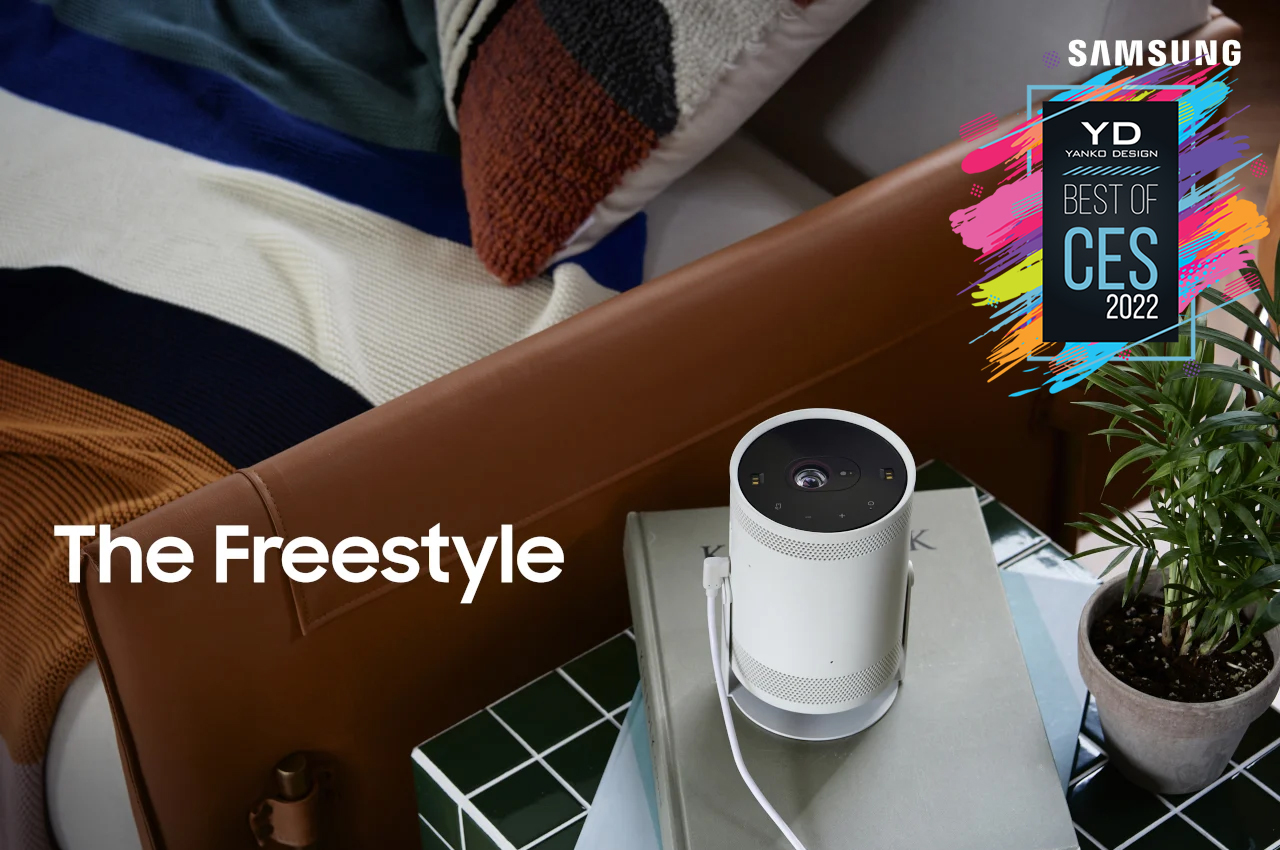
The Samsung Freestyle is part smart project and part smart speaker, with a little bit of ambient lighting on the side. Designed for Gen Z and millennials, it cylindrical device offers almost everything you need for a video binge, including Samsung’s smart TV software. It won’t outclass larger projectors when it comes to brightness, but you’d be hard-pressed to find one that’s as portable as this. All you need is a dark room, a flat surface, and a power bank, and you’re good to go.
Designer: Samsung
(Samsung C-Labs) Prinker
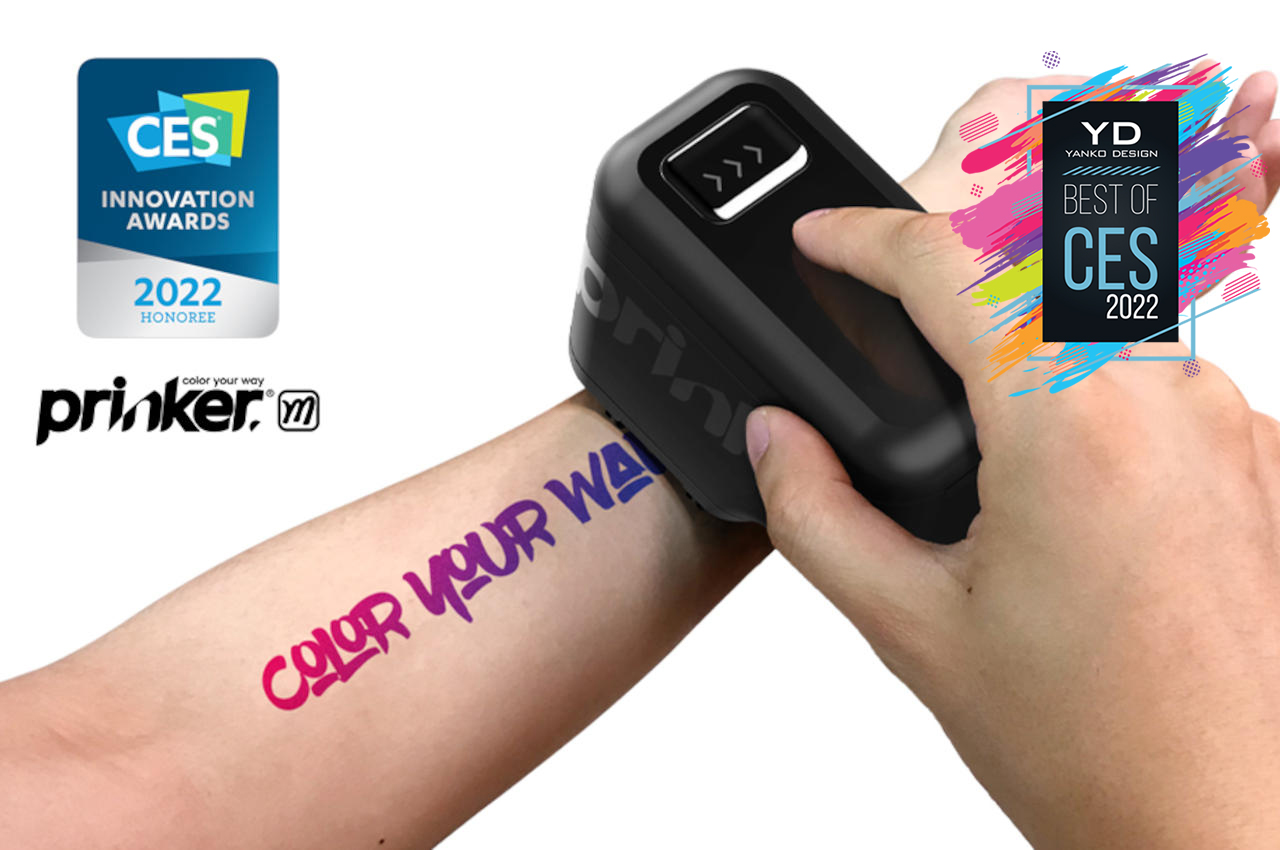
Although tattoos are historically serious business, they have acquired a certain element of whimsy in the modern age. Temporary tattoos and stickers try to offer a brief glimpse into that experience but come with their own sets of problems and limitations. More importantly, they aren’t fun, which is what Prinker is trying to solve.
Born from Samsung’s C-Lab skunkworks program, the new Prinker M makes printing temporary tattoos almost magical. You can select a design from the mobile app or create your own, slide the handheld printer over your skin, and voila! Instant water-proof temporary tattoo. The sign of great product design is that you don’t have to think about how something works, and the Prinker definitely pulls that off pretty well.
Designer: Samsung C-Lab
OneLife X
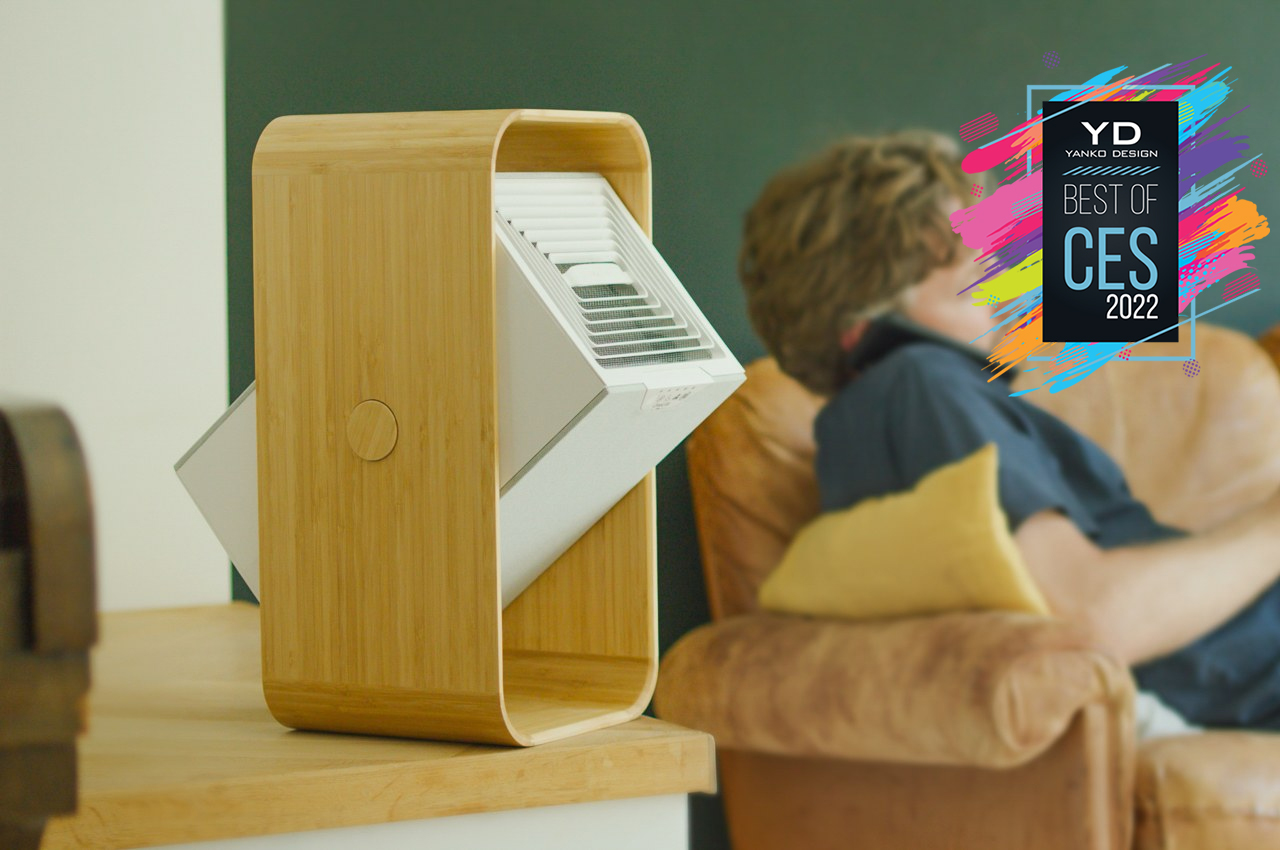
The COVID-19 pandemic has made people more concerned about the air they breathe, even at home. Although they don’t exactly kill the dreaded virus, air purifiers that help reduce the risks of getting sick have surged in popularity in the past two years. The OneLife X sounds like your typical air purifier if you simply read its features, but one glance at it, and you know it’s special.
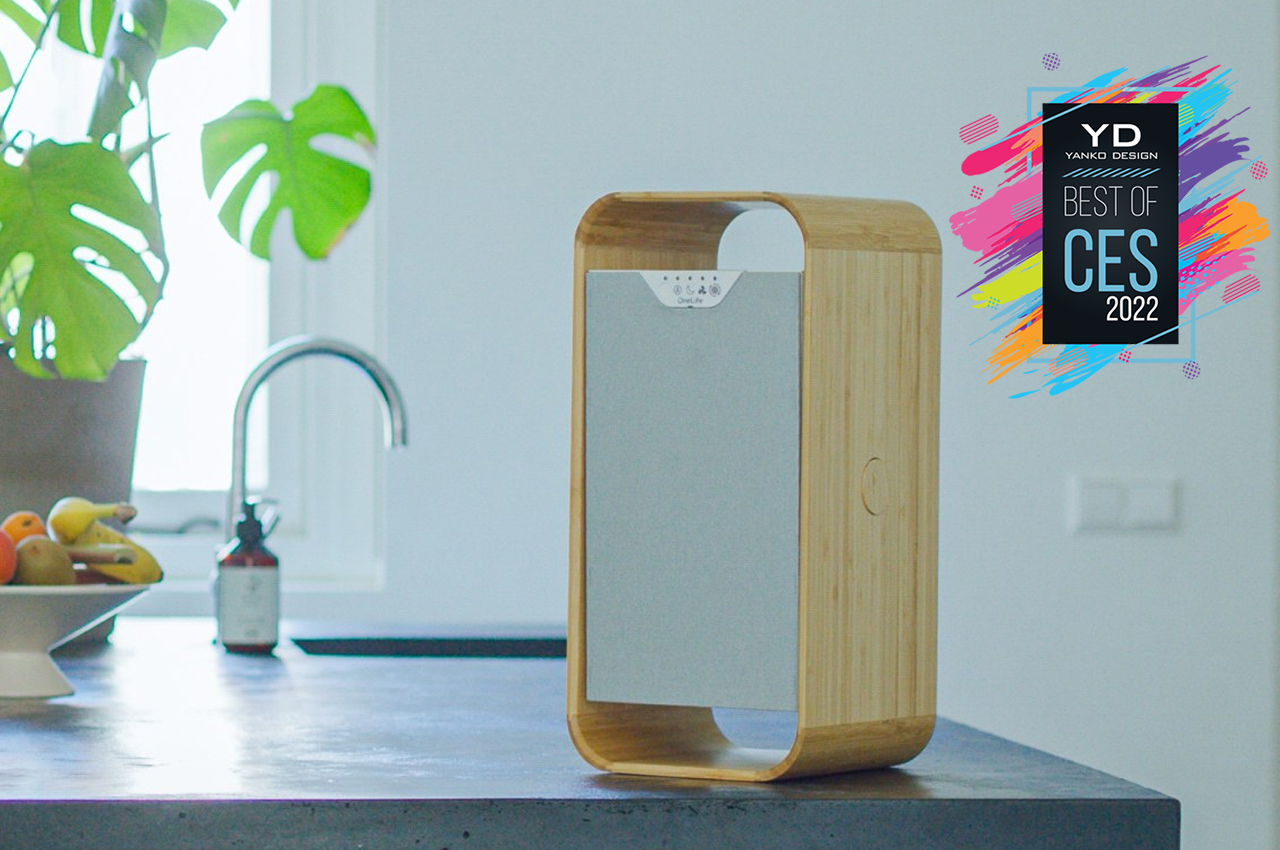
Aside from its use of advanced technologies like a laser plasma field to detect and purify the air, the OneLife X stands out from the crowd by being more sustainable. The filter, for example, is reusable and can easily be washed under the tap or even inside a dishwasher. The wooden outer body is also a big plus and looks handsome to boot!
Designer: OneLife
Labrador Retriever
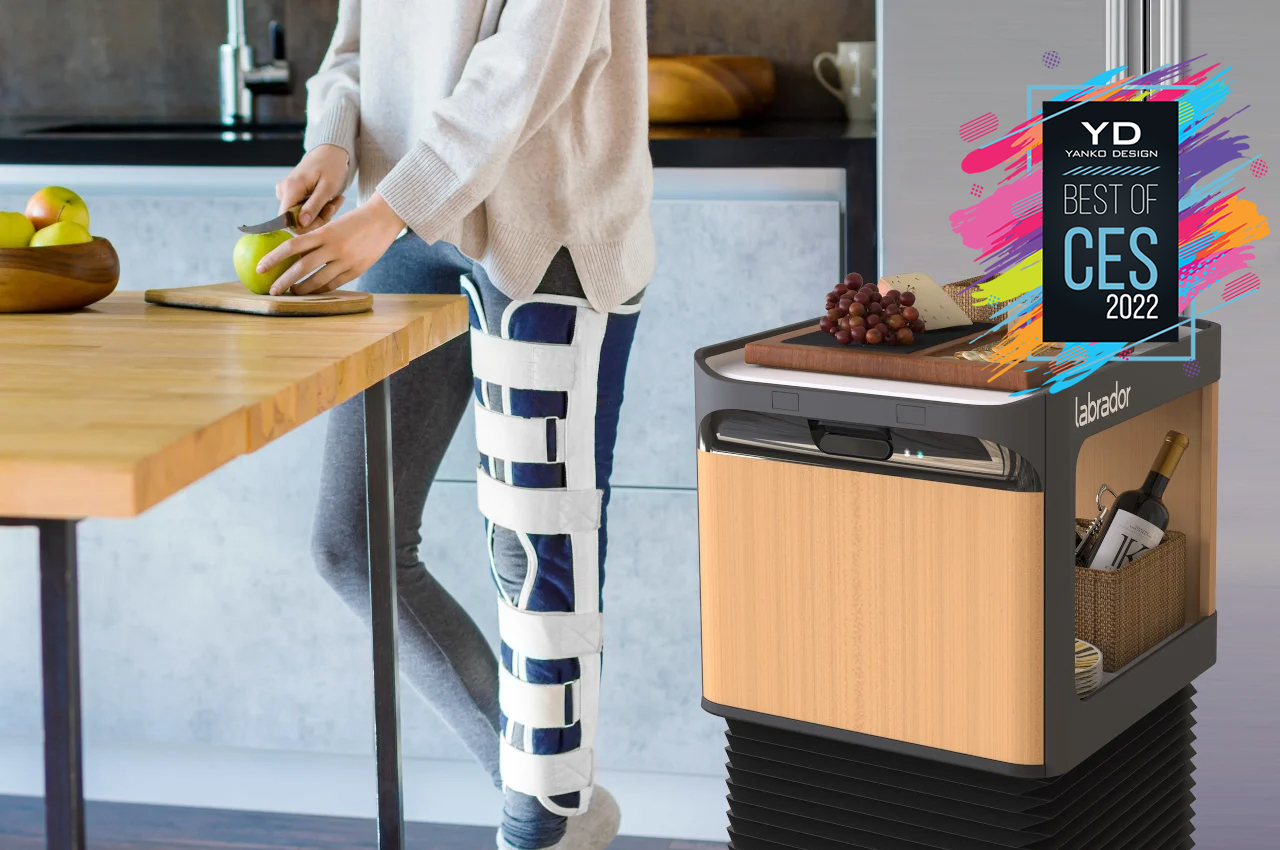
Robots are going to be part of our lives, whether we like it or not. These machines and AI might not completely take over our jobs just yet, but they are making their way even into our homes. Most home robots, however, are either toys or vacuum cleaners, but Labrador Systems designed a new robot that is a bit more homely. And despite its name, it doesn’t resemble a dog or Boston Dynamics’ Spot, for that matter.
This shelf on wheels can bring you your medicine or carry your laundry for you, all without you having to push or pull it to submission. Although everyone can benefit from this smart roving storage, the Labrador Retriever and Caddie are primarily designed for those with more limited physical capabilities. They also won’t look out of place standing with your minimalist furniture for those times when you don’t need it at your side.
Designer: Labrador Systems
Baracoda BCool
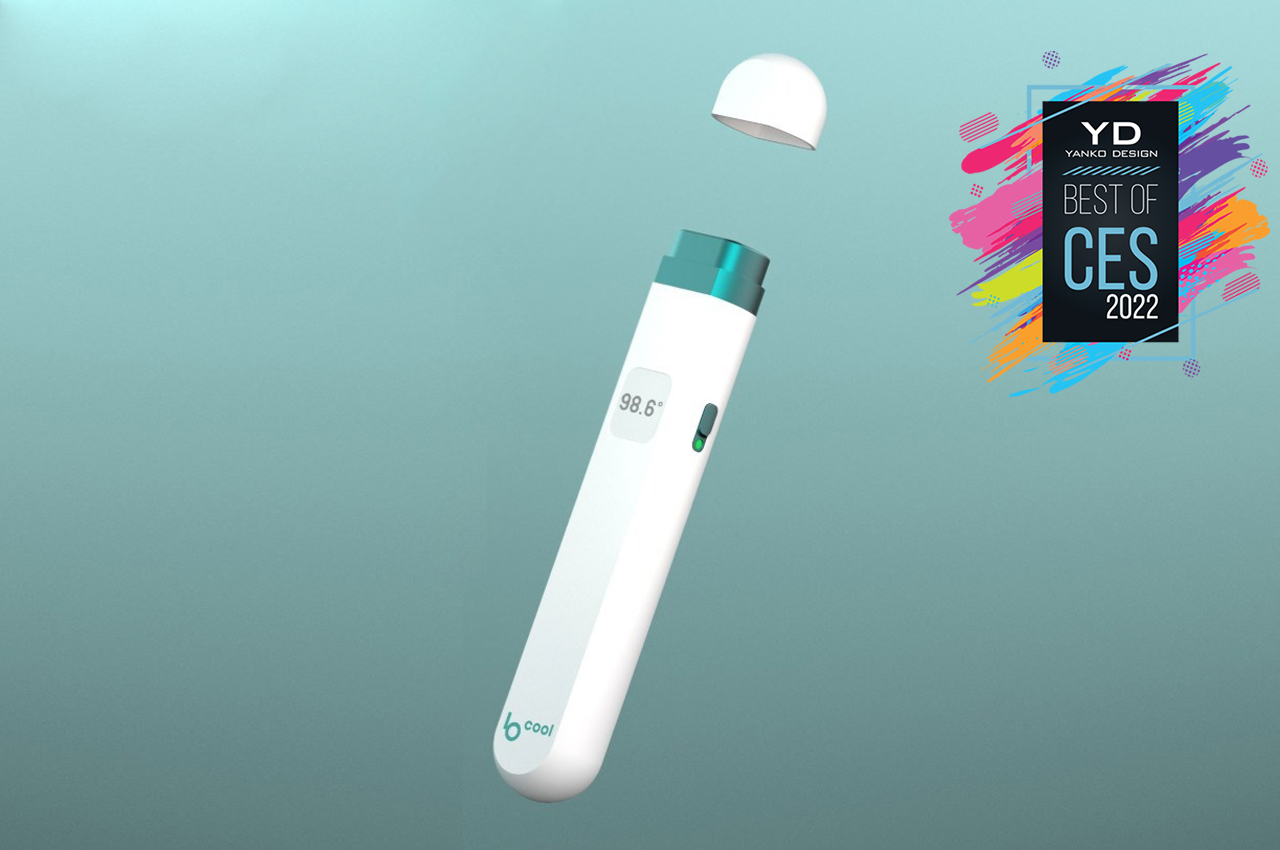
Medical and health-related gadgets have been popping up left and right as more people become concerned and conscious about their physical well-being. That, unfortunately, also means a rise in the use of plastics and other environment-unfriendly materials that are used to make these products. Digital thermometers have become one of the most common gadgets in this category, and Baracoda is launching one that keeps an eye on the environment as much as your temperature.
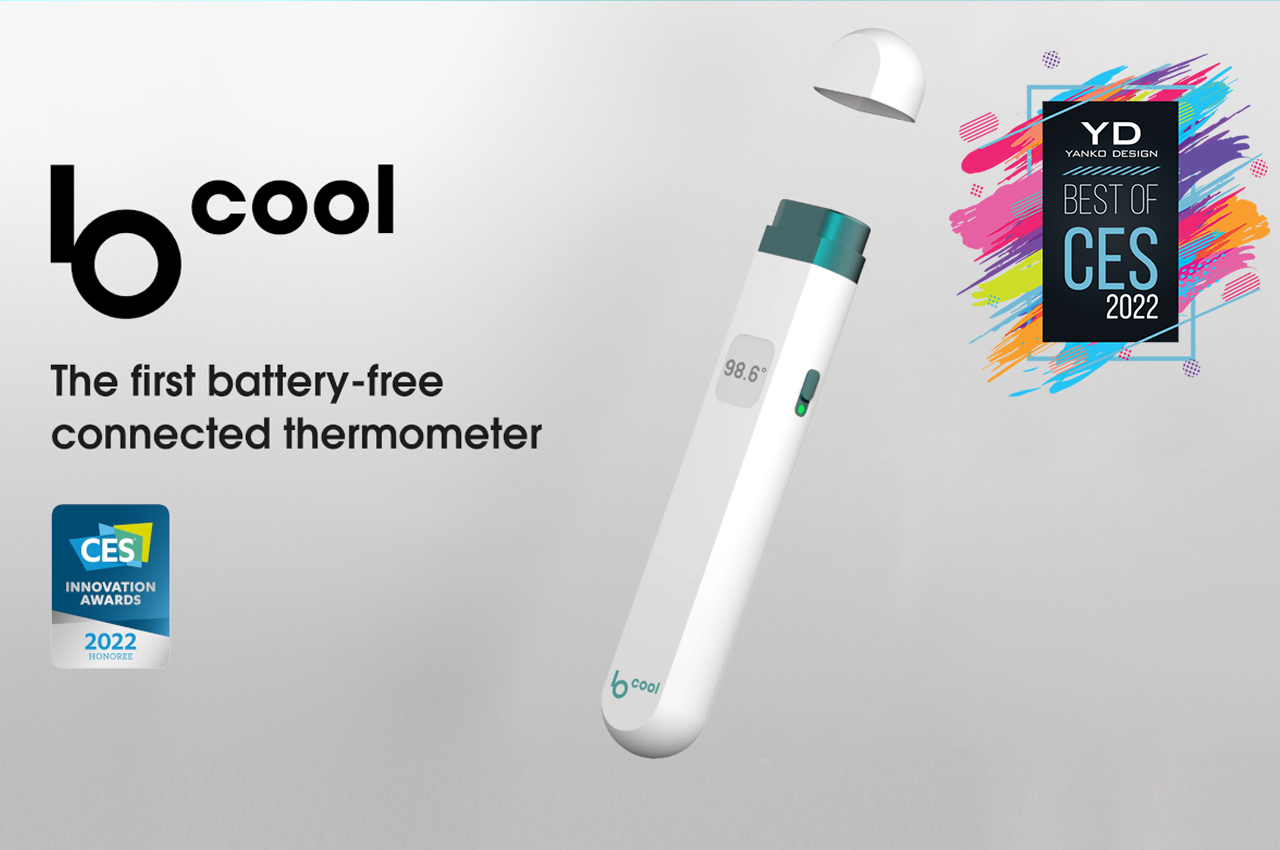
The BCool thermometer eschews batteries that almost all digital thermometers use, relying instead on kinetic energy to power the tool. Give it a few shakes, and then hold it near but not on your forehead to get a reading. No skin contact is required, making it also safe to use between different people. The device probably still uses non-recyclable or non-biodegradable materials, but it’s still a positive step forward towards making common tools like these more sustainable.
Designer: Baracoda
Albert 2 Pro Foot Scanner
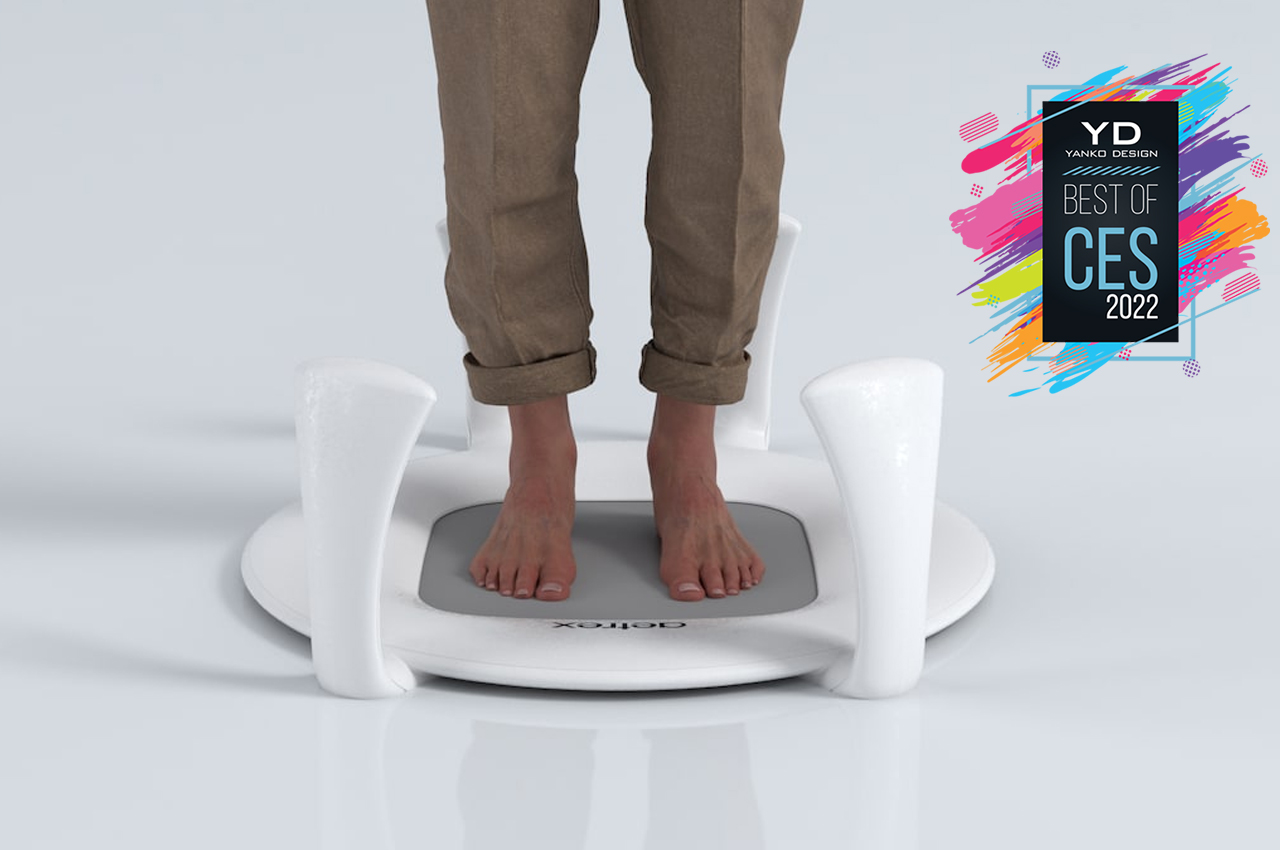
The ongoing pandemic has changed a lot of things in our lives, from the way we work to the way we buy things. Stores have also implemented their own systems to minimize health risks, but those don’t always work for all retail products. Footwear is particularly tricky to get right, especially without first-hand (or foot) in-person fitting. That’s where Aetrex comes in with an almost futuristic way to get your foot size and shape.
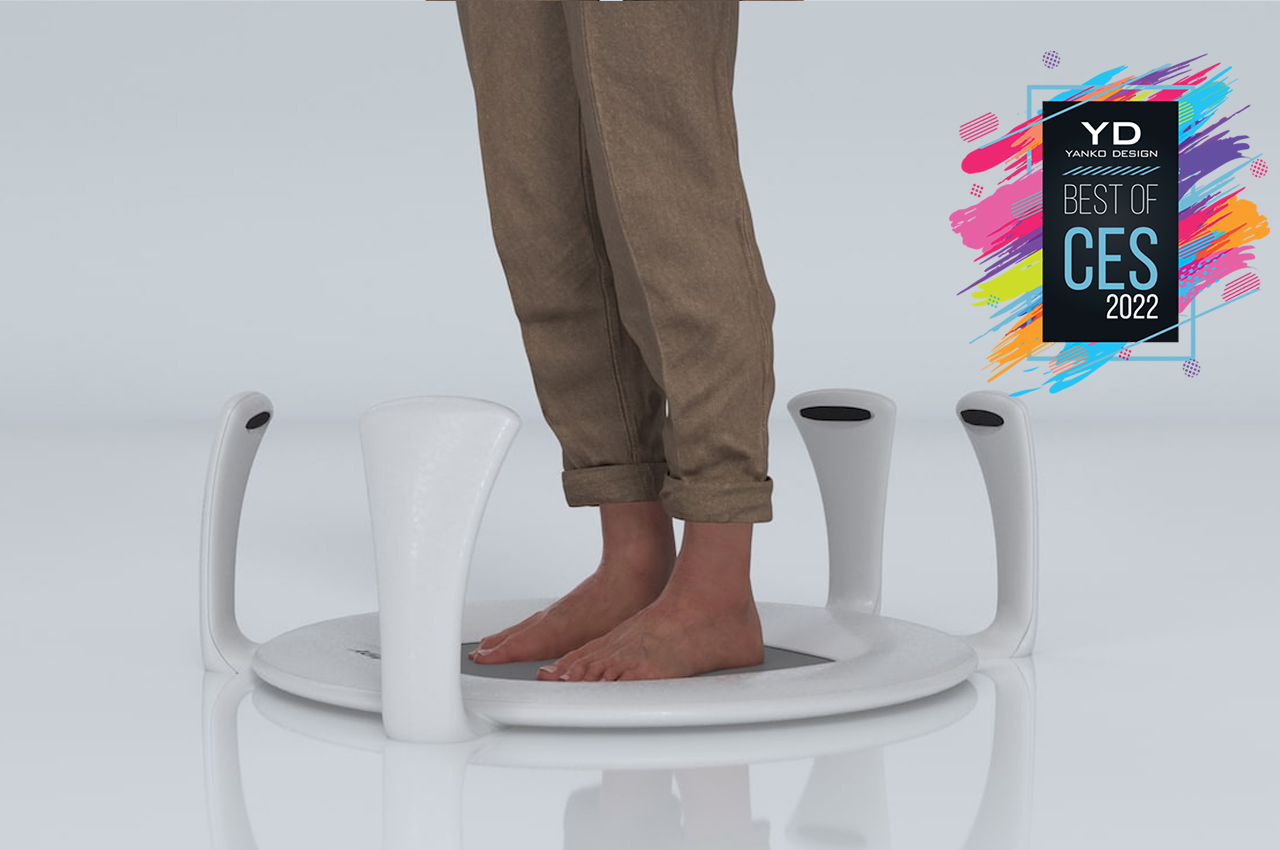
The Aetrex Albert 2 Pro looks almost like a sci-fi prop, one that you step on to potentially teleport you somewhere. In reality, it’s a 3D scanner that makes it almost trivial to find the right shoe or orthotics to fit your feet. Adding to the futuristic feel is voice control, ensuring that only your feet make contact with the scanner and never your hands.
Designer: Aetrex
Anssil Mattress
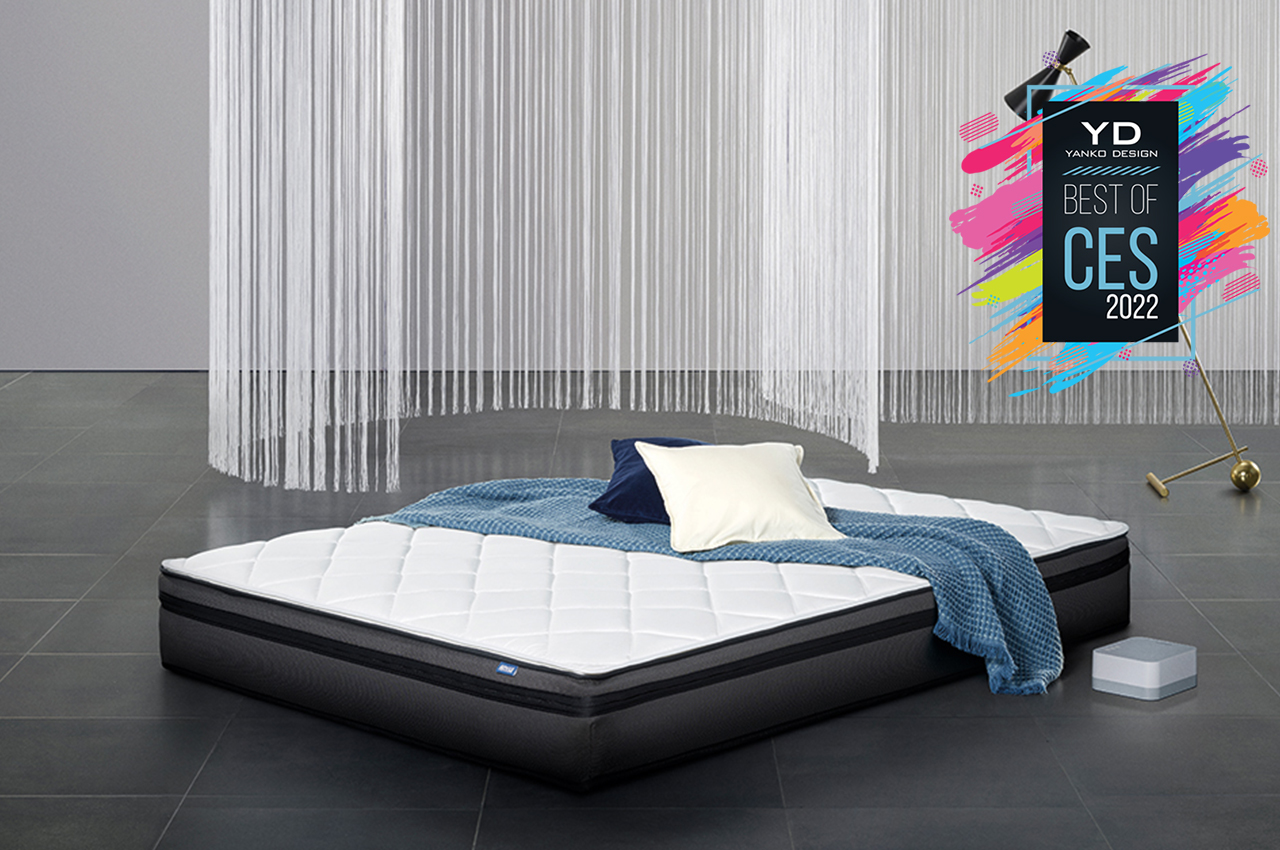
Given its name, you’d expect that everything at CES will be about electronics. Technology, however, doesn’t always involve processors, circuits, and electricity. Sometimes, the most impressive consumer tech products are those that don’t even have those, applying instead smart materials, innovative manufacturing, and, of course, good product design.
The Anssil Mattress is one example of that, using specially woven “3D” strings to replace the use of springs. The mattress does have some external electronics in the form of a cushion control that can increase or decrease the tension of those threads to soften or harden the mattress. It’s definitely an interesting and impressive demonstration of ingenious product design that doesn’t rely on hi-tech electronics and AI to function.
Designer: Anssil
Roborock Auto-Empty Dock
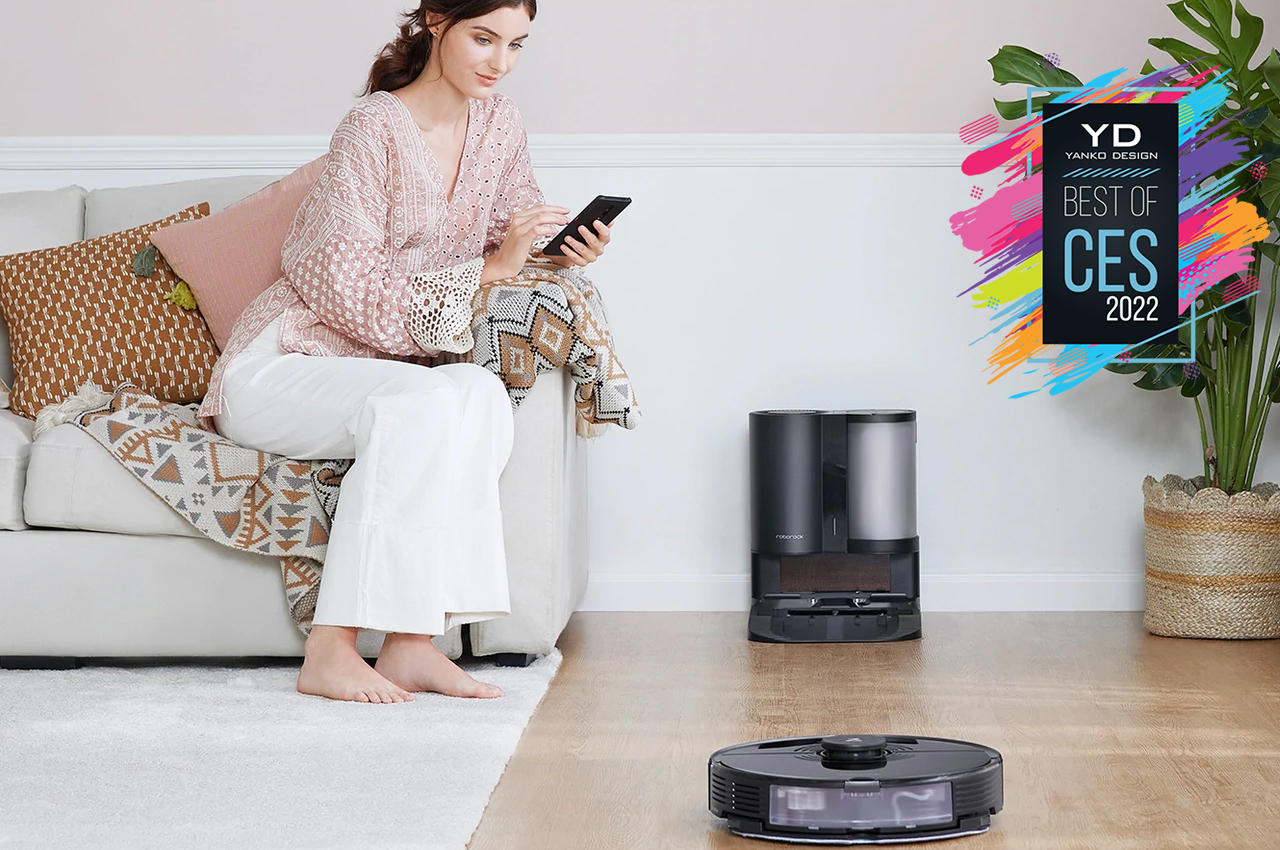
Robot vacuum cleaners no longer look like oddities today, and many of them are starting to look or sound similar in design and features. That includes how you often have to manually clean out the robot’s dust bin, potentially exposing you to harmful particles. A veteran in this market, Roborock has finally figured out how to minimize how often you’ll have to empty out the bin.
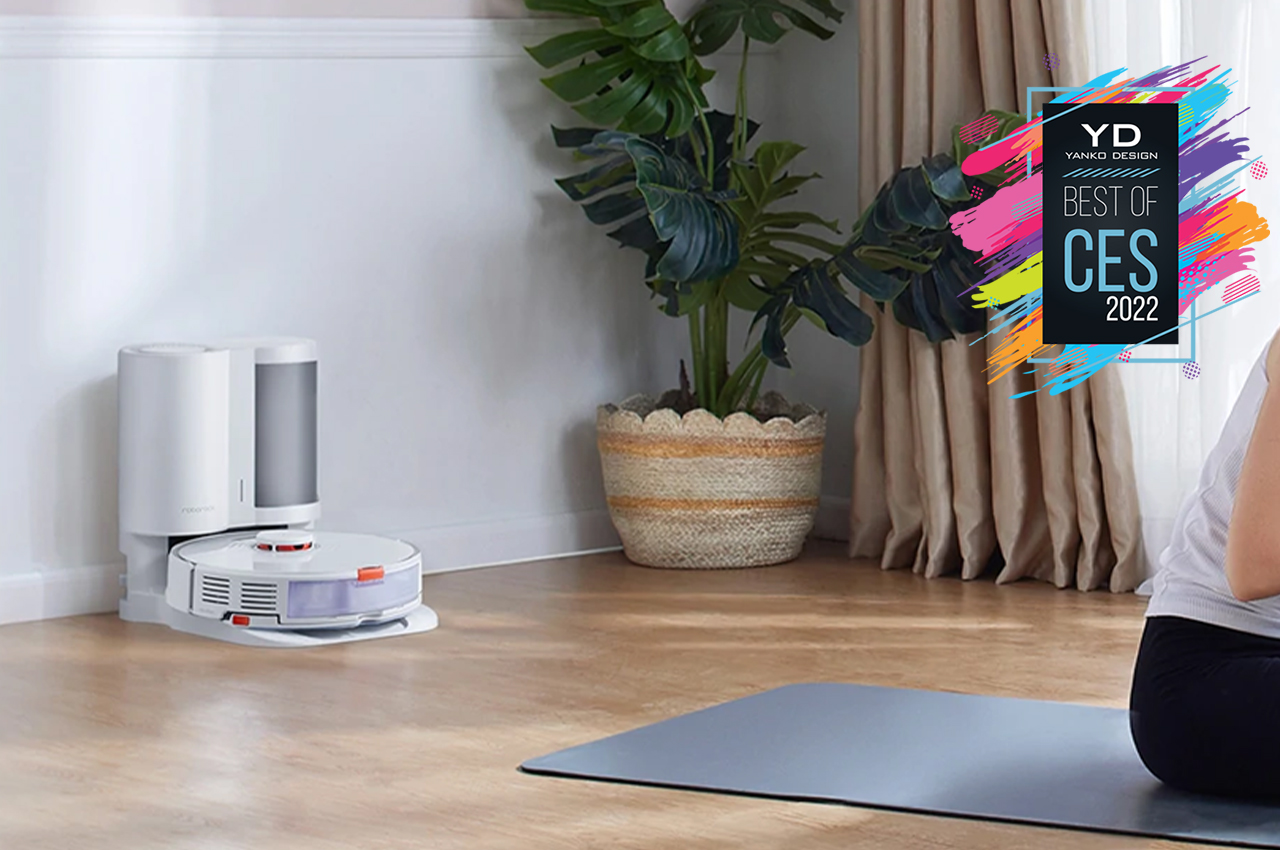
Roborock’s Auto Empty Dock system sucks the dust, dirt, and other unwanted things that the vacuum cleaner accumulated in its bin and transfers them into a bigger bin. That bin will eventually need to be taken out, but the 3.0L bag automatically seals itself when you’re about to do that. As an extra feature, that dock also acts as an air purifier for your room.
Designer: Roborock
LG PuriCare 360 Air Purifier

While the OneLife X definitely takes the crown when it comes to sustainability, there are times and instances where you might need a more powerful solution to protect your family’s health indoors. There are plenty of solutions available from big brands, but LG’s latest goes the extra mile by also minding the pets that live with you. And it does so in a form that doesn’t take up too much space in the room.

The new LG PuriCare 360 air purifier combines some of the company’s best features in this category. Pet Mode, for example, pulls in even strands of fur and hair that could cause allergies or breathing problems. It also has AI that detects which part of the room has the most air contamination and automatically rotates to face the problem head-on.
Designer: LG
XGIMI Aura
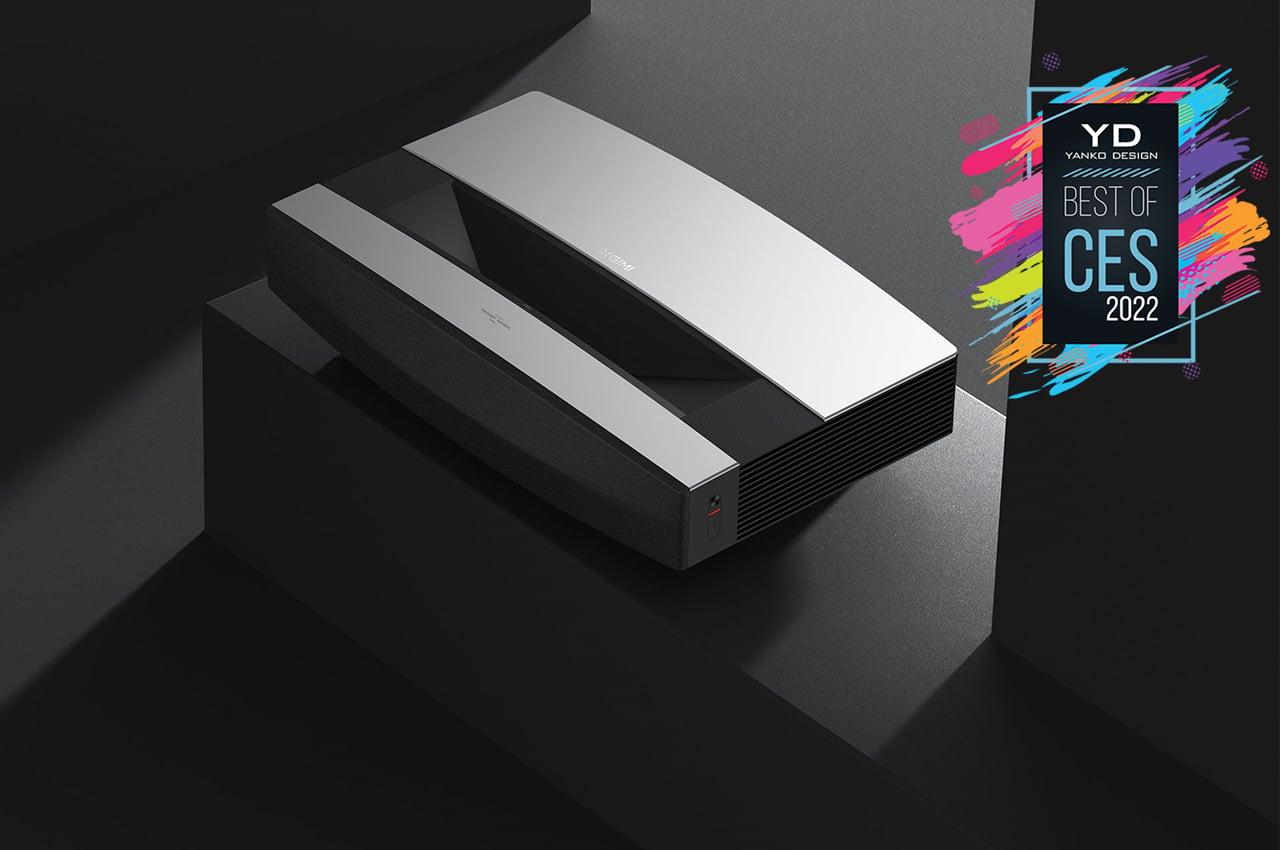
The Samsung Freestyle might be cute and portable, but when it comes to a serious cinematic experience, it might fall short of a few desirable specs. It stops at 1080p Full HD content, for one, and really requires you to have a dark place to watch in. If you want the full shebang, XGIMI’s new Aura 4K Ultra Short Throw Laser Projector will do nicely.
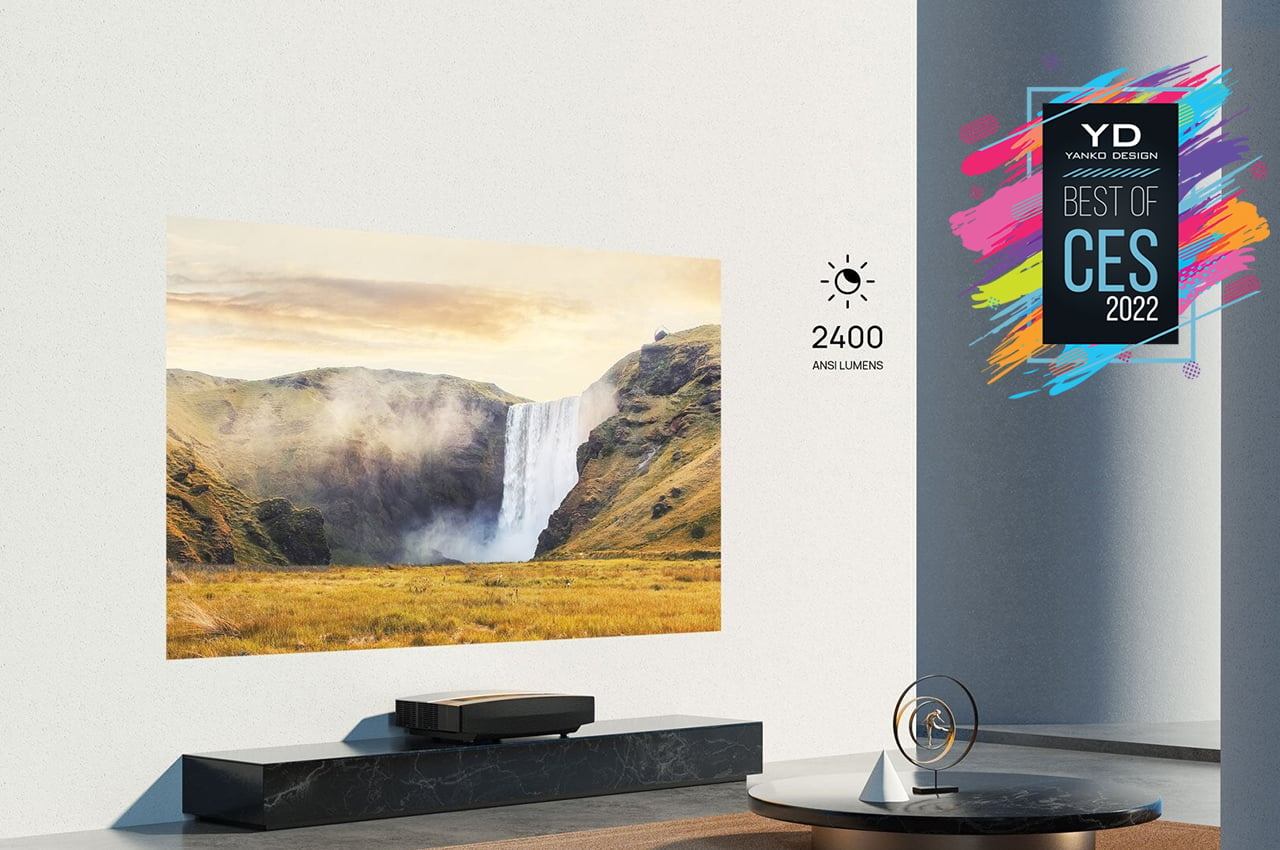
Yes, it’s quite the behemoth of a project, so you’ll probably want to keep it in a single place. Its sleek exterior and slightly curved top do give it a bit of charm and won’t mar the pristine interior design you’ve chosen. More importantly, its close range means you won’t have to set it up in the middle of the room when you need to use it.
Designer: XGIMI
Honorable Concepts
Not all the impressive things on the CES 2022 showroom floor made the cut, especially those that lean more towards the conceptual side of the fence. Here are some “honorable mentions” of designs we do wish would become a reality sooner rather than later.
Razer Project Sophia
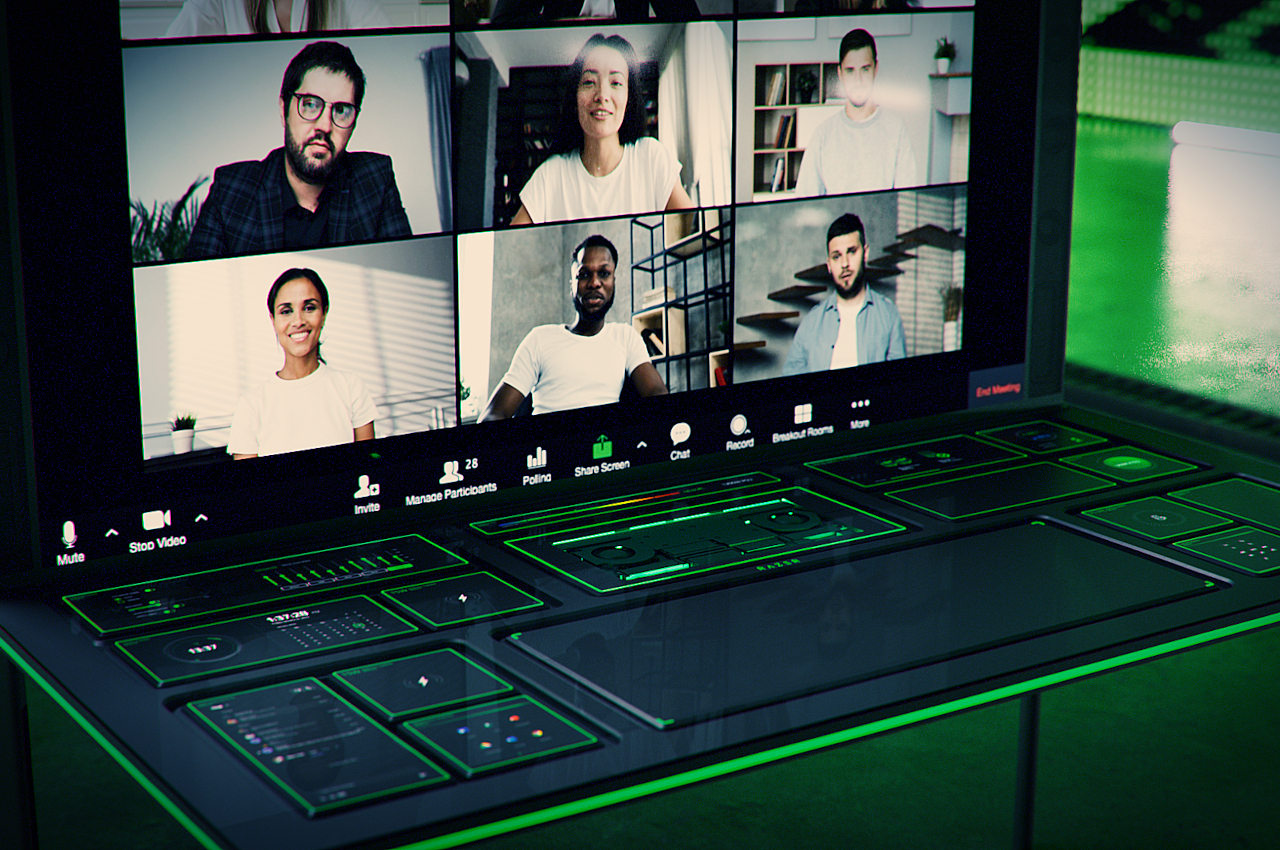
Razer’s idea for a modular desk will save many creatives and workers not just time but also space and money. A single desk that can be reconfigured at a moment’s notice to fit your needs sounds like a fantasy waiting to happen. That it looks like the dashboard of some futuristic ship or console scores bonus points for design and tech geeks.
Designer: Razer
Movano Ring
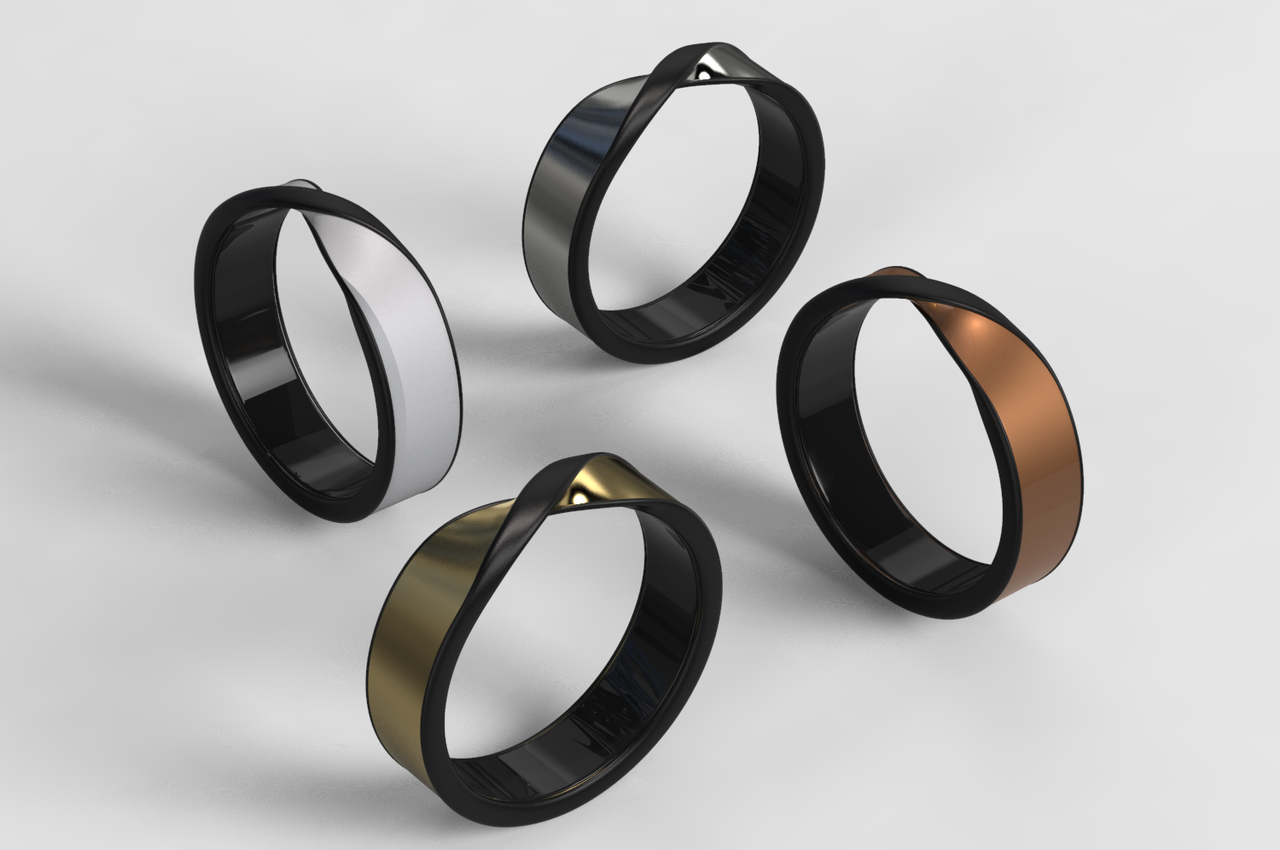
Smart rings aren’t completely new, but they have yet to become the stylish and discreet accessories that their non-smart counterparts have been for centuries. Movano’s design, aimed at women, certainly makes it look like a luxury item, but it is serious business in keeping tabs on the wearer’s health. It will definitely be interesting when Movano finds a solution that will allow that same ring to monitor not just your typical biometrics but also your blood sugar level without having to draw your blood.
Designer: Movano
Dell Concept Luna
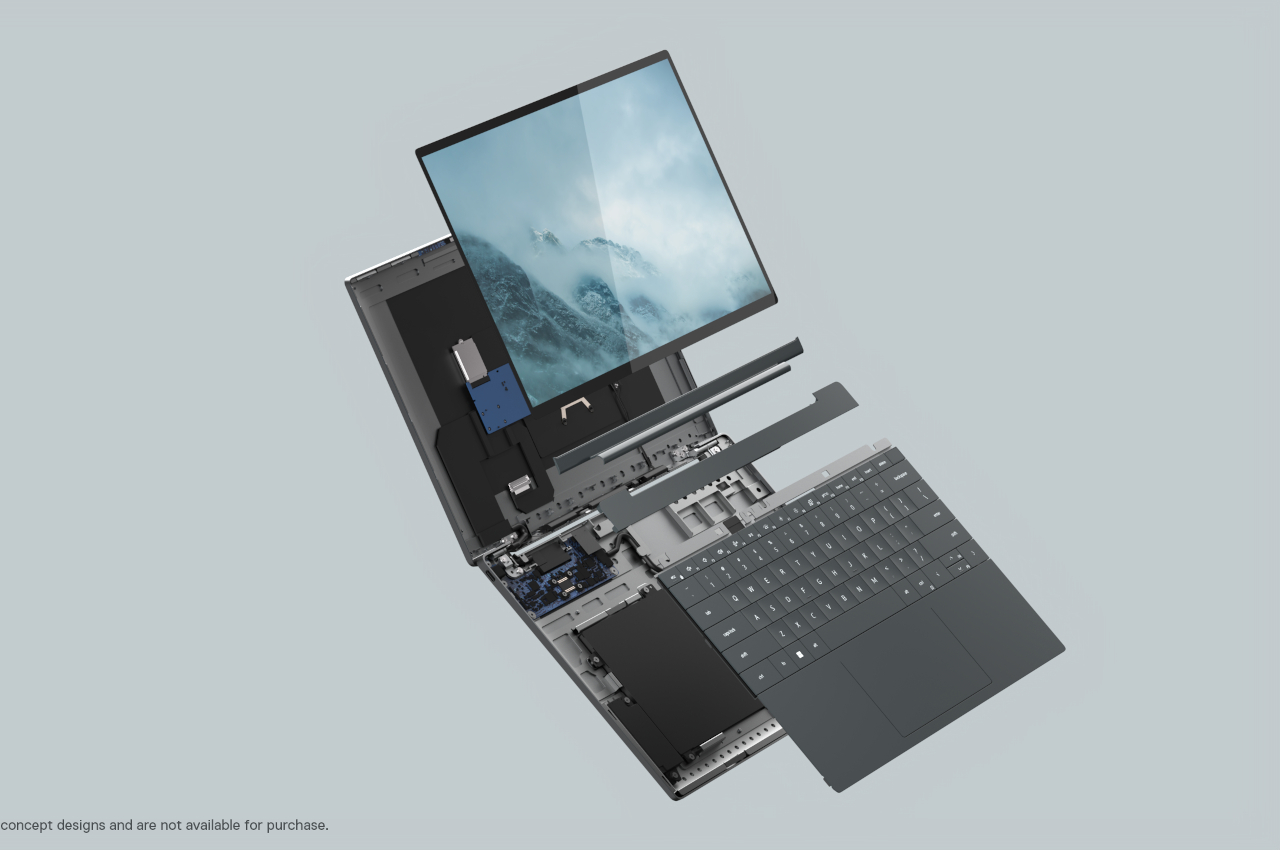
CES 2022 is unsurprisingly flooded with new laptops, but even ASUS’ take on the foldable laptop pales in comparison to Dell’s bold concept. A sustainable and repairable laptop probably goes against all business sense for a PC maker, but the long-term benefits to the environment probably make it the most important gamble Dell could ever take. It doesn’t have to happen all at once, though, and any step forward could still benefit the planet and consumers in the long run.
Designer: Dell
BMW iX Flow Concept
Forget flying cars, at least for a while. BMW’s iX Flow envisions a future where a vehicle can be more than just a status symbol but also a fashion statement. Of course, E-ink technology will still have to catch up, but it’s only a matter of time before we see a full-color version of this intriguing idea.
Designer: BMW
The post The Best of CES 2022 – Product Designs that Wow first appeared on Yanko Design.
